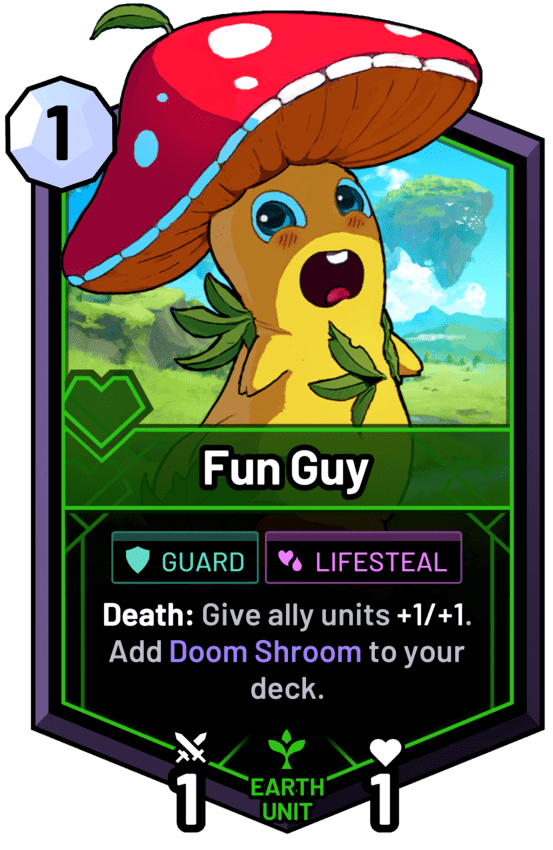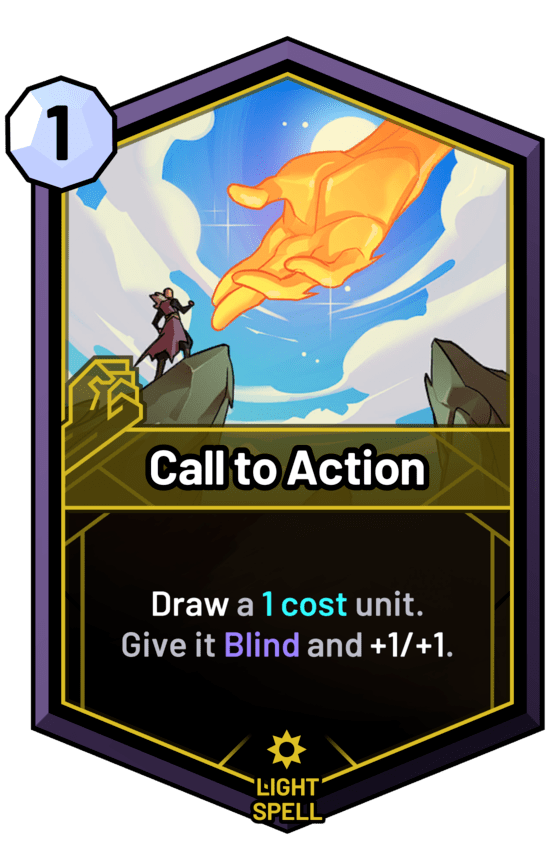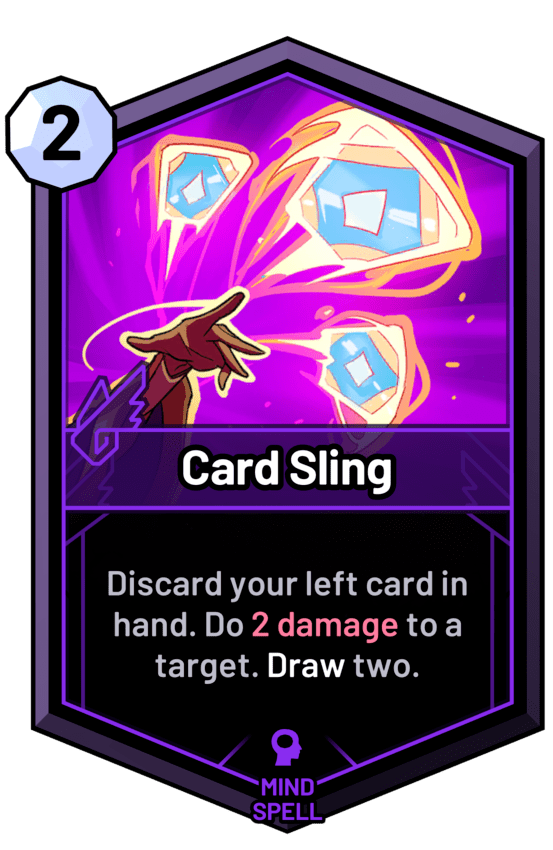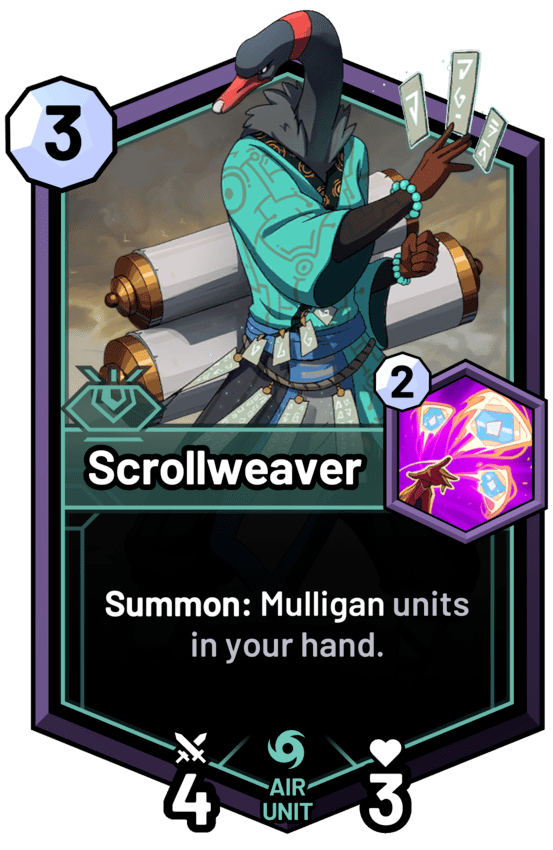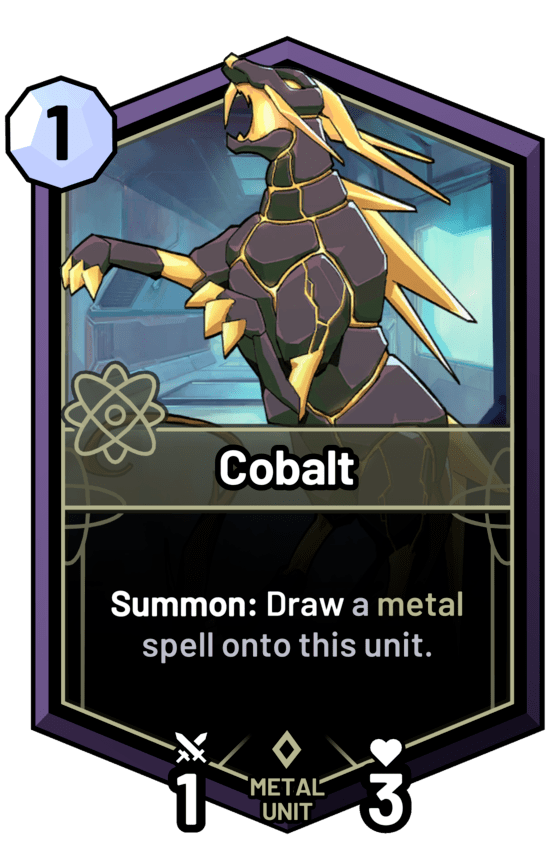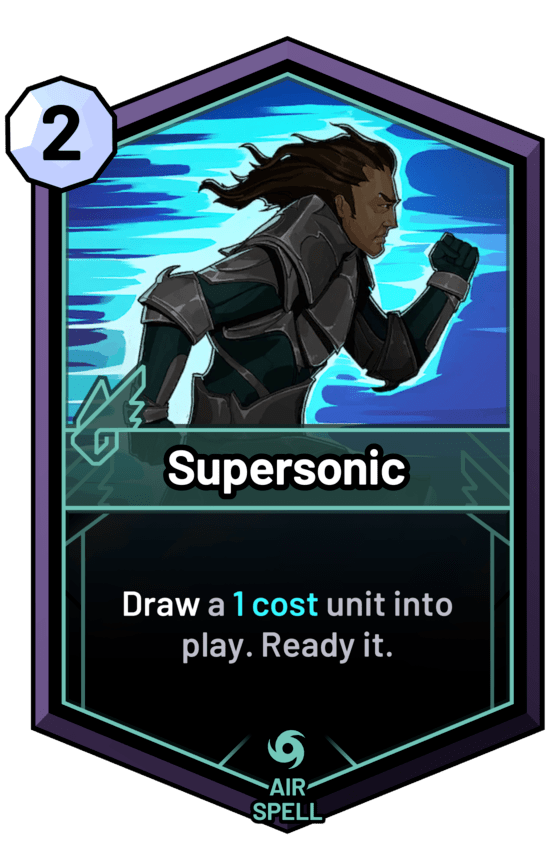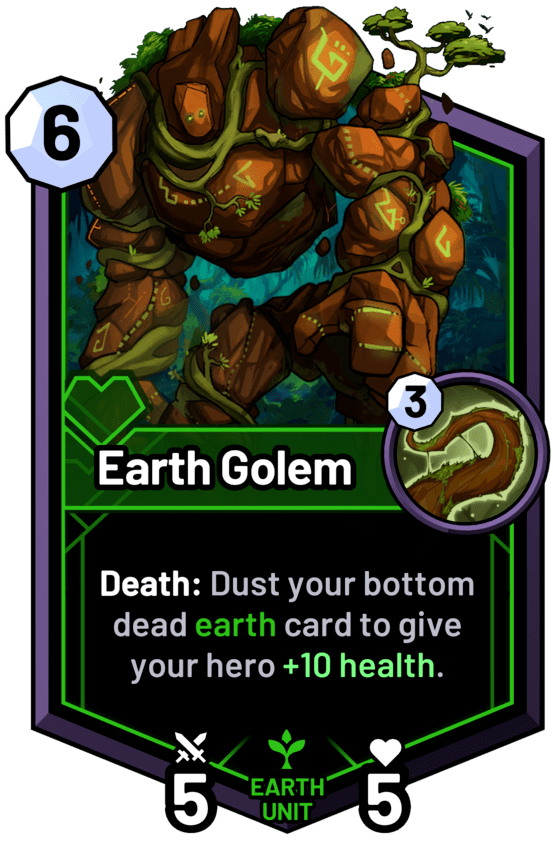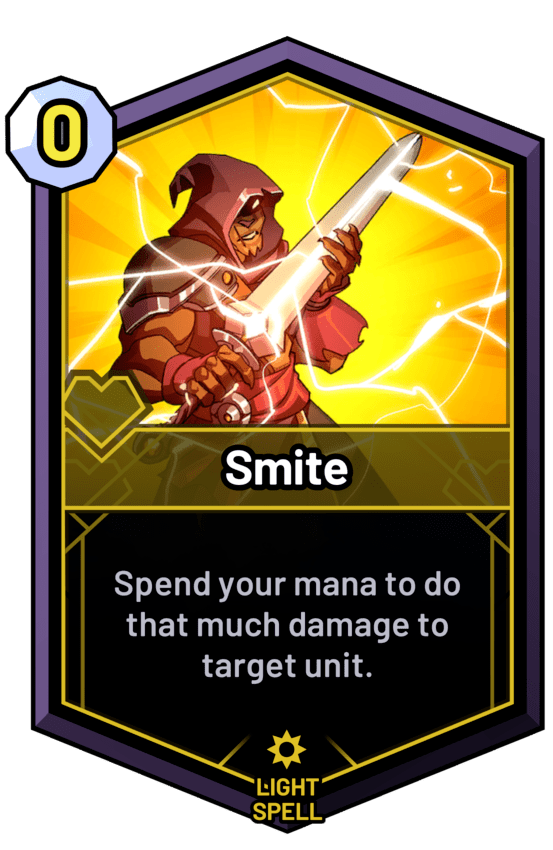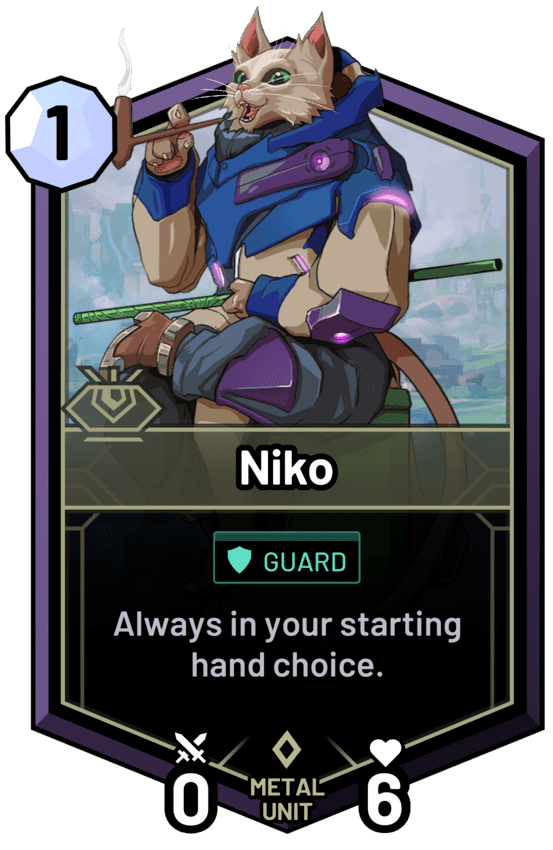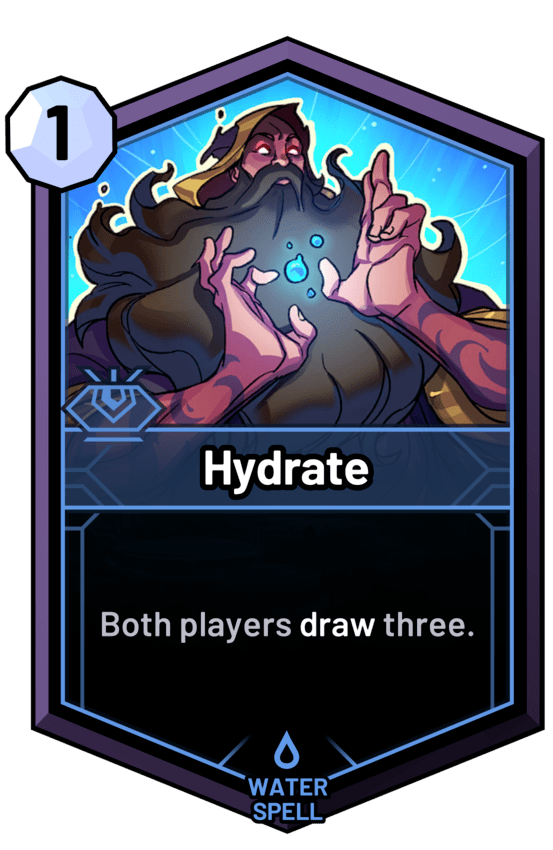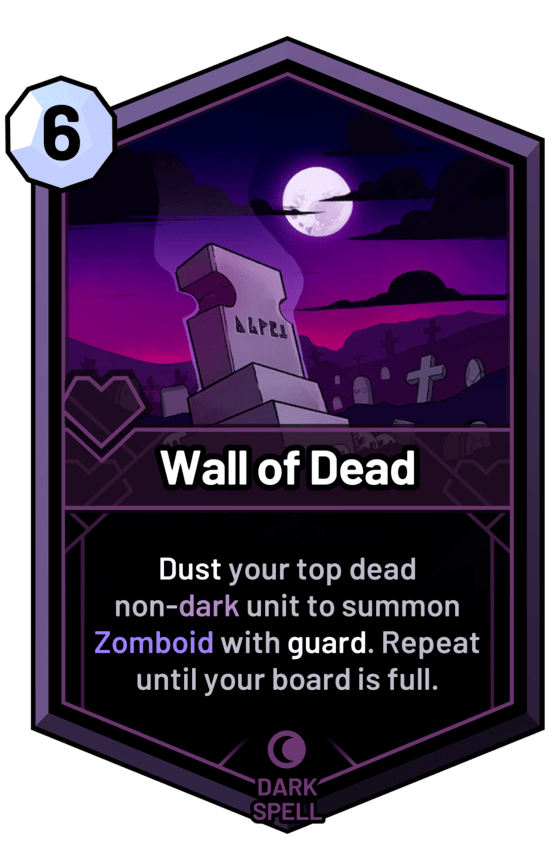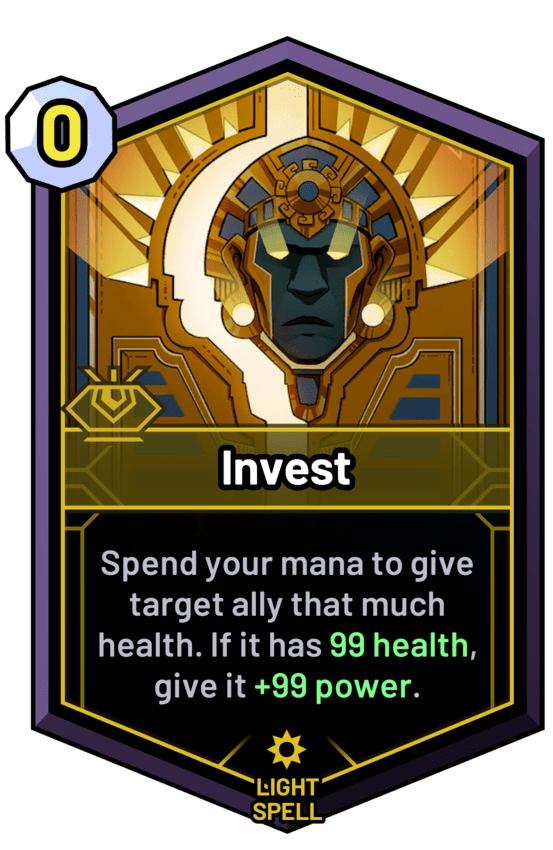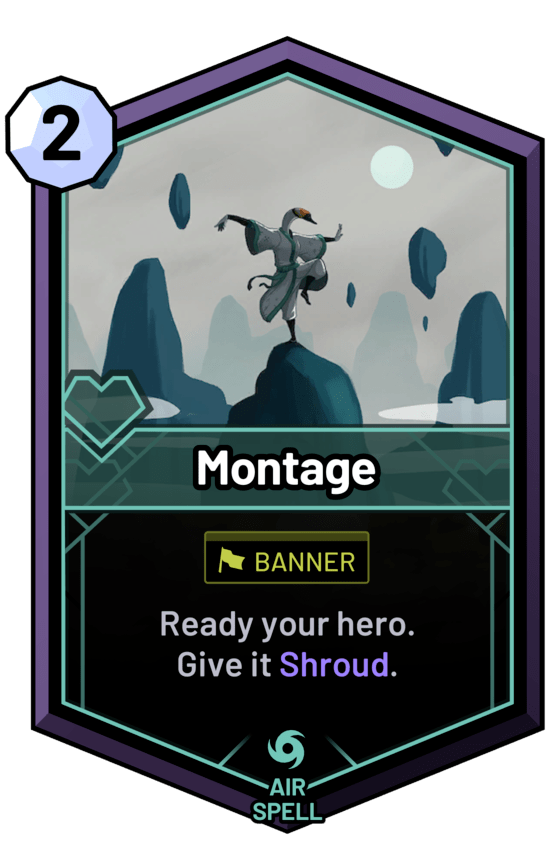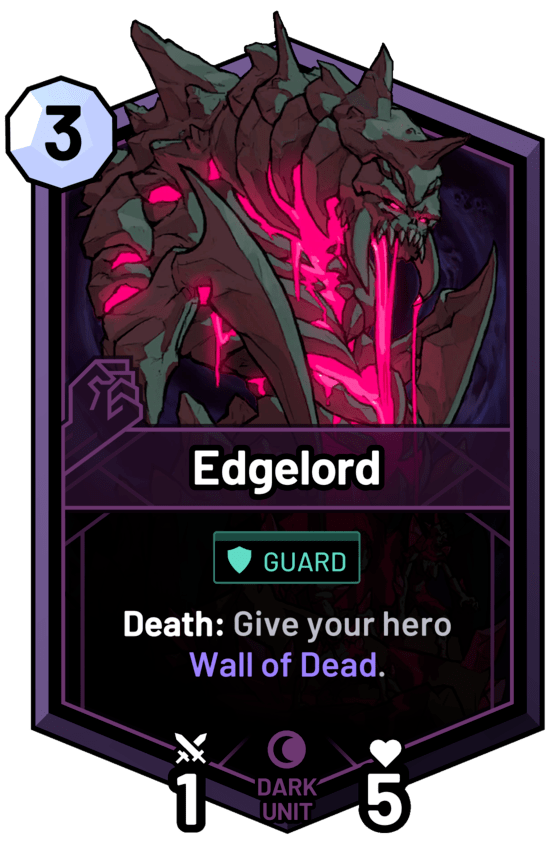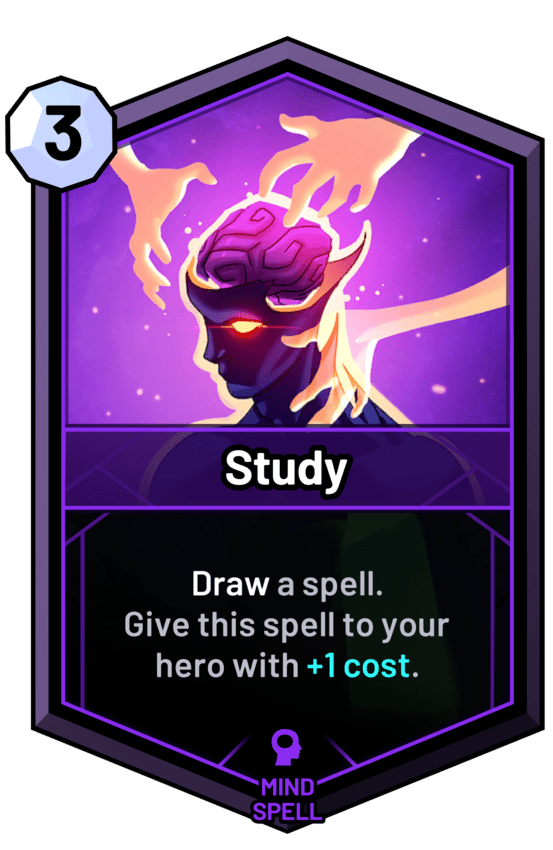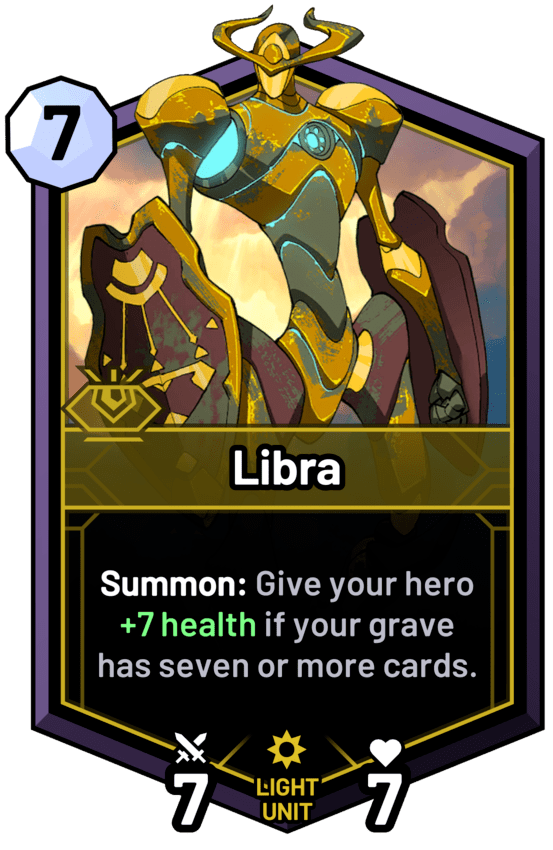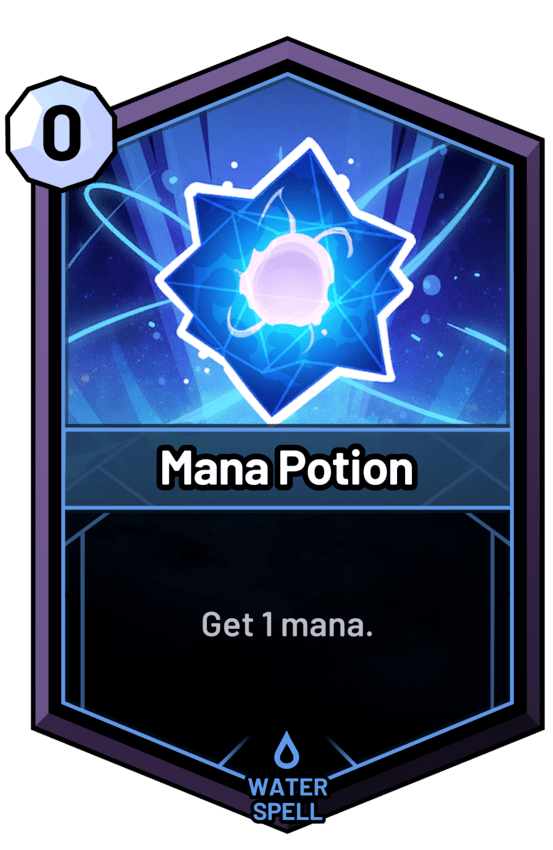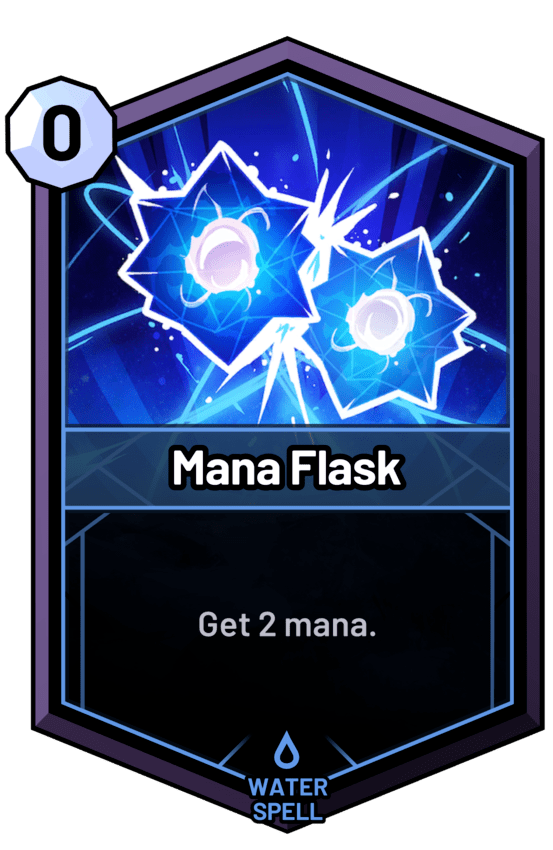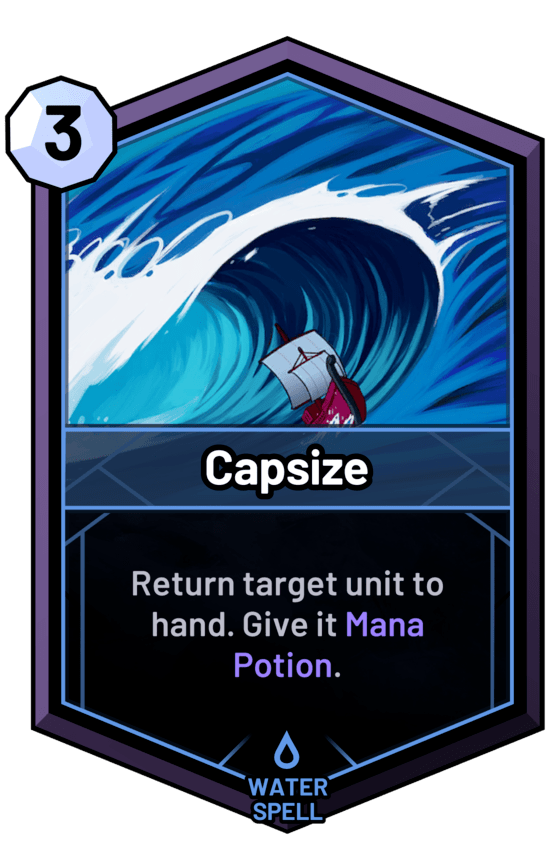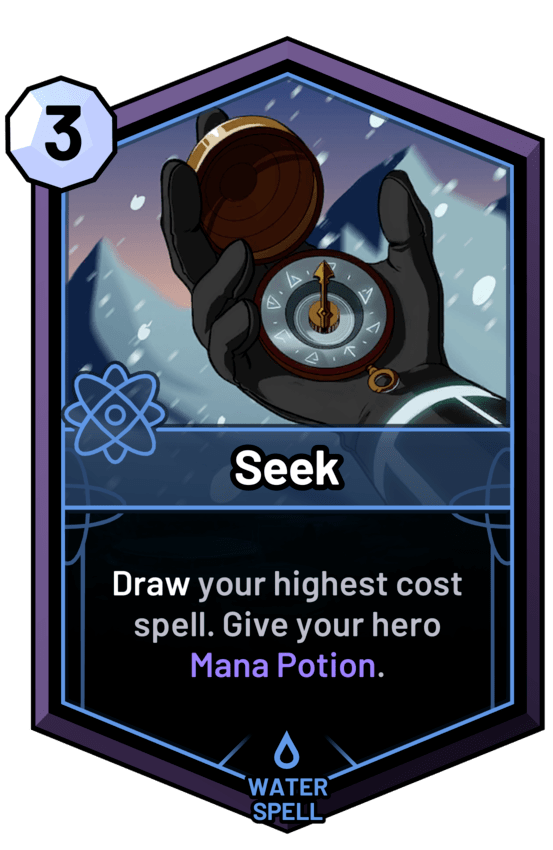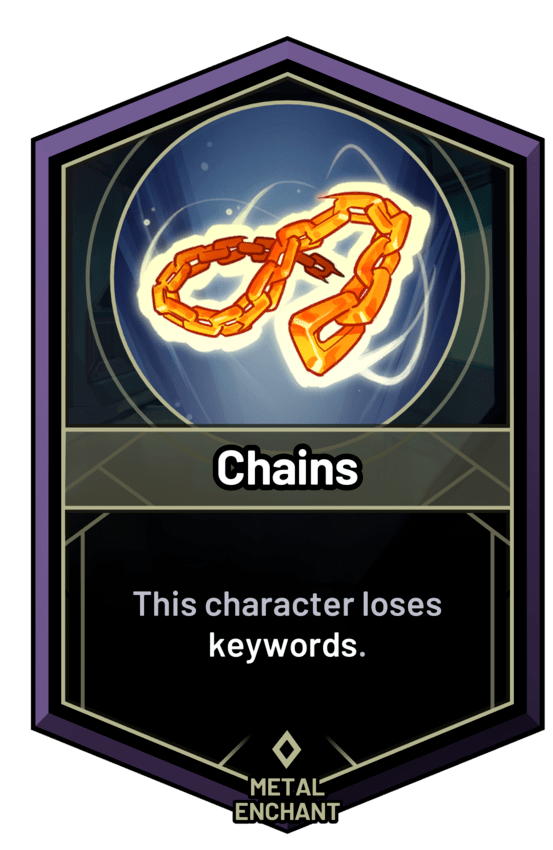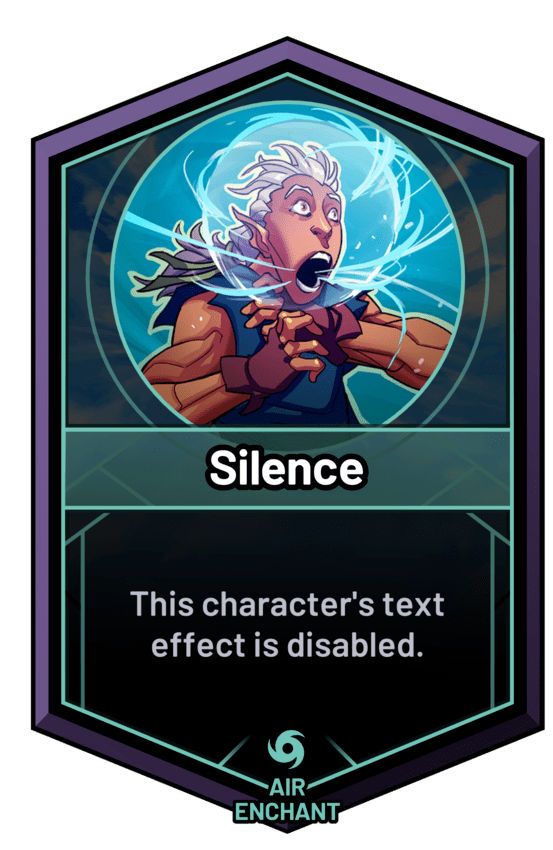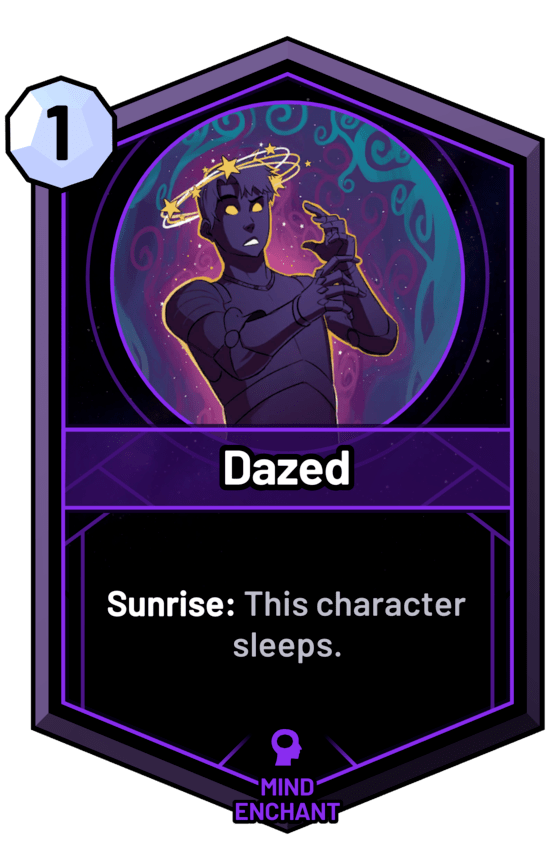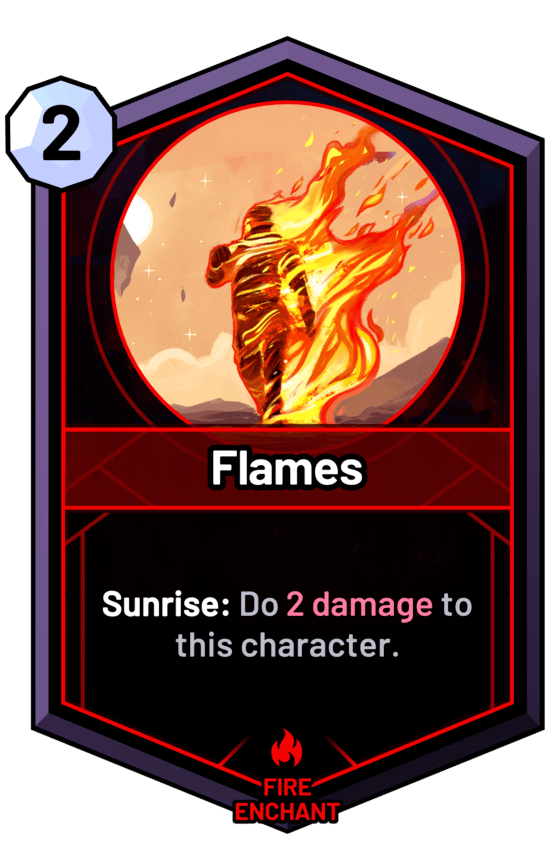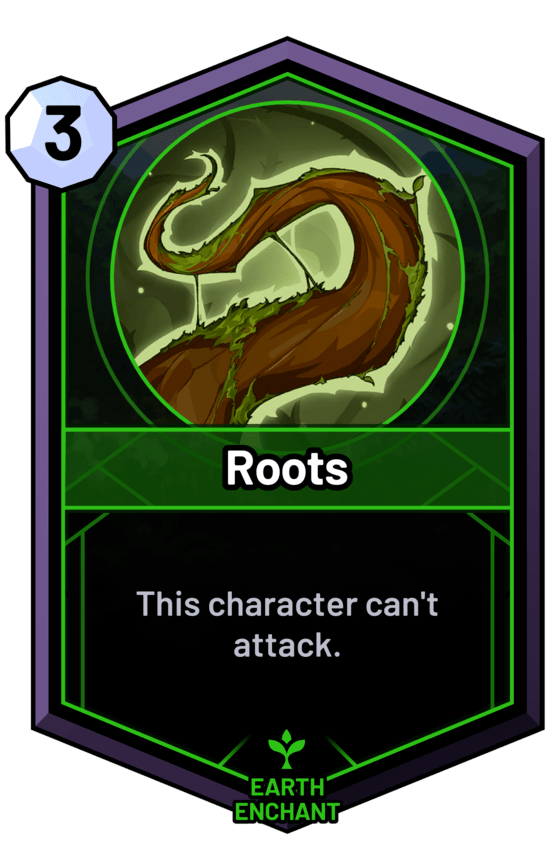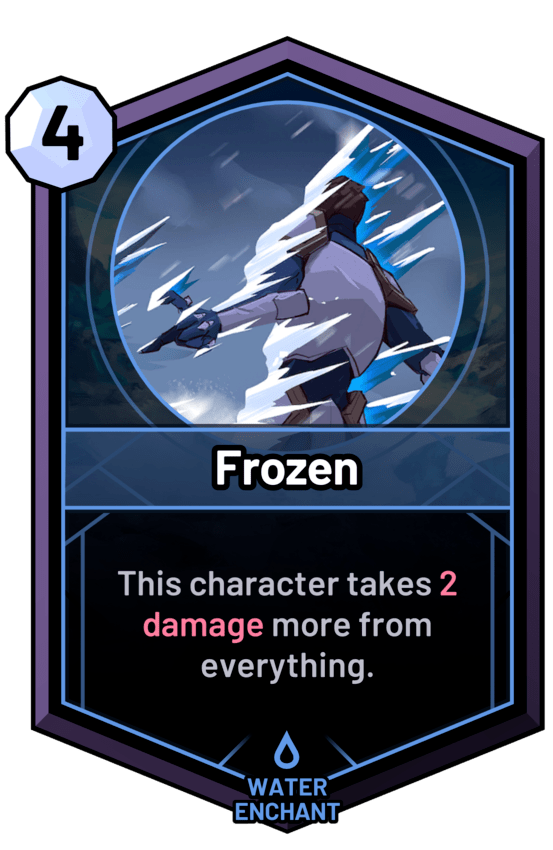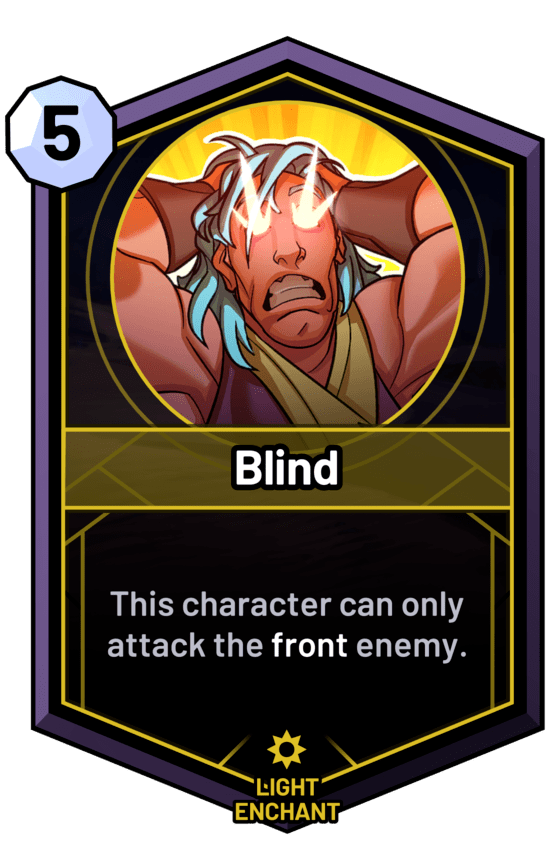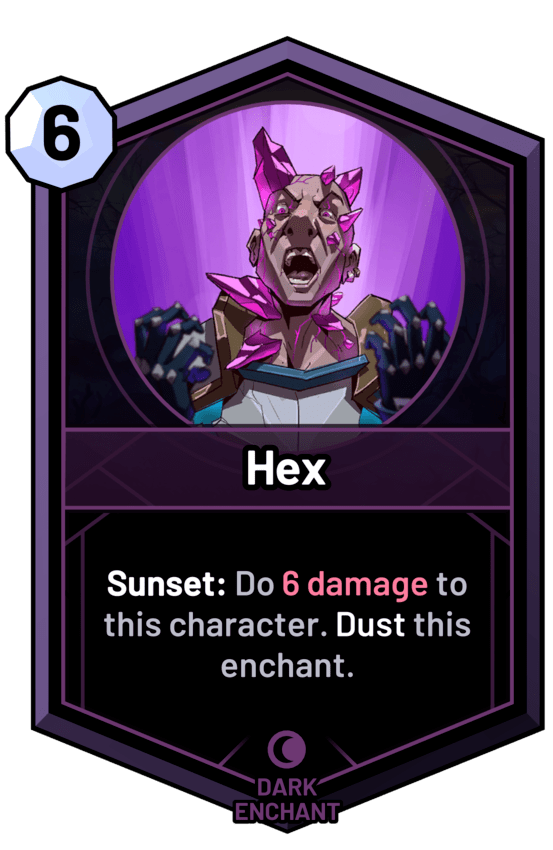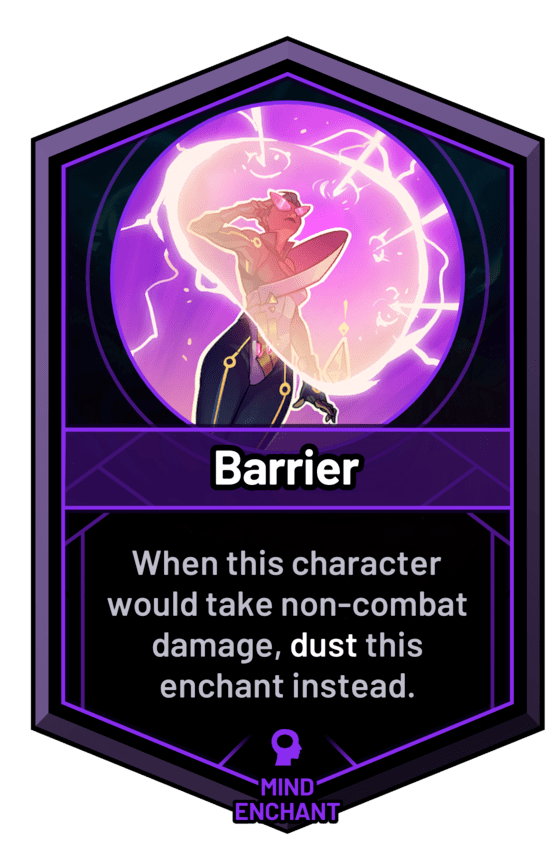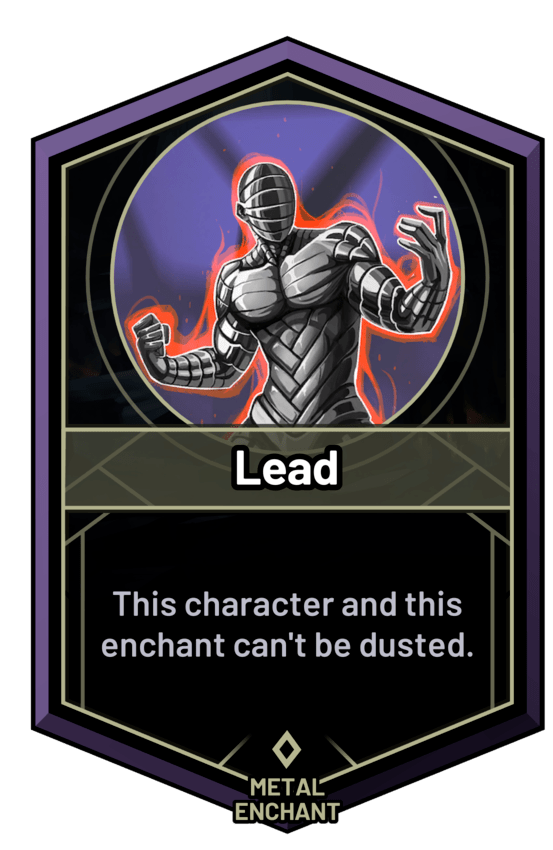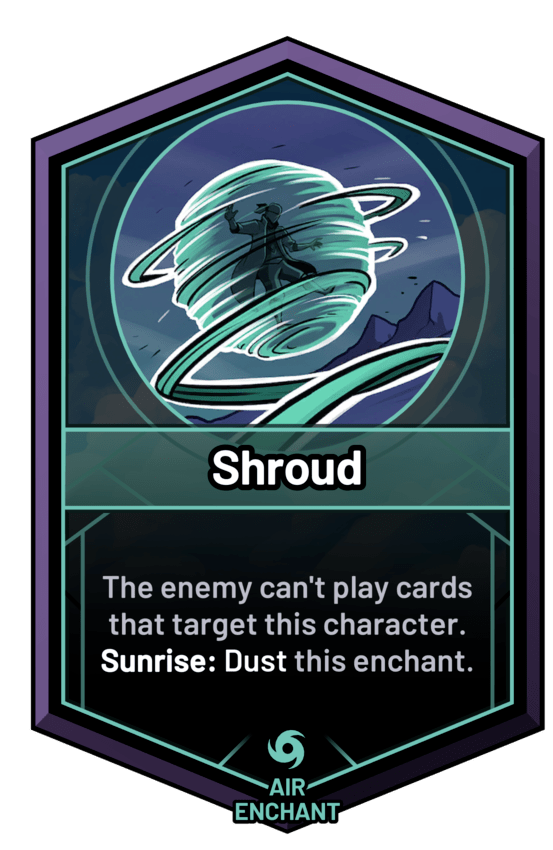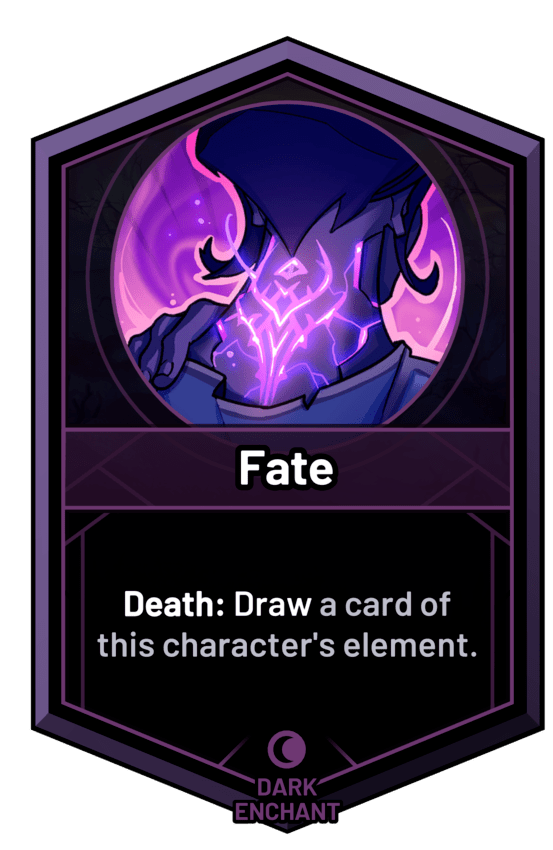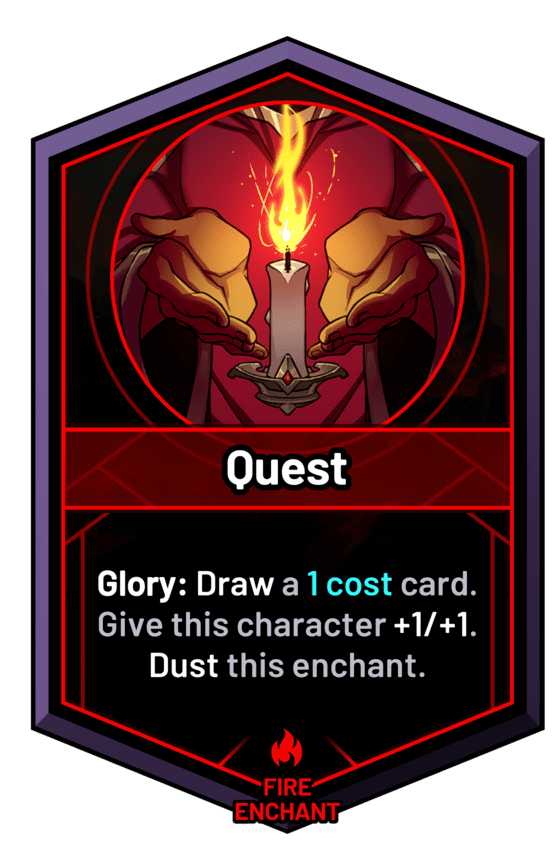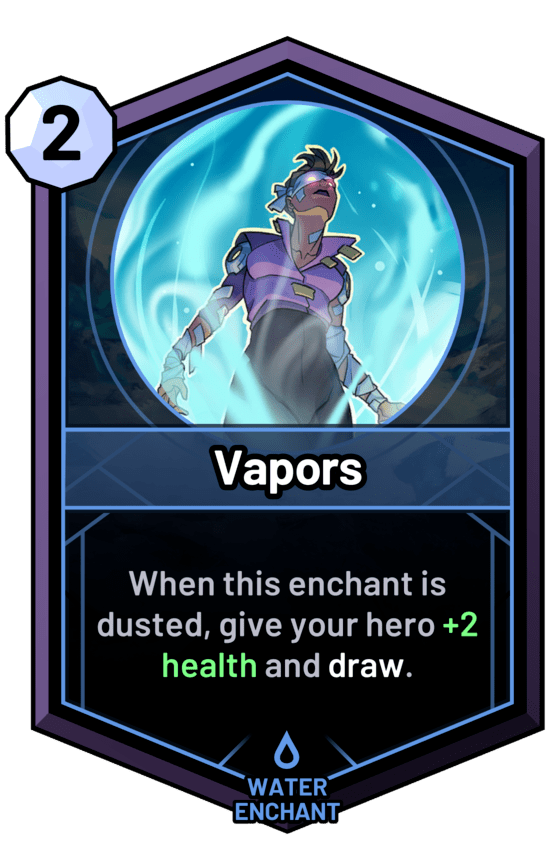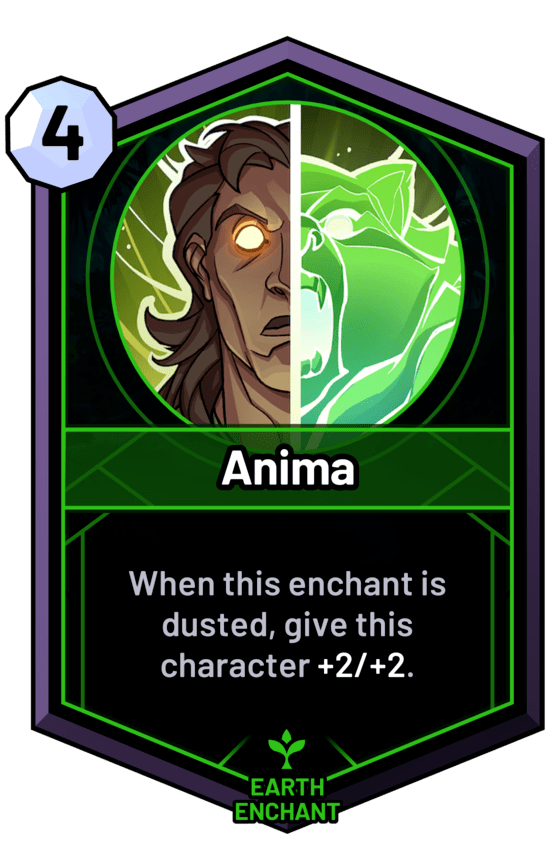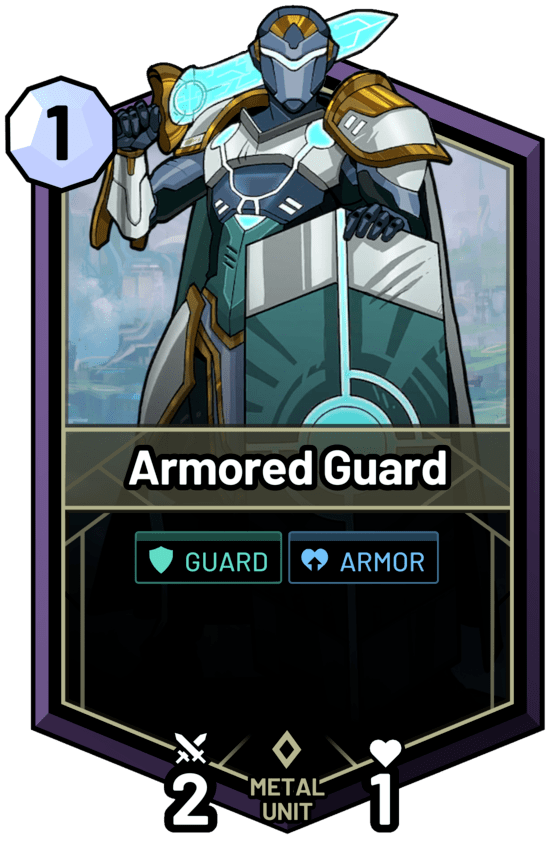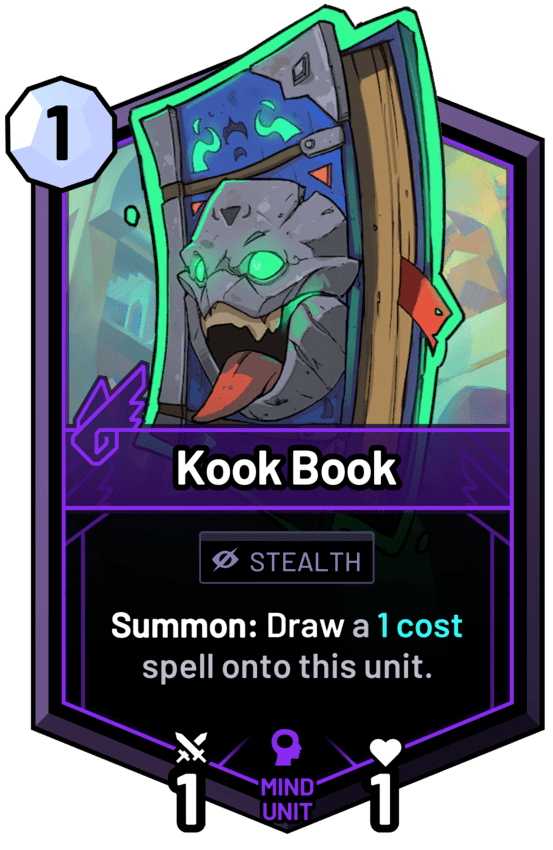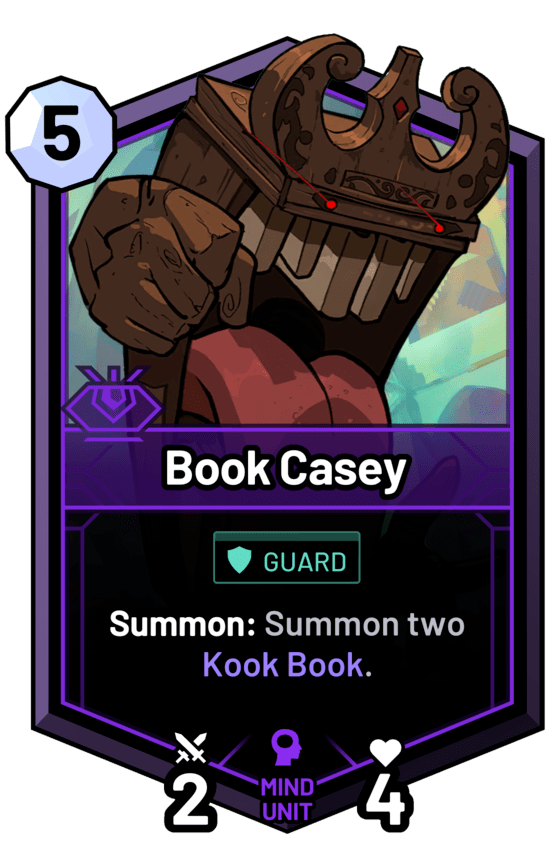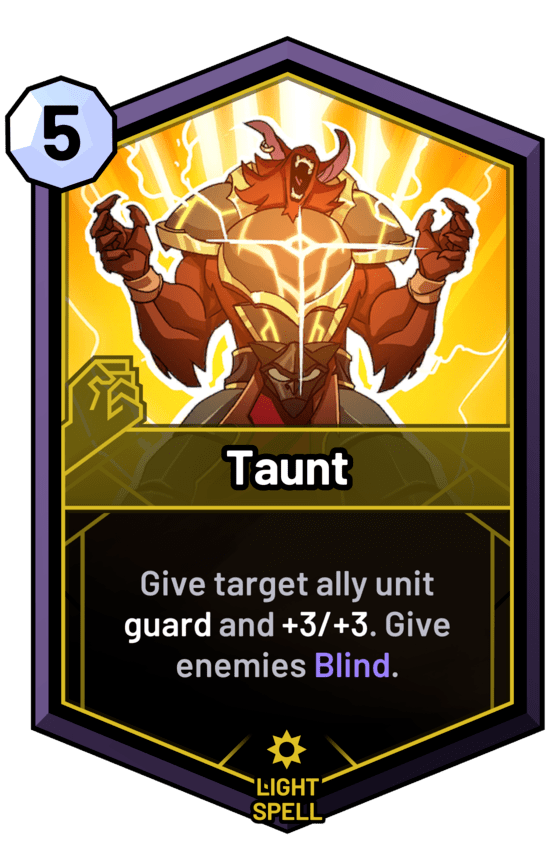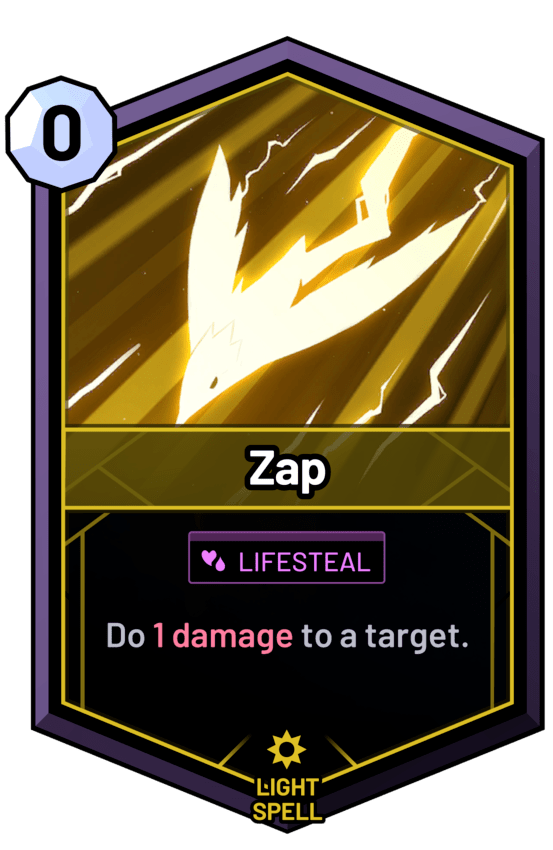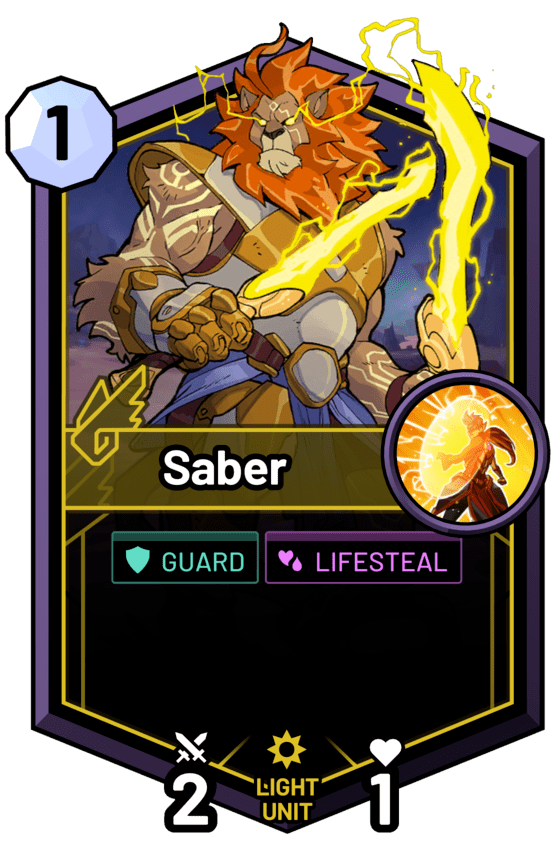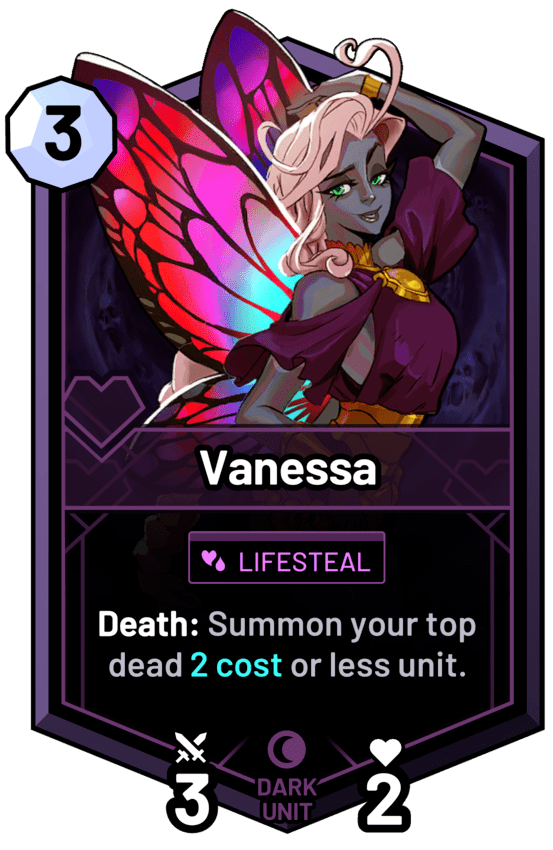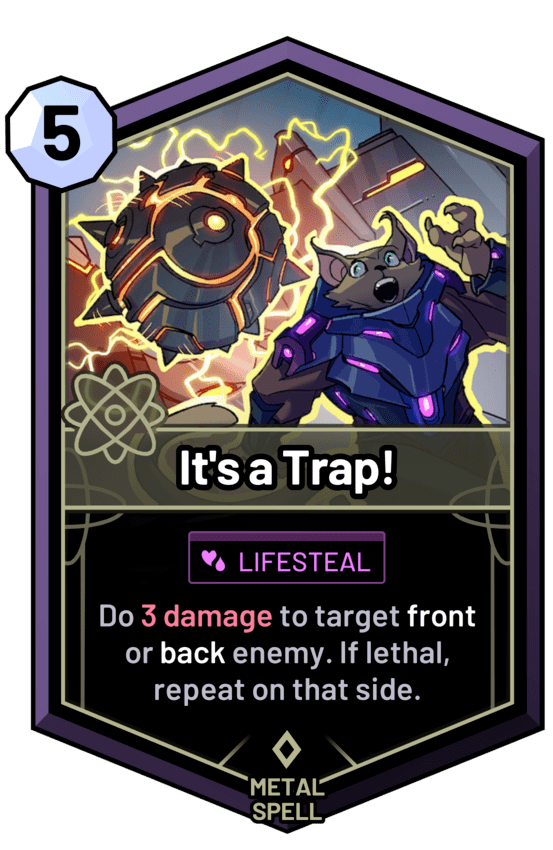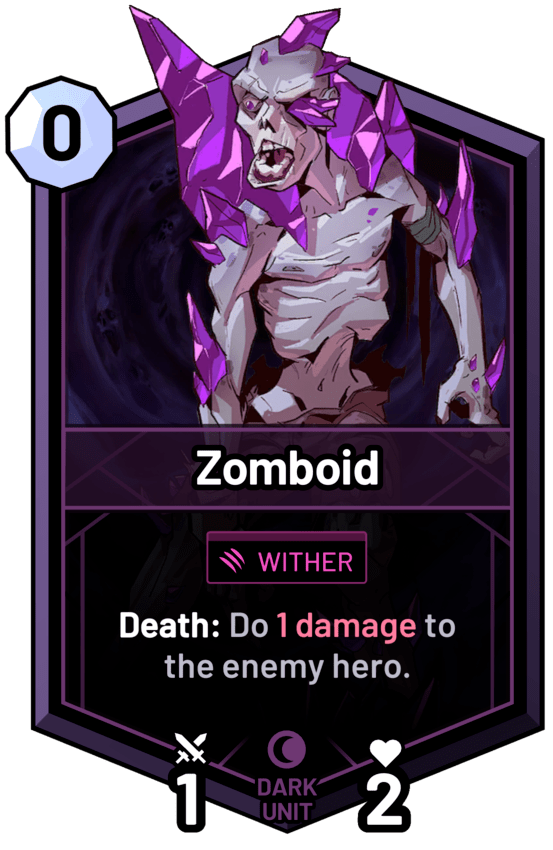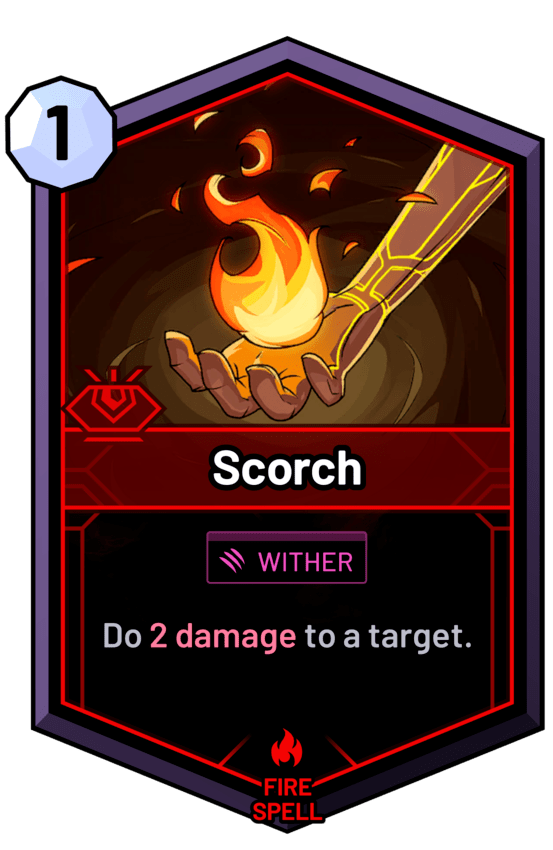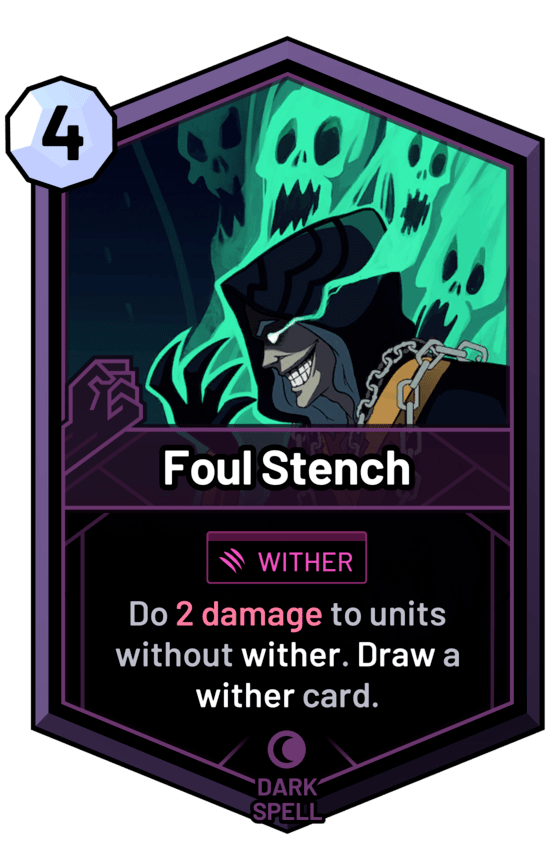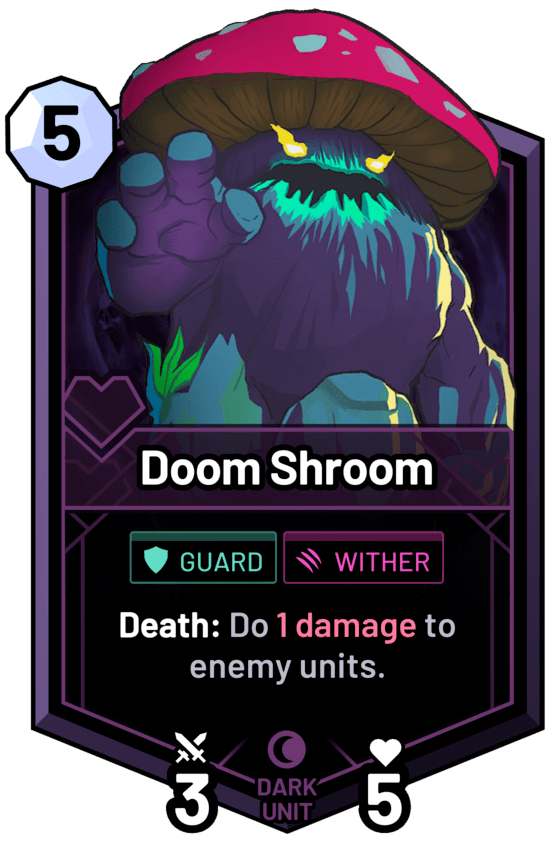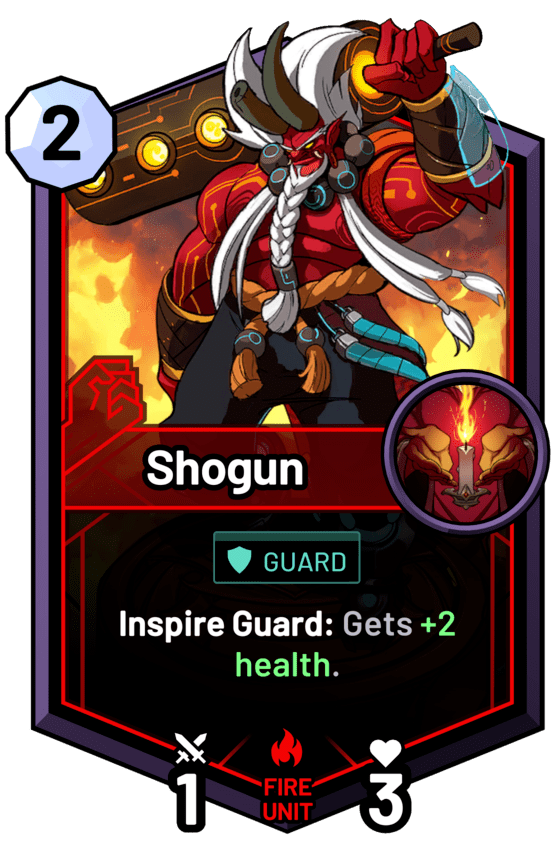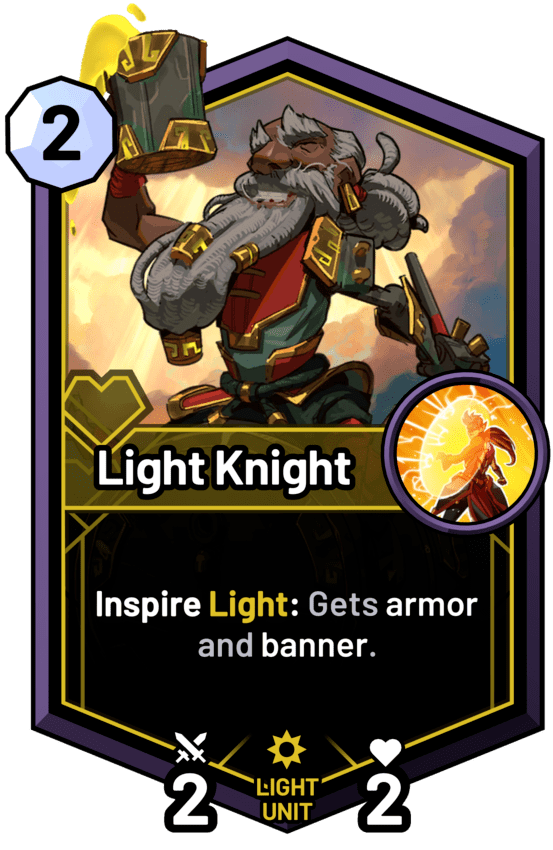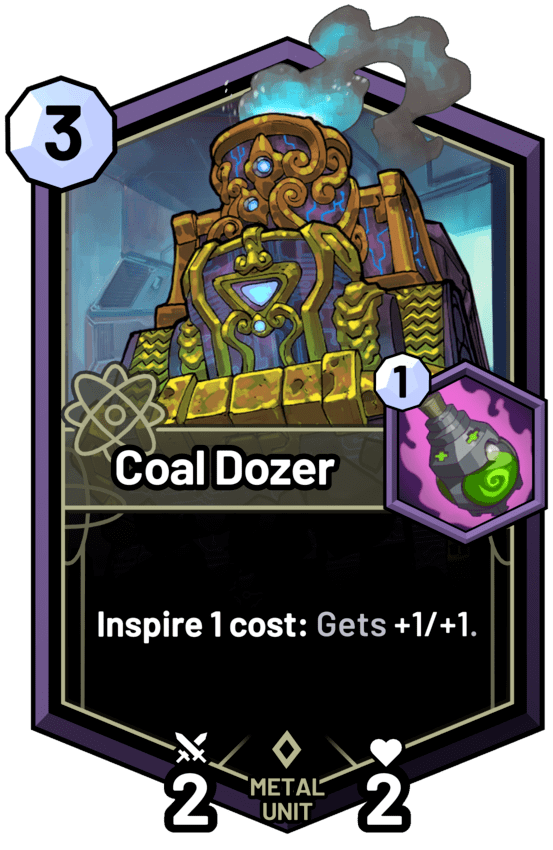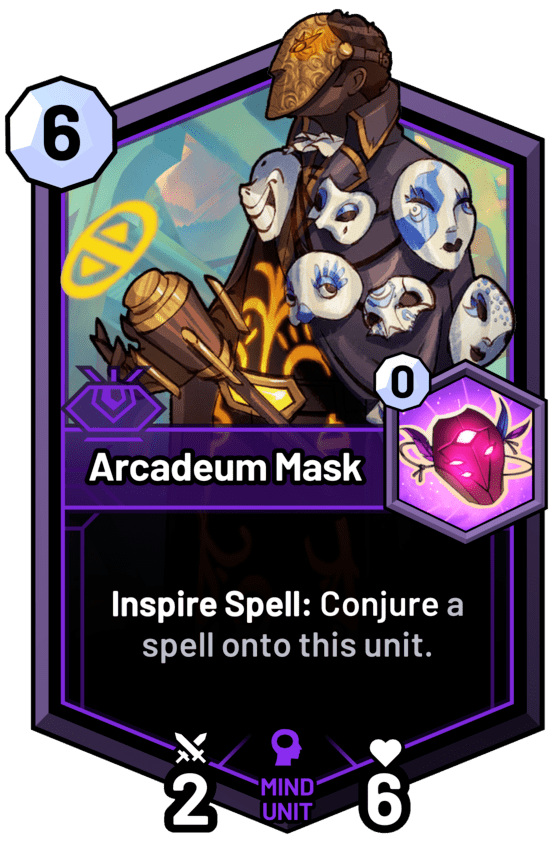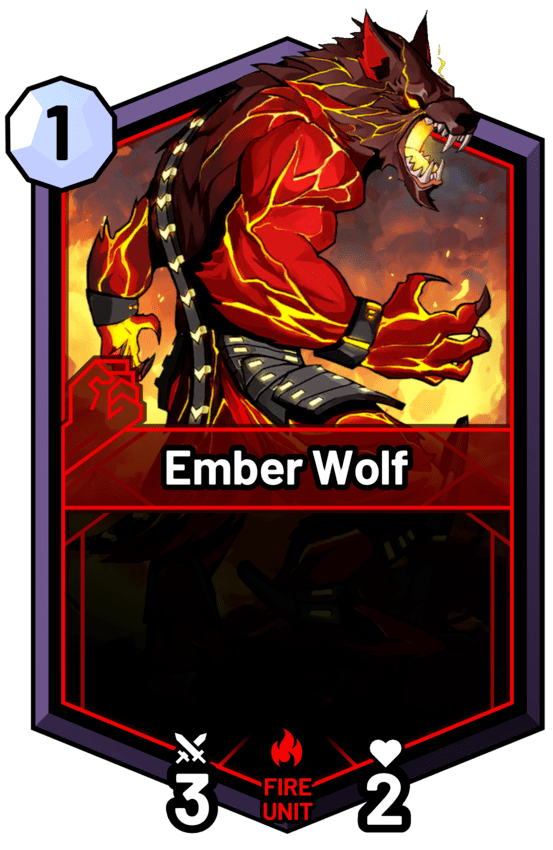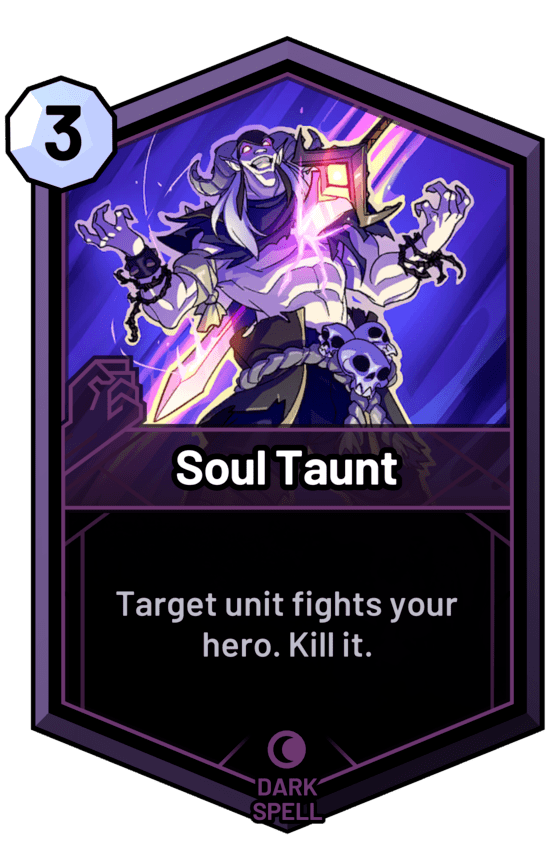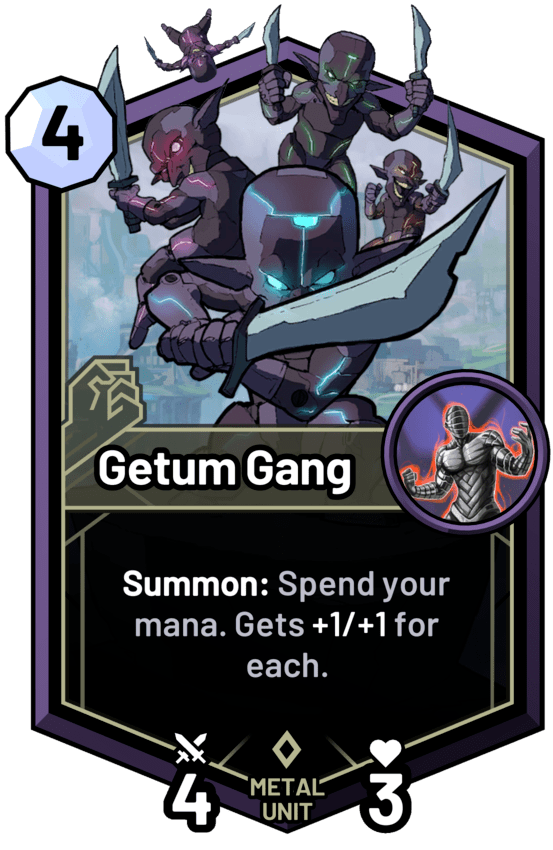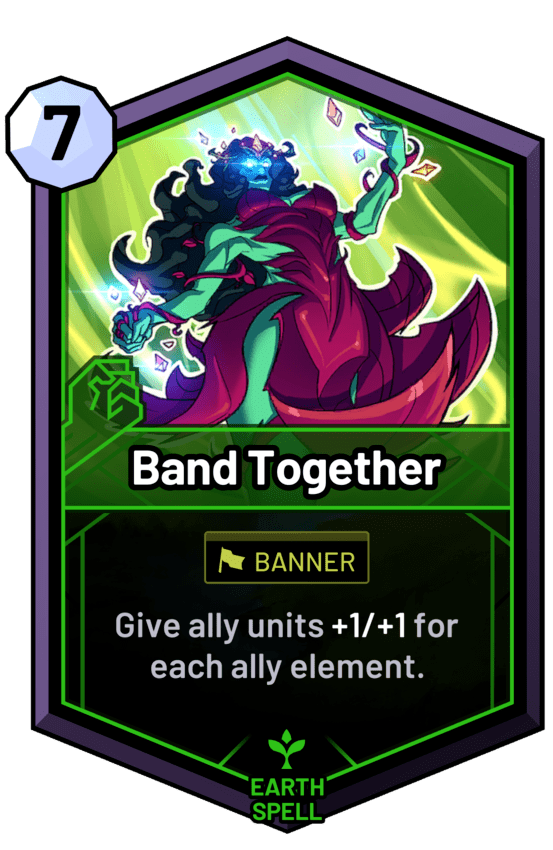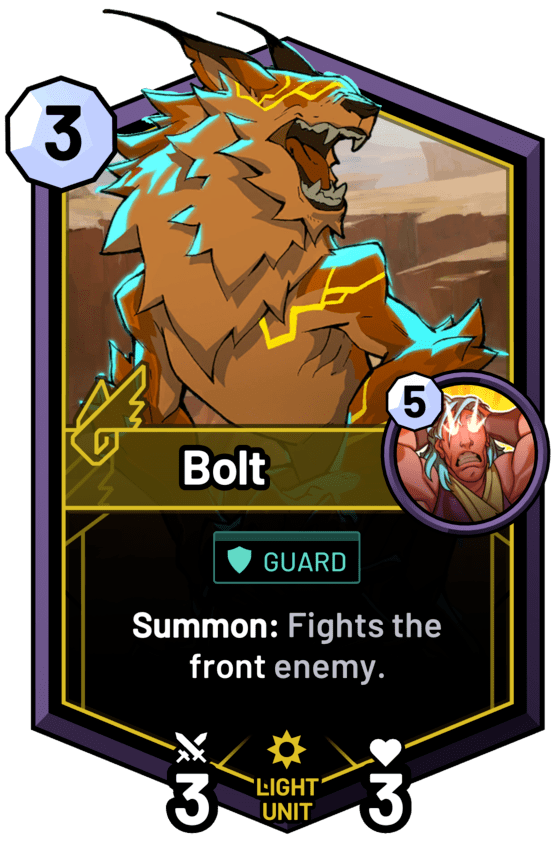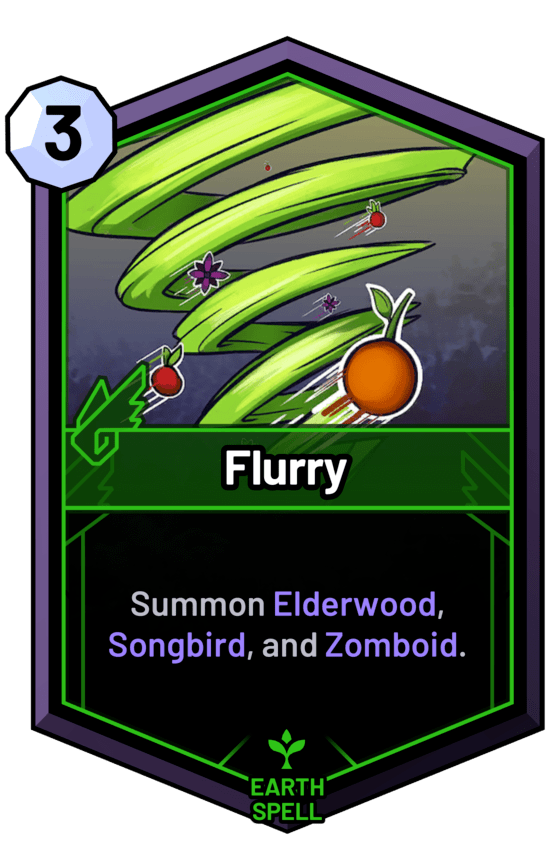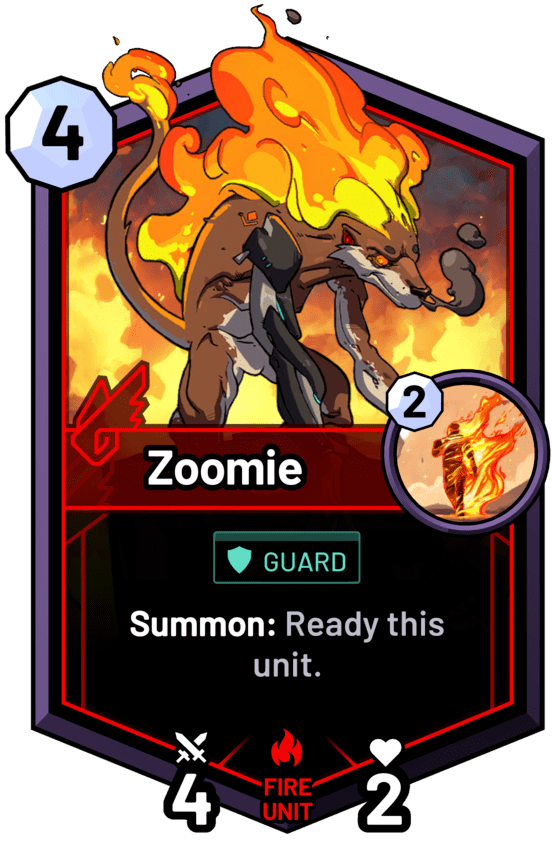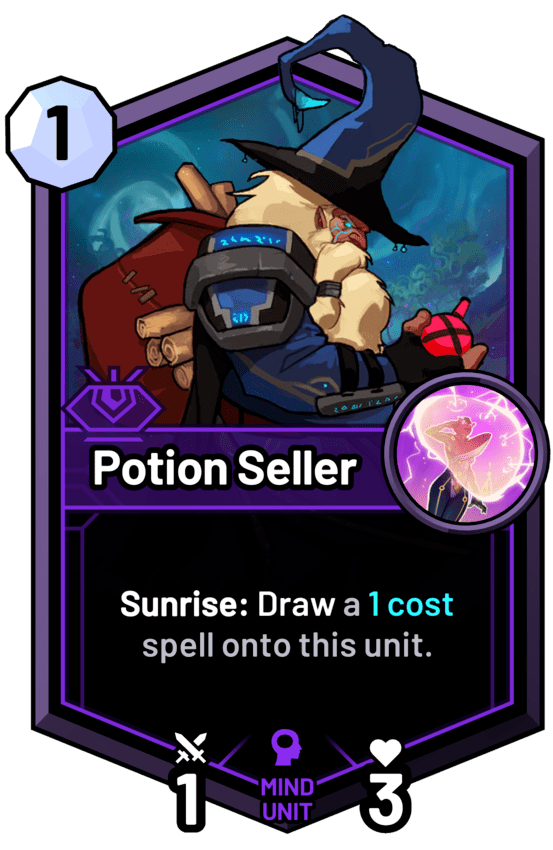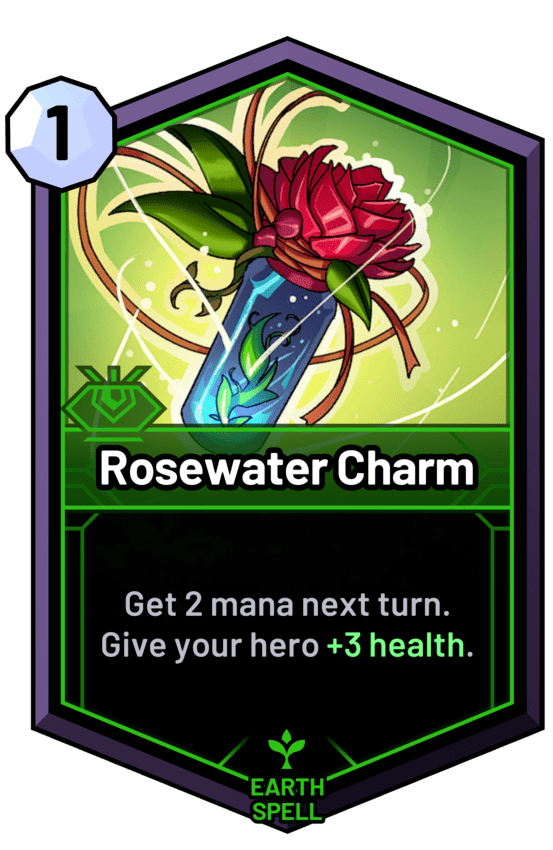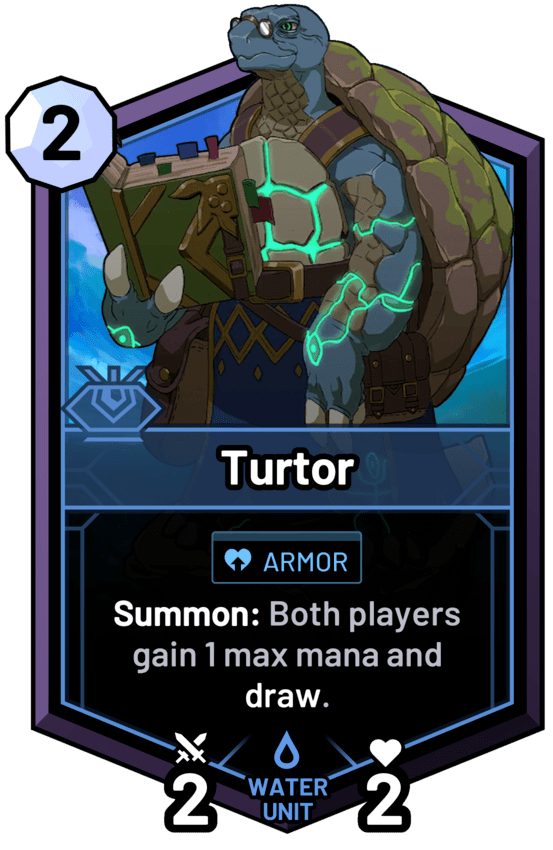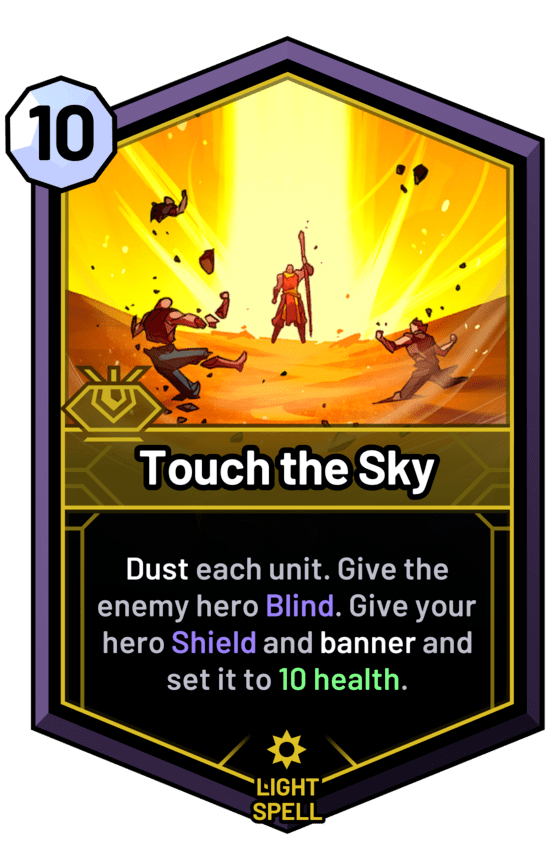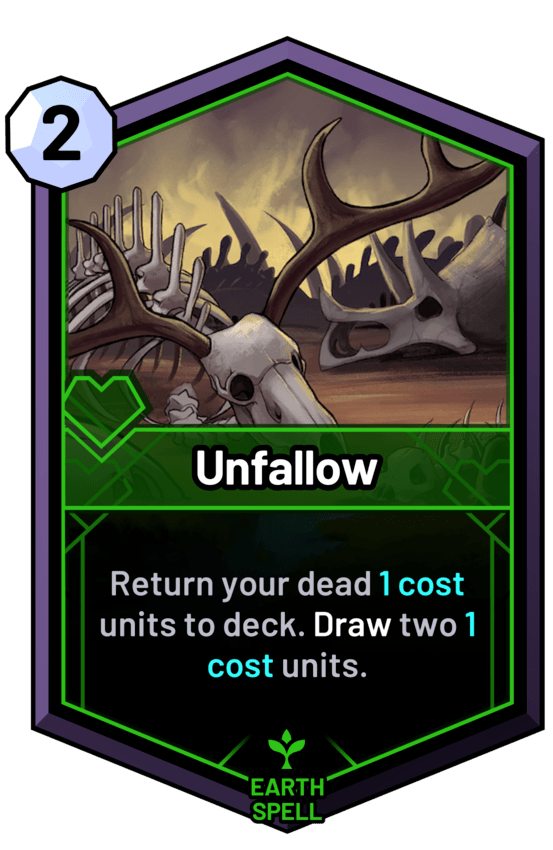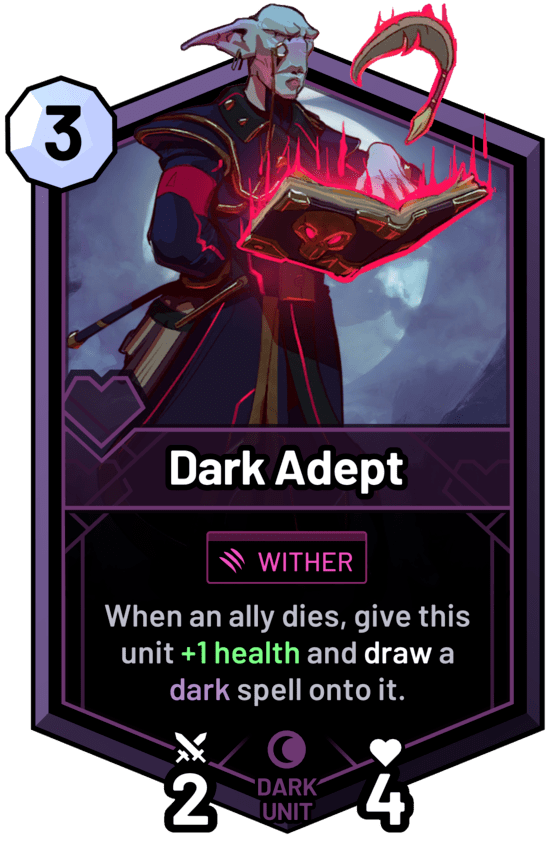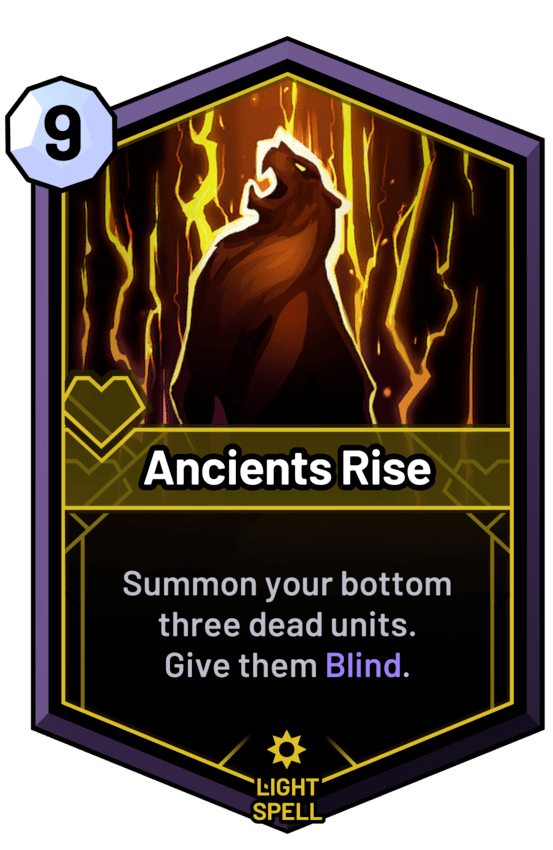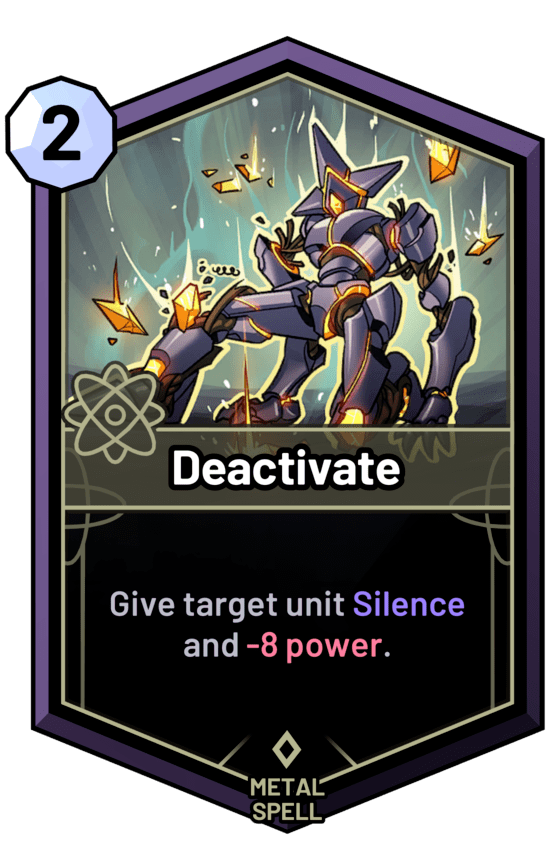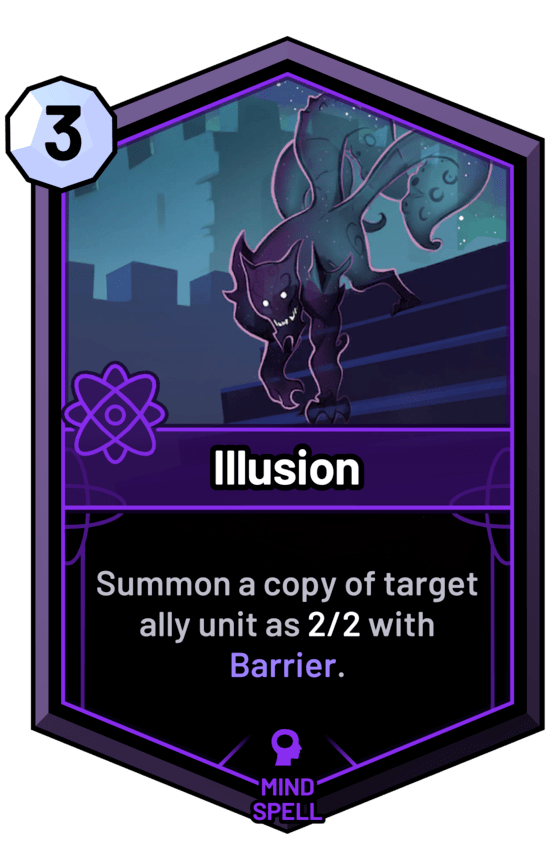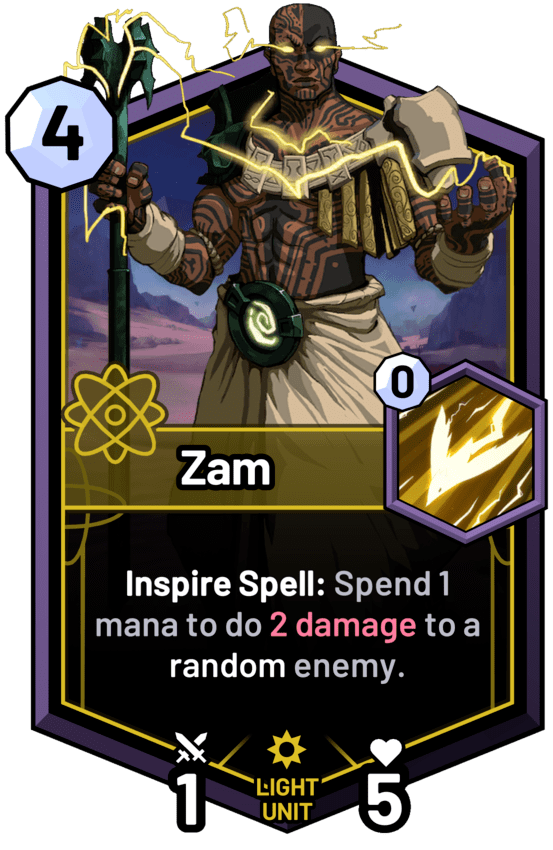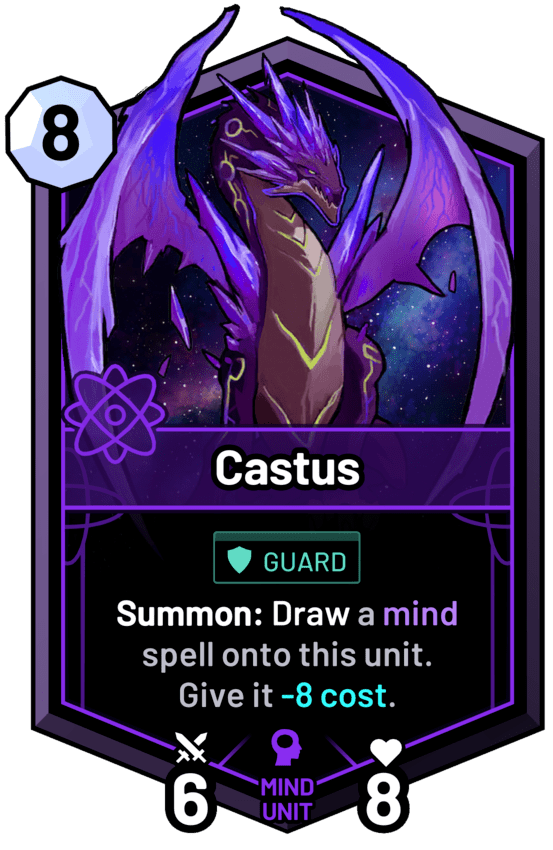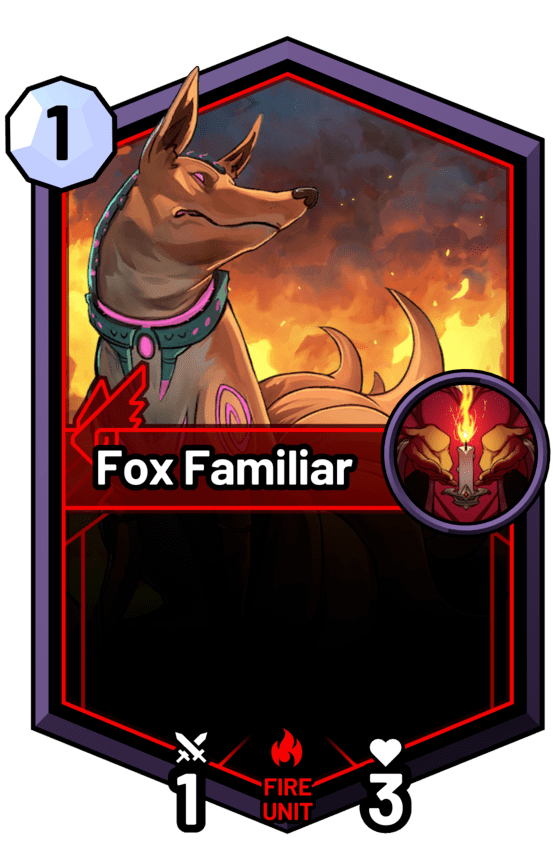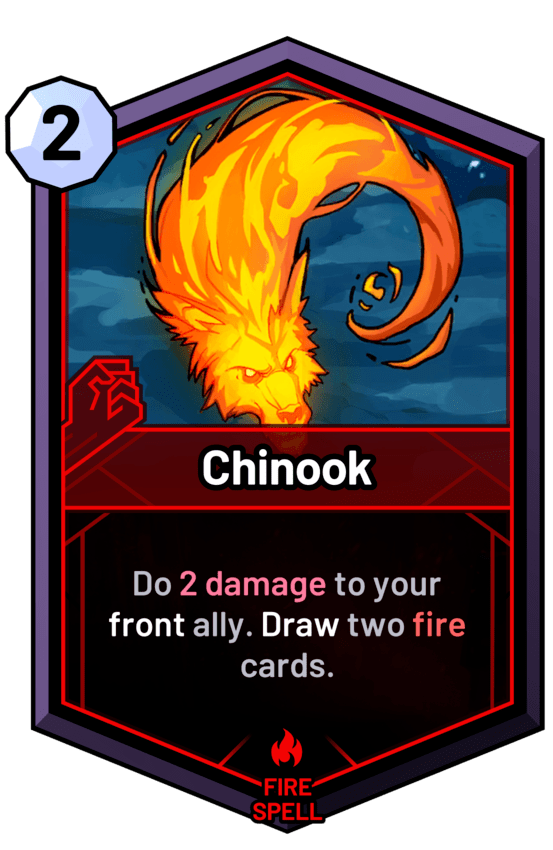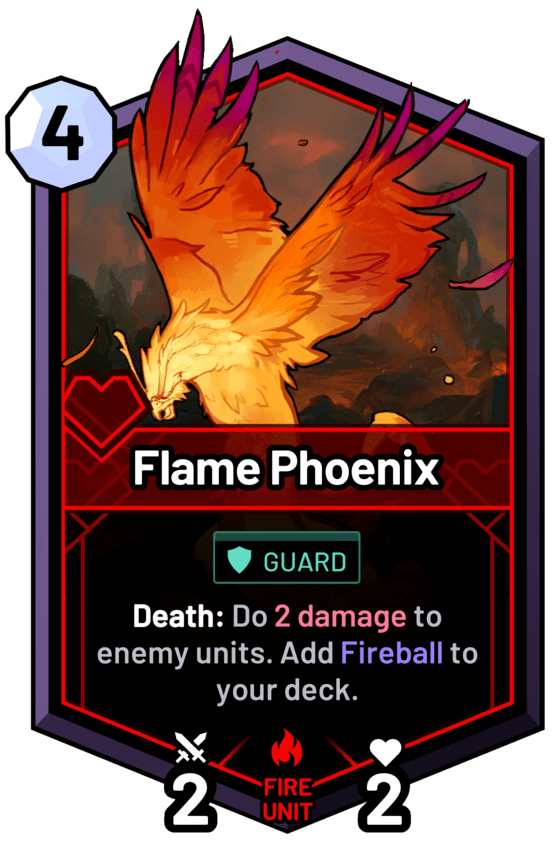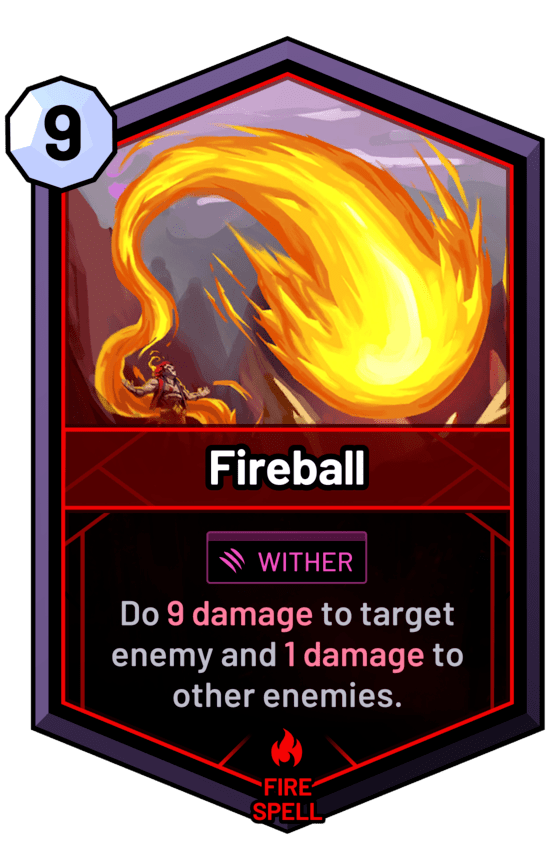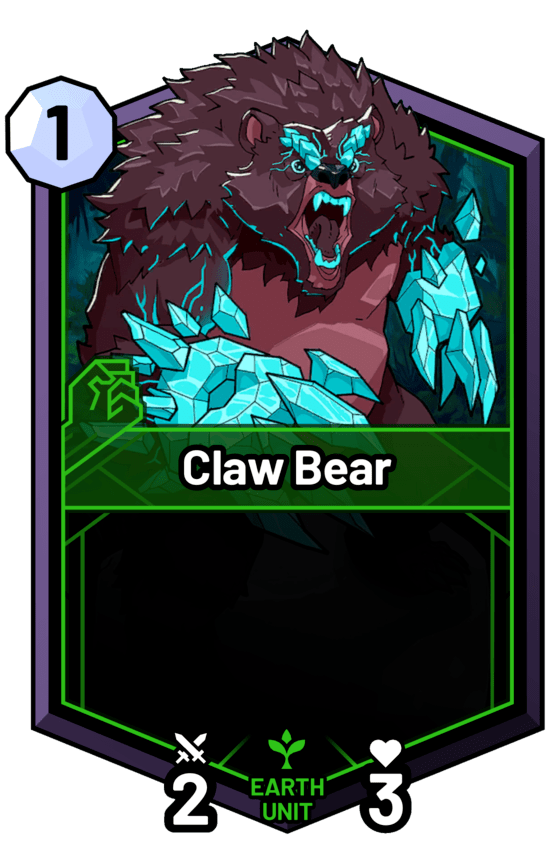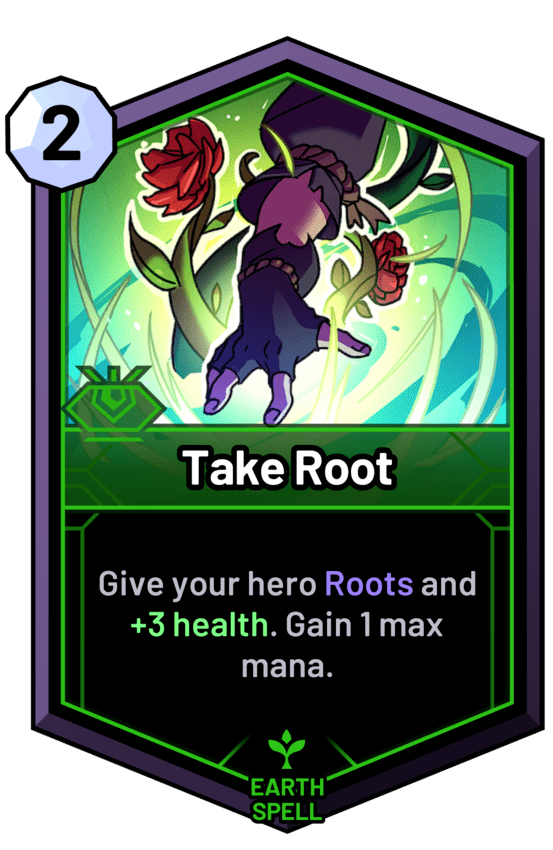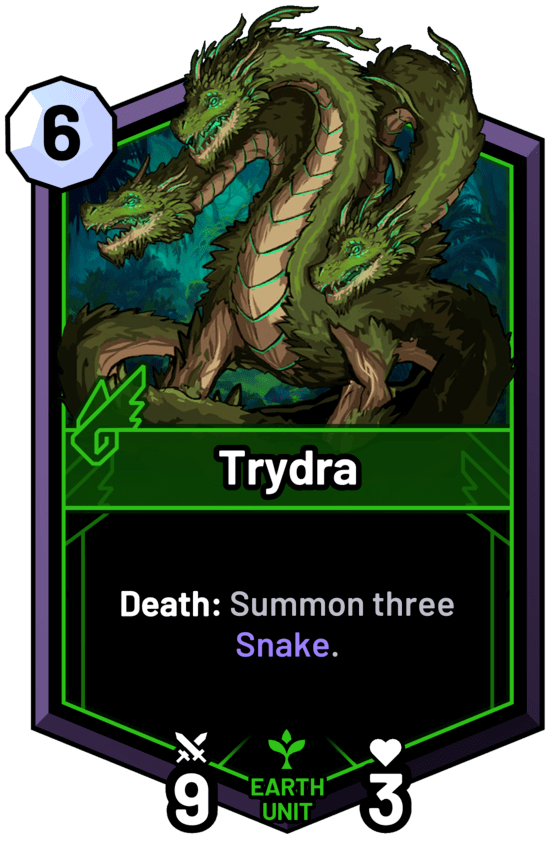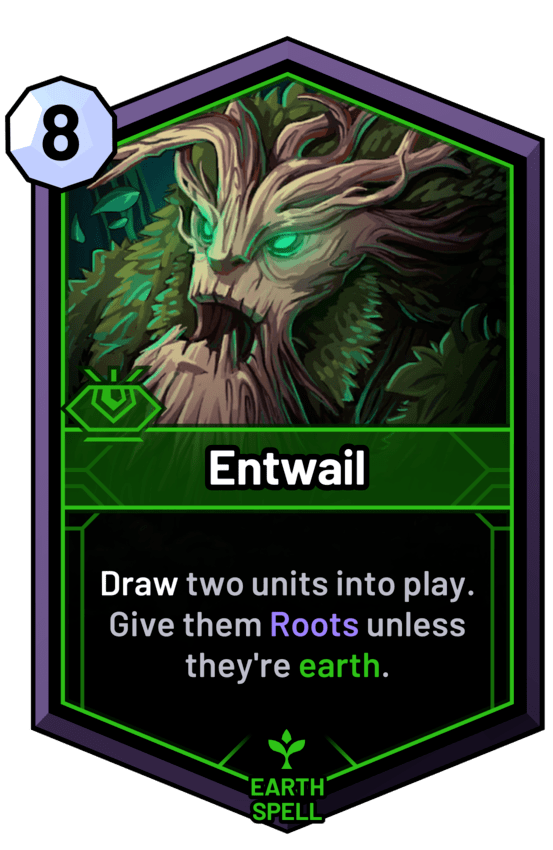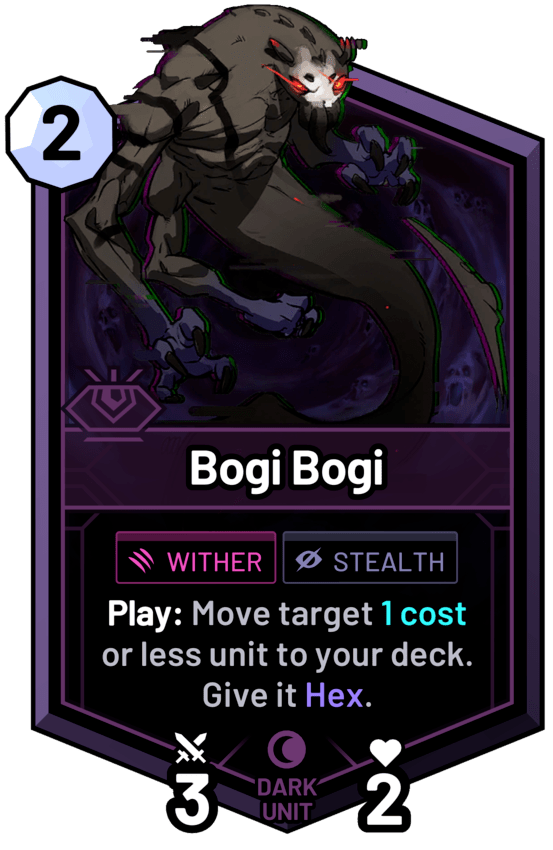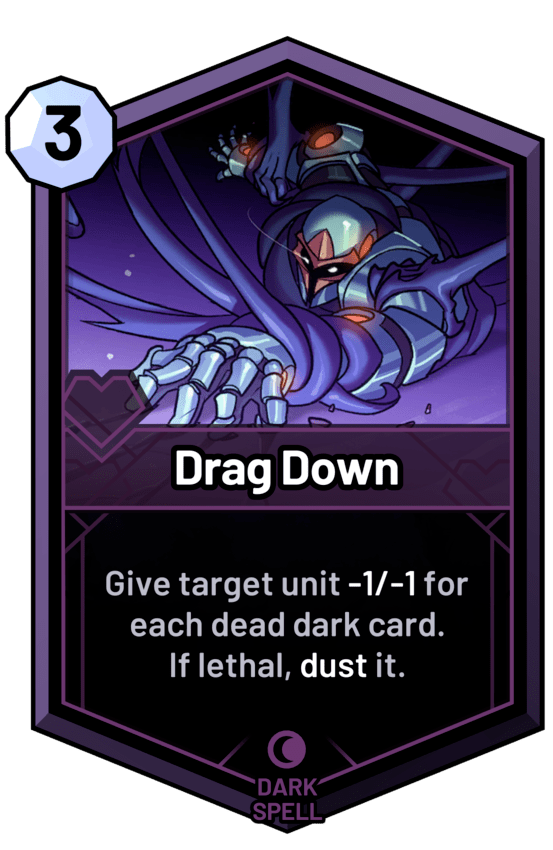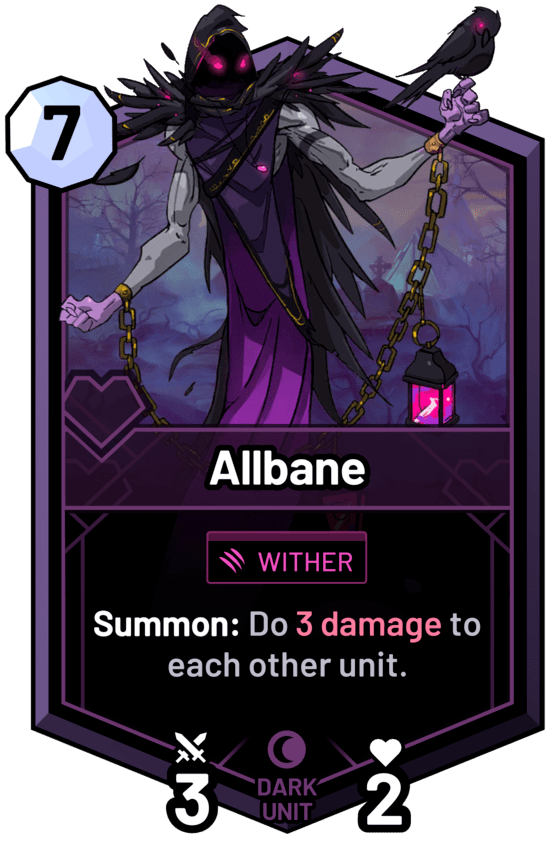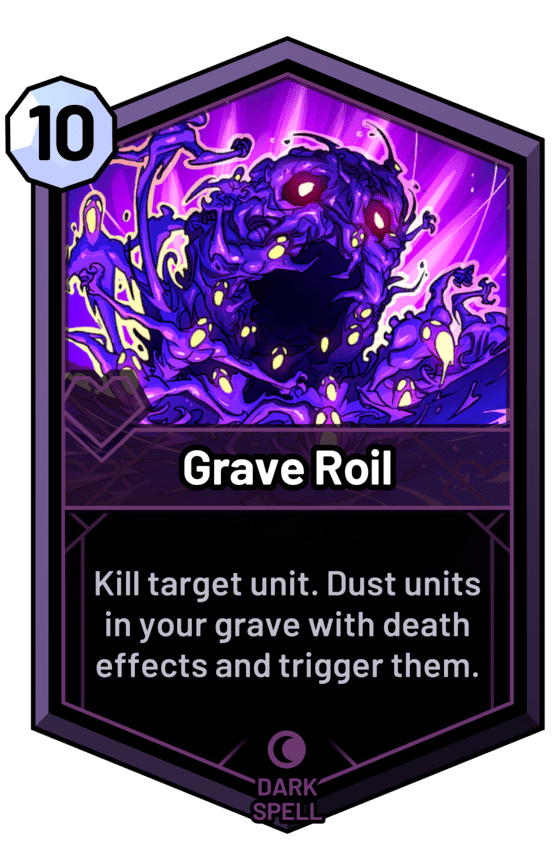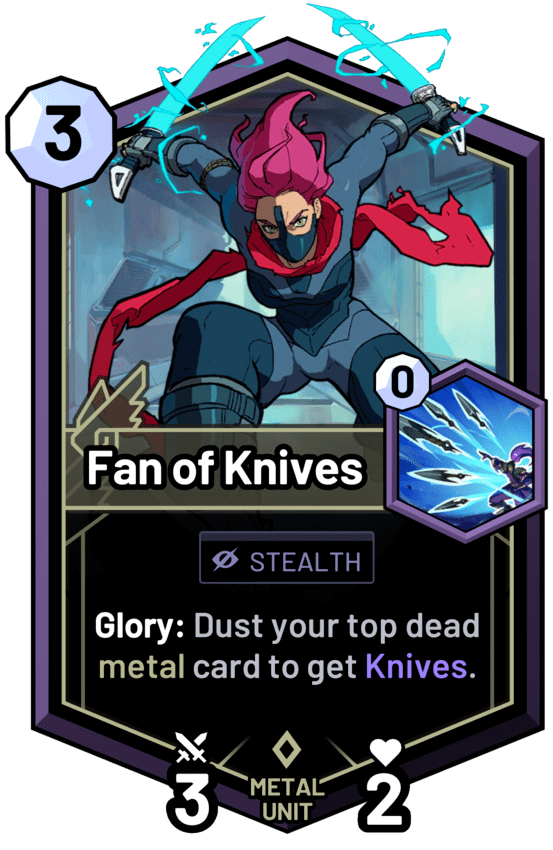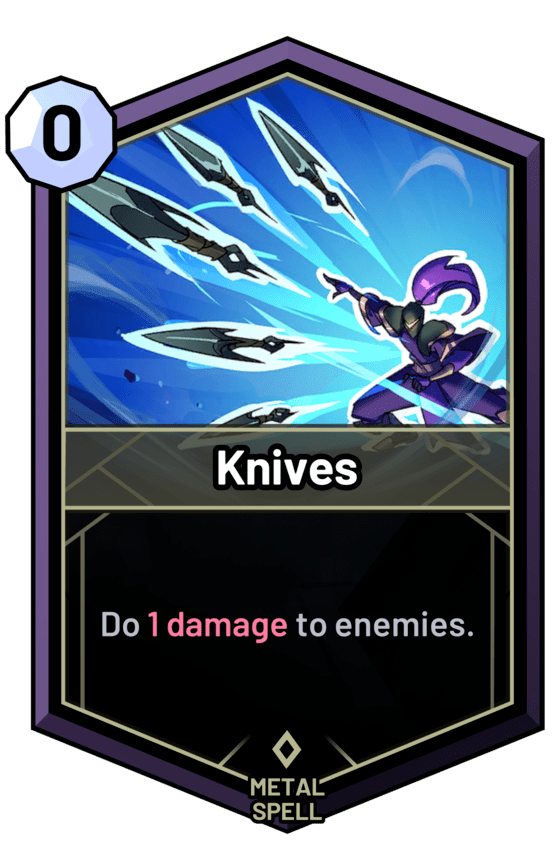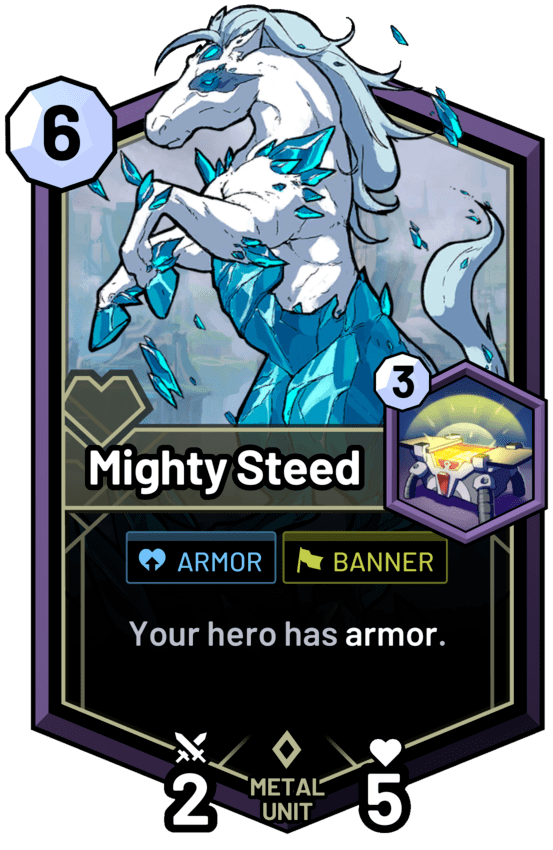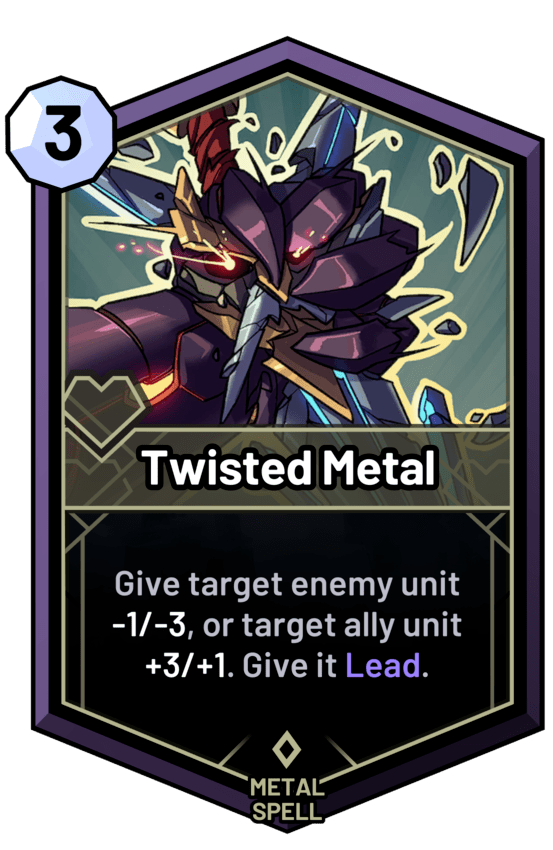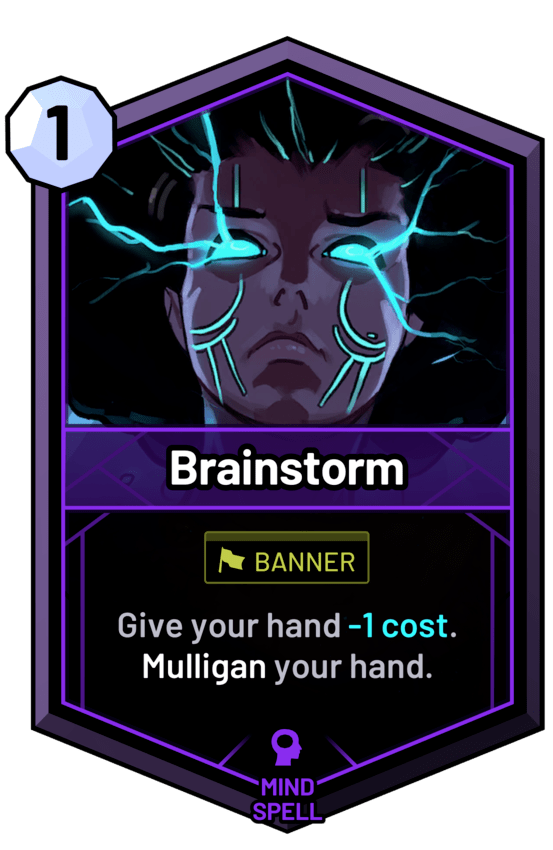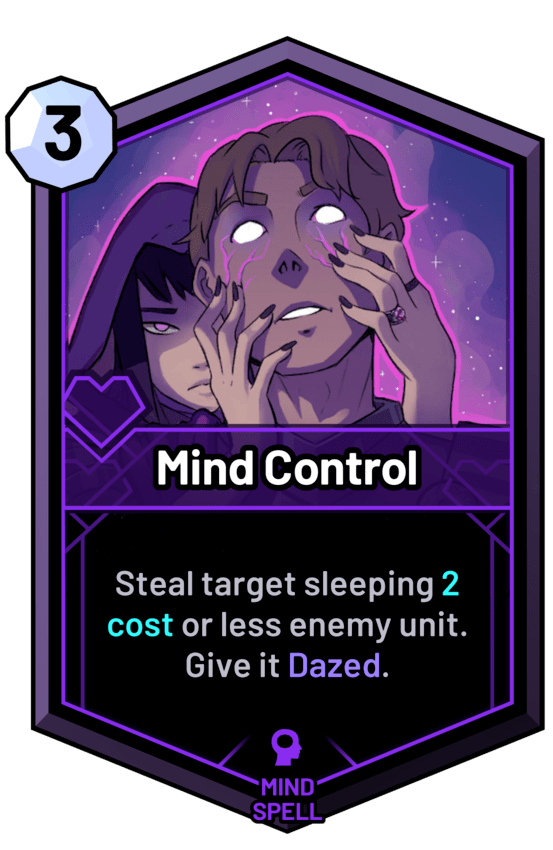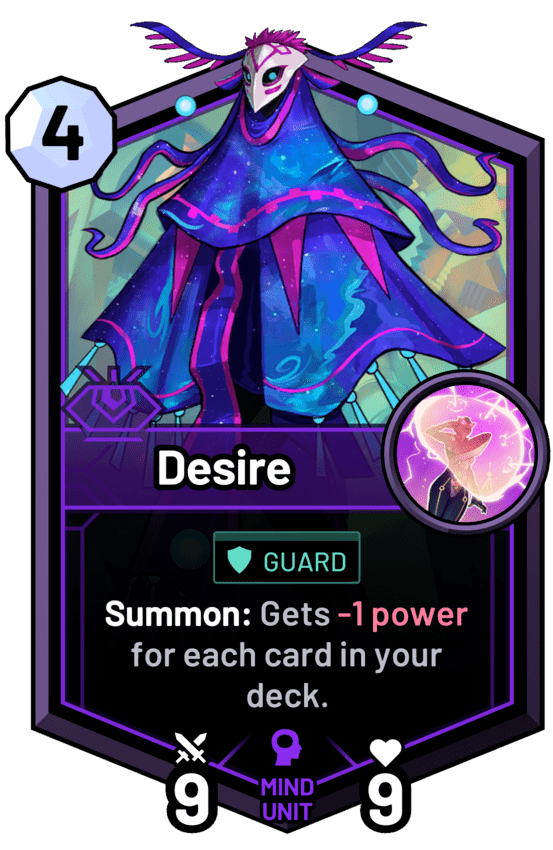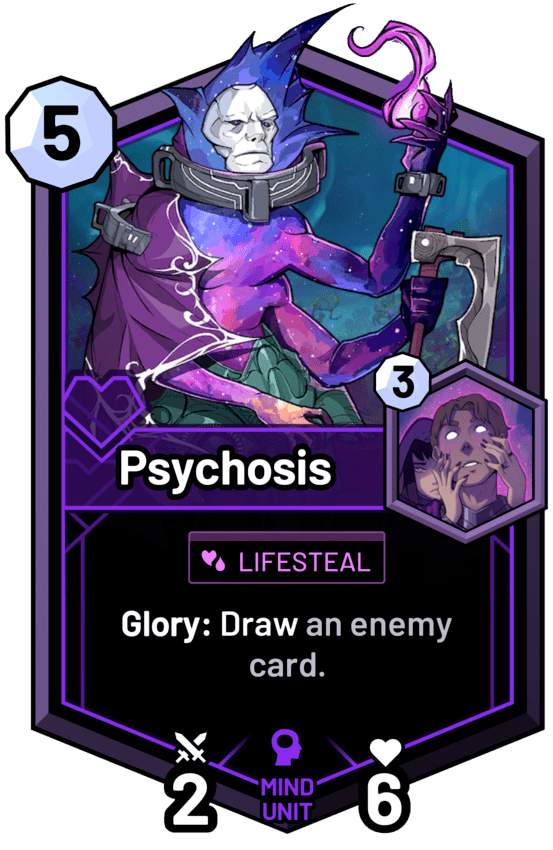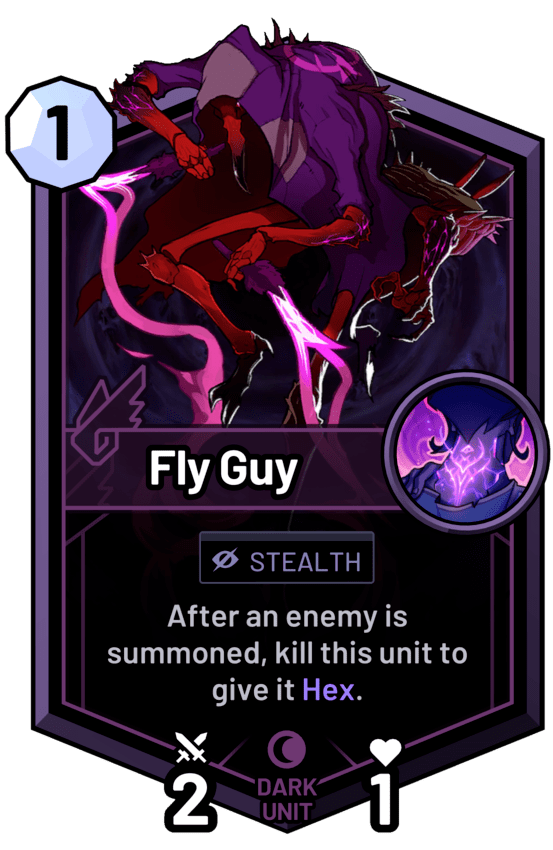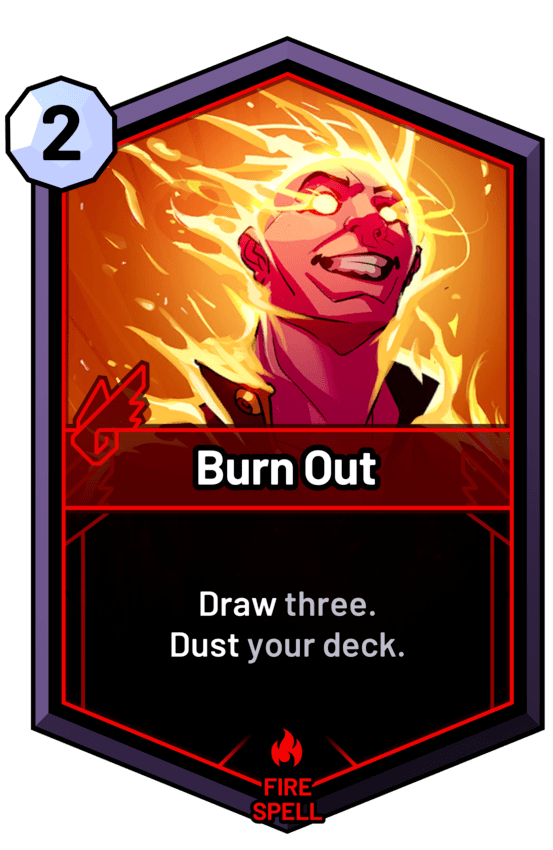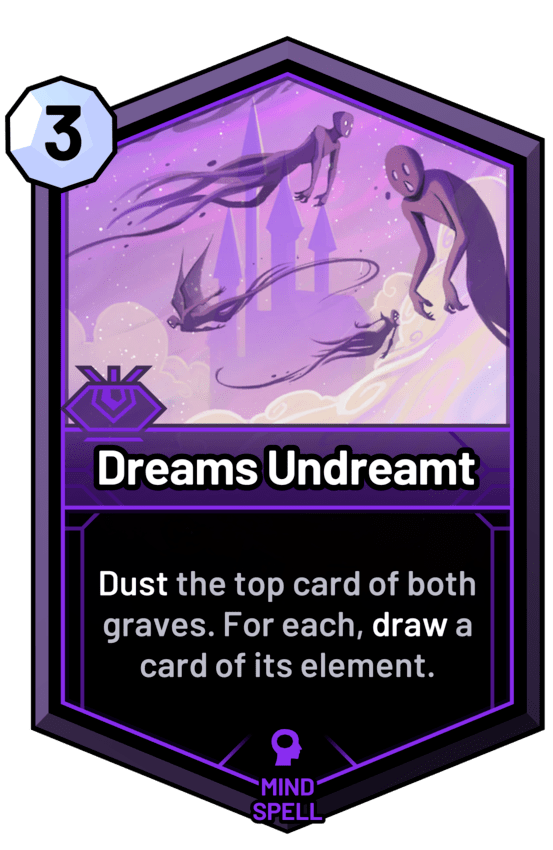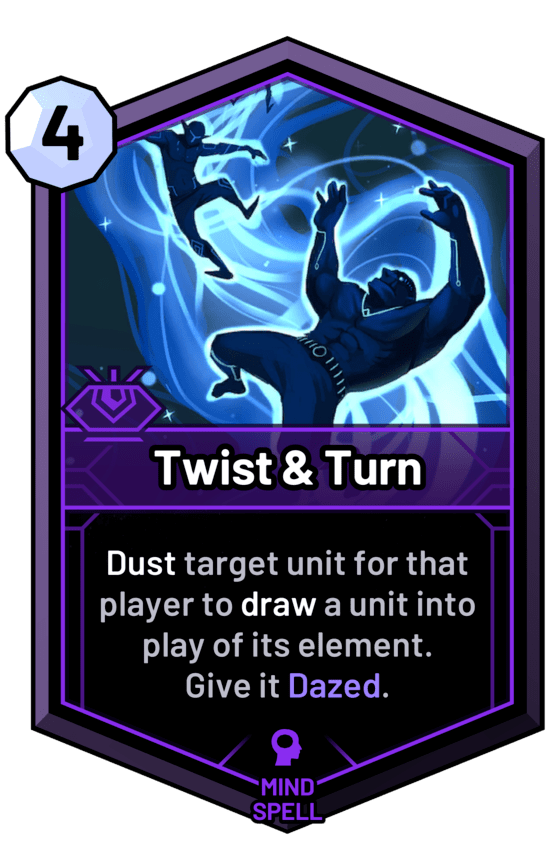Horizon
I joined Horizon Blockchain Games on a 2-year contract, as Lead Game Designer of SkyWeaver. They were mostly engineers and blockchain enthusiasts from outside games, looking for design experience with Magic. I was excited to design a card game of my own, and they were happy to follow my lead. Their Lead Designer cultivated a fantastic style guide and initial batch of art, and nailed the UX throughout.
They first wanted to know how much we should innovate in combat and so on, so we could start building the prototype. I said Hearthstone’s direct-attack combat was great, but there was still a lot of good design left on the table, so we should start there. Blockchain critics are harsh, but I knew we could deliver a novel game that stood on its own - not just a clone. I was confident card game fans could enjoy the game with little instruction, but my deeper goal was to serve players that traditionally couldn’t afford card games, or feel unwelcome there. I wanted to show that a card game can be mainstream, even with a small team.
Two years later, we had a robust game, with regular content updates, active players, and a 500-card launch set. (No economy, but we’ll get there.) These are the choices I made along the way.
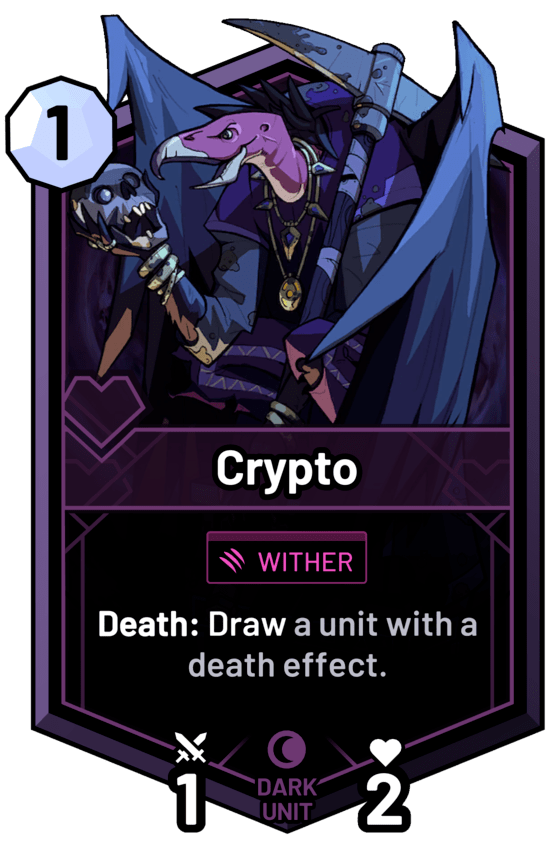
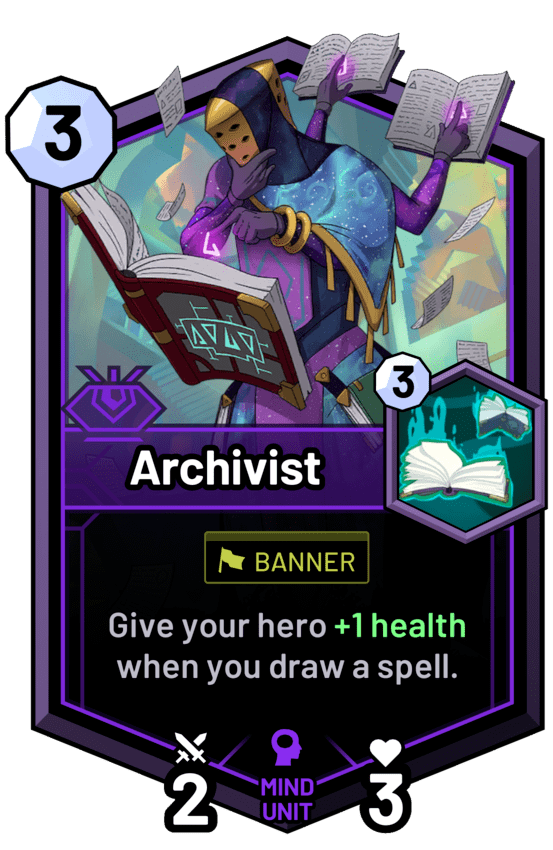
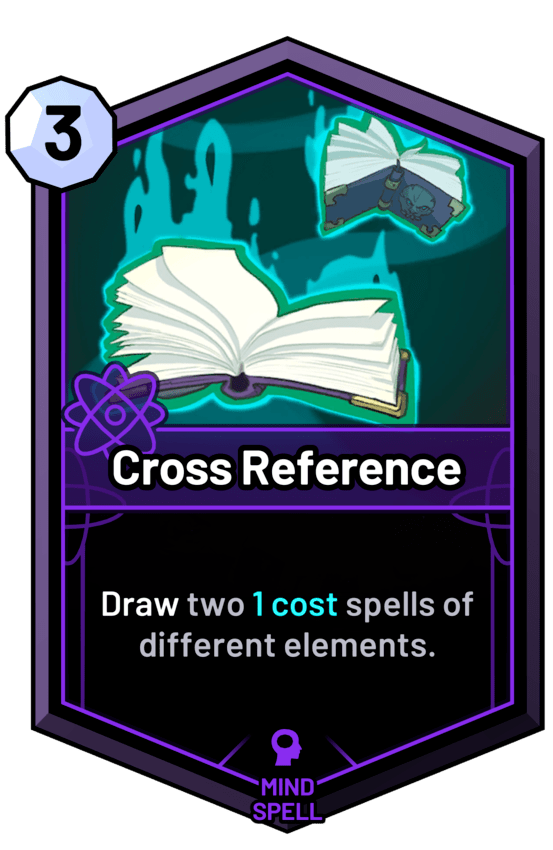
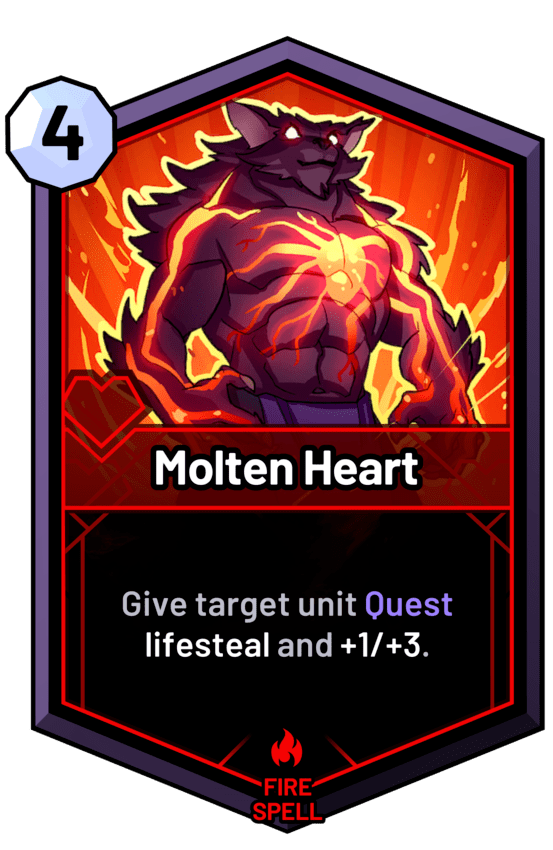
Singleton
SkyWeaver is singleton, meaning a deck can’t contain more than one copy of any card. This makes collecting more accessible, because the first copy is a playset, and additional copies are purely economic. Many Magic and Hearthstone players have valuable legacy collections, and I thought most blockchain companies were crazy to try and compete with that by offering another valuable legacy collection. I wanted accessibility.
I came to believe that singleton deckbuilding was even easier: when a player wants to put a card in their deck, they don’t have to decide how many. I like the binary choice of do I want this card in my deck or not? I found this empowered players to tweak existing decks to their own taste and meta.
Singleton also has great gameplay. It’s reasonable for a player to track which cards are left, and answering a threat comes with the satisfaction that they can’t just draw another copy. Other designers would tell me Singleton was too inconsistent, but card games are great because of variance in game state, and more variety creates design space for cards to add consistency. Singleton puts the onus on players to build consistent decks, not just repetitive ones. It also avoids legendary issues.
Deck Overdraw
If you draw a card from an empty deck, you’ll draw a random card from your prisms, and lose one life. It works with targeted draws, so draw a water card will try to draw from your deck first, then draw from your prisms. This draw respects singleton, so you can’t draw cards more than once, and this pool will eventually run out. (There’s also conjure, which draws outside the deck without taking damage.)
This was my solution to random card generation. It’s fun to bring in cards from outside the game, and the design space is deep. But true-random card generation is difficult to play with and against, and clunky to word consistently over many effects. With singleton restricting the RNG, it becomes possible to track what’s left, and there’s more strategy on both sides. Much of SkyWeaver’s effect simplicity is because the draw mechanic can carry the weight of random card generation.
Overdraw rules are usually harsh. In Magic, when you try to draw a card from an empty deck, you lose the game. In Hearthstone, you take scaling damage. In both cases, the value of drawing dramatically plummets in the late game. Targeted draws are annoying in Hearthstone because you have to track your deck closely to know if it’ll have any effect, and I hate the tension it creates in deckbuilding. I like that the value of drawing a card is consistent into the late game. I want players to win using cards, instead of watching the game engine slowly suffocate them. I like that as the constructed decks get tired and fizzle out, they have to battle to the death limited style. Long games retain drama, with fewer checkmates and inevitable slogs.
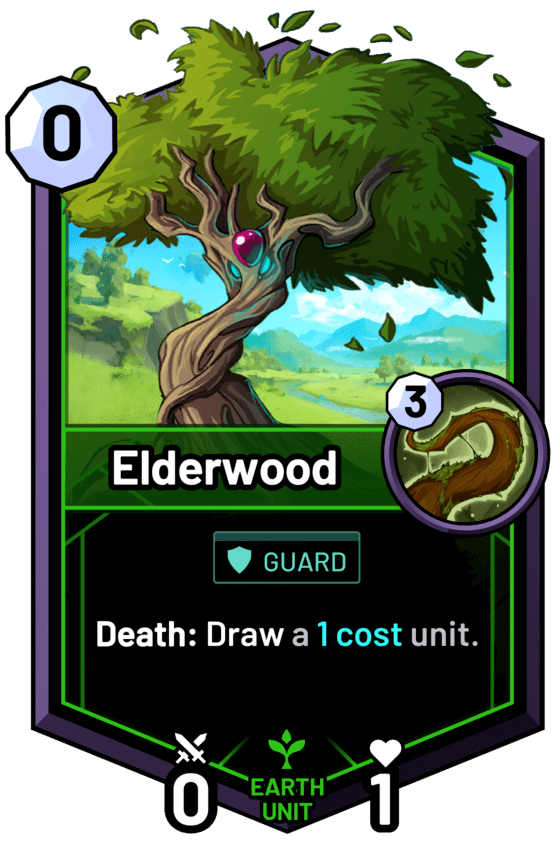
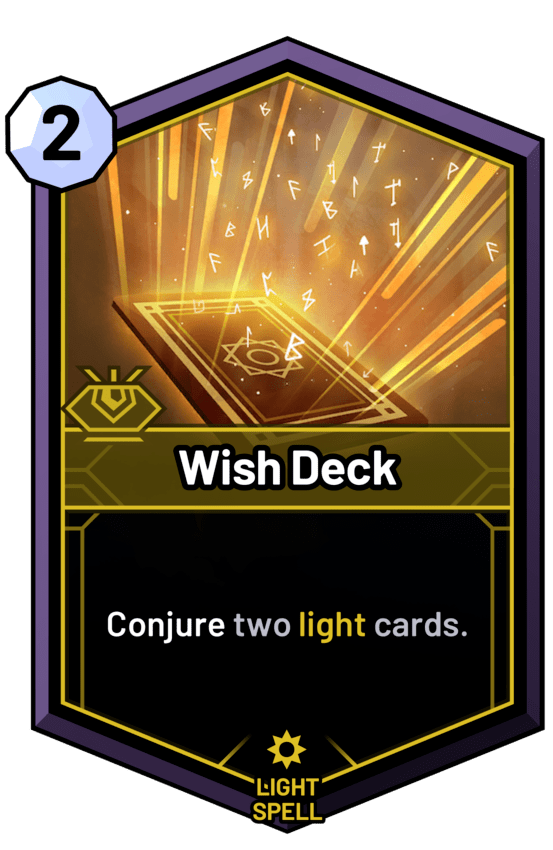
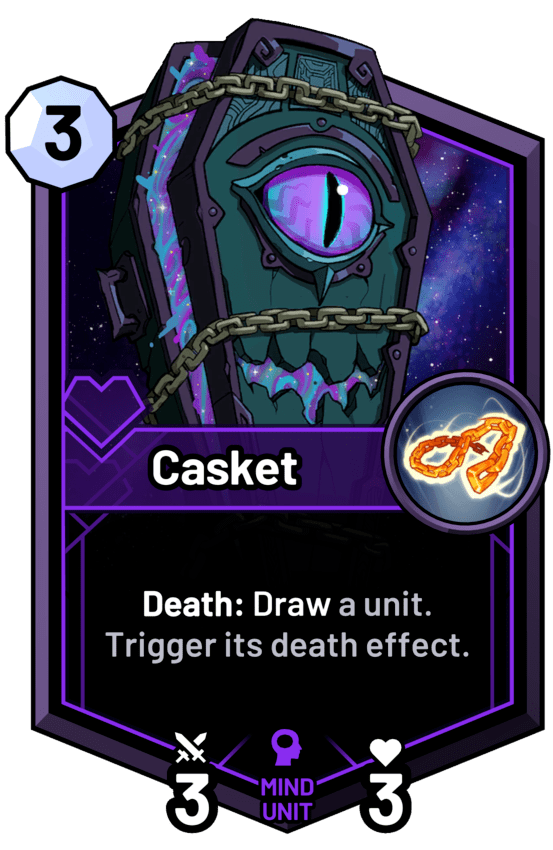
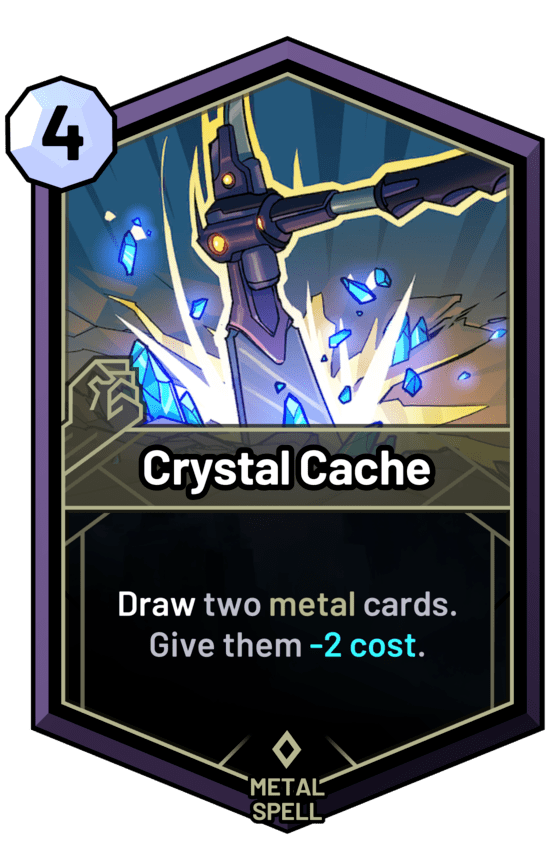
Rules
Players choose their starting hand from random cards in their deck, usually see seven pick four. This softens the RNG of the opening hand, since players aren’t getting stuck with purely random cards - they always have a choice. Players can craft a plan from the start, with fewer rote decisions and non-games.
The max hand size is nine, and when a player overdraws their hand, their oldest card in hand (leftmost) is returned to their deck. I like that it preserves the card advantage of forcing the enemy to overdraw, without randomly deciding the game by destroying a key card as in Hearthstone.
Whenever a player takes an action, they get extra time on their clock. This rewards players for spacing out their actions, instead of rushing them all out at the end of the turn. The game is easier to track as a viewer, and players are less frustrated with animations. The design team has to fix infinite loops anyway.
A player can always look at the cards in their grave and deck. It’s critical to know what’s in your deck, and it’s a good way to spend the enemy’s turn. I didn’t want players to have to download third-party software to be able to play the game correctly, especially on mobile. There’s no order to the deck, draws are just randomly chosen, so players don’t have to track the order of anything. The grave was visible and acted as a sort of game history, and many mechanics use it as a resource. Graveyard mechanics are too popular not to do, and this created more counterplay to those effects.
A card’s stats are maxed out at 99, so players don’t have to track individual character max health, and the UI won’t break with big numbers. There’s no healing mechanic, cards just give +Health. I found this led to more balanced healing effects, since they weren’t balanced against an artificially low ceiling.
Hero
I put the hero in play, on the battlefield. The hero replaced a unit slot, and I thought SkyWeaver could get away with just 6 unit slots, which was a lower power and complexity ceiling than Hearthstone’s 7 slots. I didn’t like how the hero in Hearthstone was fighting for space with the player’s hand, or how players had to (carefully) reach past enemy units to target the enemy hero.
The hero has 1-attack by default, only on your turn. I found this took on the role of a hero power or land drop, because it’s a useful and satisfying action the player can take every turn, even if they do nothing else. This makes heroes the focus of the game, and the most active characters. Players spend health even when they’re winning, so games look closer, and there’s more comeback potential. An innate damage tool also gave us more stats to use in design, especially with one-cost units and unit generators.
Heroes start with 32-health. Since the first action of the game is often an attack, I like feeling like you start with a little extra health, and the roundness of 32 fits SkyWeaver’s digital charm.
Mana
SkyWeaver’s max mana is 99, but games rarely get to 30. Moving past Hearthstone’s cap of 10 meant turns got bigger and more exciting as the game went on. This opened up a lot of design space for mana unlocking and big turns. There was pressure on the design team to manage one-turn-kill decks, but I thought it led to better balance and deeper strategy.
As somebody that has missed many land drops, I love the way Hearthstone’s Coin smooths out the early game. But it’s only given to one player, and I wanted to extend that benefit to everyone. I also wanted to infuse more mana into the early game, so players had more options and better responses in the early turns, which again gave us more design space for cheap units.
Our solution: The first player starts with one mana and a 2-mana Coin, and the second player starts with two mana and a 1-mana Coin. So both players have access to three mana on turn one, with options to develop. I like that each player has strengths - first player has first action and attack advantage, and second player has mana advantage. I don’t like the randomness of who gets the coin in Hearthstone because access to a free spell is a big swing, and so is having an extra card in hand. Our system gave both players access to one free water spell, that wasn’t clogging their hand, and was public to both players. (I don’t like Horizon’s change to using two Mana Potions instead of one Mana Flask.)
Spell Attachments
Any character in play can also be holding one spell, and that player can play it just like it’s in their hand. I wanted a way for units to have utility while in play, with a mana cost, like activated abilities. I’d seen teams struggle to differentiate abilities and spells, so I had the idea to just use spells as the activated abilities.
Units can be designed with native attached spells, but effects can also generate spells to attach. I thought one cast of a spell was plenty of value, they didn’t need to be repeatable, and we could always do that on specific cards. This gave us six units slots and seven spell slots, on the same board. I love how attached spells are vulnerable in play, which creates regular risk-reward opportunities, and adds depth to the choice of which units to kill. I like that it creates revealed information, like part of each hand is face up. It’s important to be able to spend mana efficiently every turn, and attached spells create options for doing that.
I thought one attachment at a time was enough - a new attachment just overwrites what was there. I like that any card that adds an attachment is also an answer to attachments. This gave SkyWeaver noncreature permanents, without having to print narrow solutions. There’s a design joke in Magic that everything is kicker, and attached spells are basically kicker. There’s a huge amount of design space with simple tools, since any normal spell can be used on another card as an attached spell, giving players a way to feel like they cheated the singleton rule.
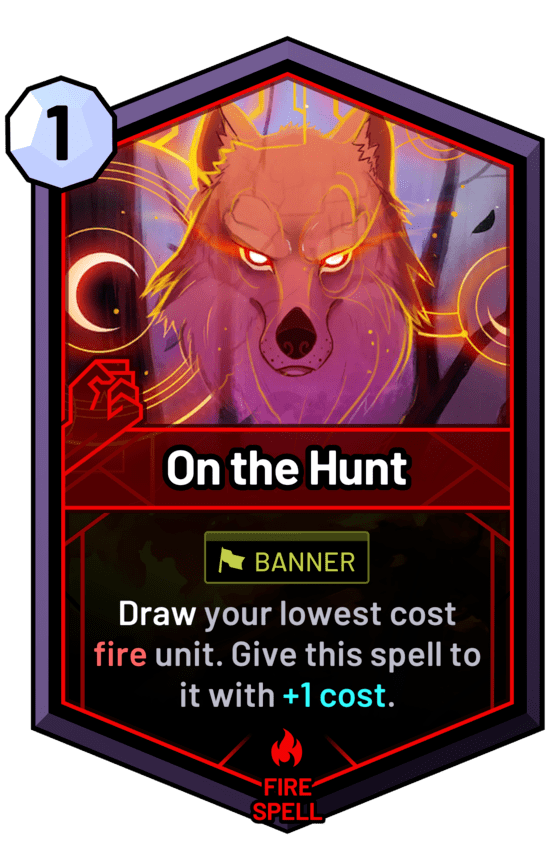
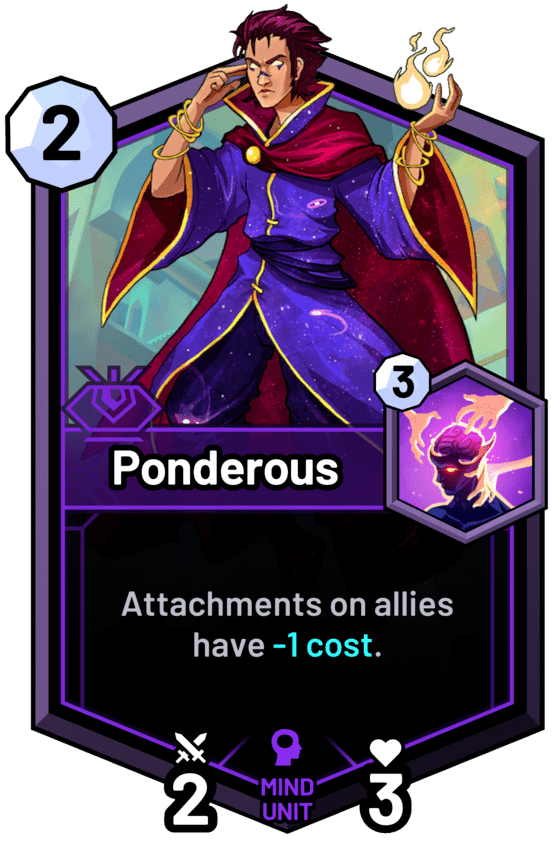
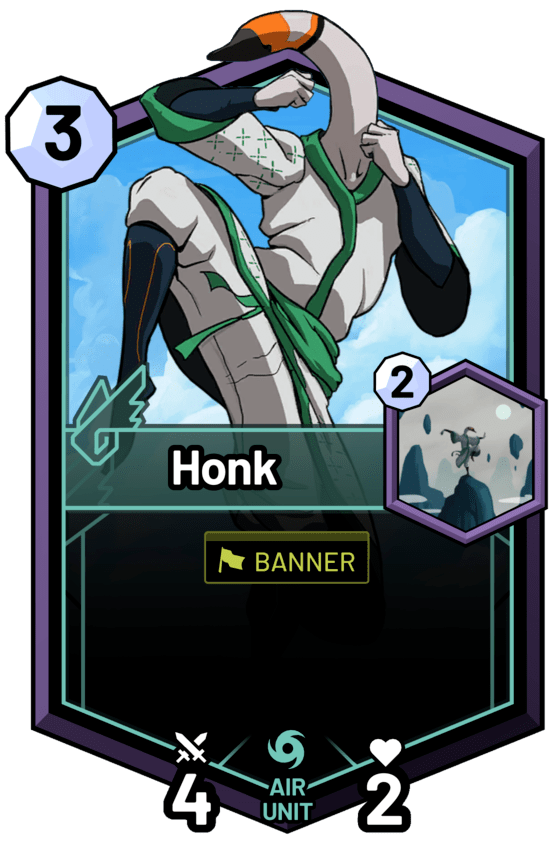
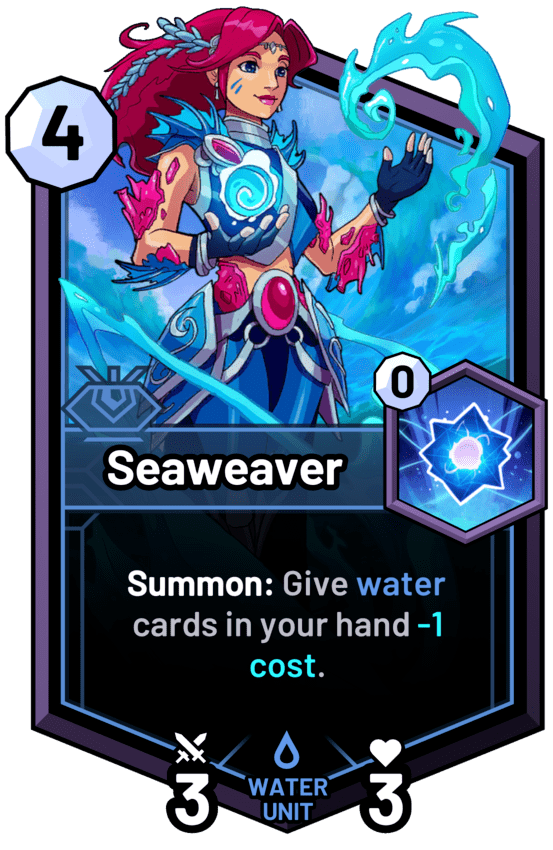
Debuff Enchants
There’s a cycle of negative enchants, one of each element. There’s deep design space in non-spell attachments, but I didn’t want a bunch of one-off designs. I made this cycle so that each element had access to a consistent debuff.
Most negative enchants have a mana cost, which can be paid to remove them. I like that it gives players natural solutions to debuffs, and rewards them for being able to remove or overwrite them. I like the symmetry of the six different costs because it helps players learn and distinguish them, and I’m glad I was able to design abilities that felt resonant to the elements, and fit the cost curve. The cheap ones tempt you to pay the cost, and the expensive ones push you to have answers. These are more interactive than Freeze.
Chains and Silence are narrow, since they only counter specific abilities, so they don’t have a cost and are harder to remove. Chains has plenty of work to do as a keyword remover without disabling text in the way that Hearthstone’s Silence does. SkyWeaver’s Silence is weaker, but that means it can be used on more cards, as an accessible way to overwrite attachments.
Buff Enchants
There’s also a cycle of positive enchants, one of each element, so each element has a consistent buff.
Barrier and Shield are Divine Shield split in two. The prevent infinite damage effect is powerful, so I like that these have a weak spot. The can’t be targeted effect is also powerful, so it was important to build in a natural solution to Shroud by allowing the enemy to wait a turn. Lead fills an interesting role in the meta by blocking a slot, which can be a positive and a negative, and can counter enemy debuffs or block enemy buffs. We later added the effect to block dusting, which is SkyWeaver’s exile, and I like that this gave players a tool to protect meaningful death triggers, and rewarded decks for using diverse removal.
Fate and Quest offer card advantage, one for attacking units and one for attacking heroes. Fate allows the player to plan around what either player might draw, and it gives players agency when choosing what to attach Fate to. Most of the positive enchants have no cost, since you wouldn’t want to remove them. The exceptions are Vapors and Anima, which trigger when removed. Enchantment overwriting is core to SkyWeaver’s strategy, and I like having attachments that celebrate those effects with stats and value.
Keywords
While the enchants fill the role of some traditional keywords, it’s still useful to have keywords that express how a unit interacts with combat. There are six keywords in SkyWeaver, and each is central to gameplay. Three of these keywords can also be used on spells, which is great for their design space, and the design space of cards that care about keywords. As with enchantments, I wanted to make keywords that were weaker than usual, so we could use them more often in design, and on more interesting cards.
Like on SkyWeaver’s first tight cycle, the Runes.
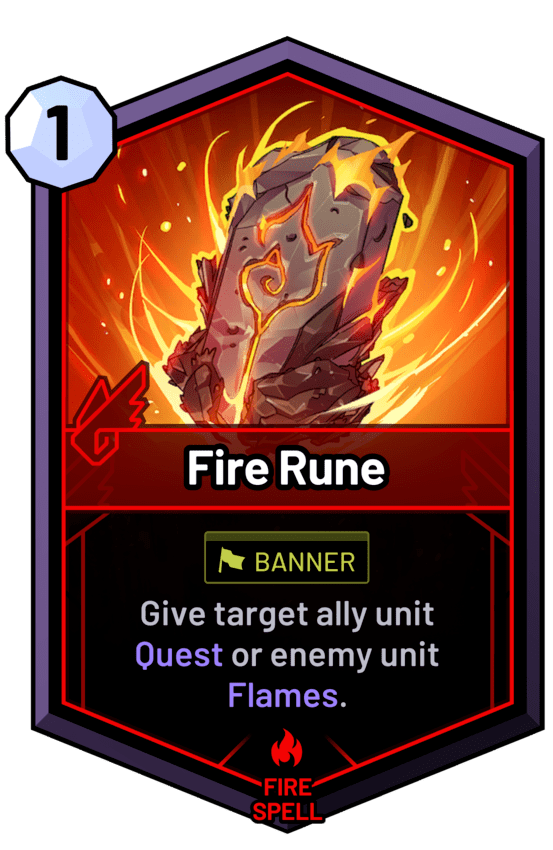
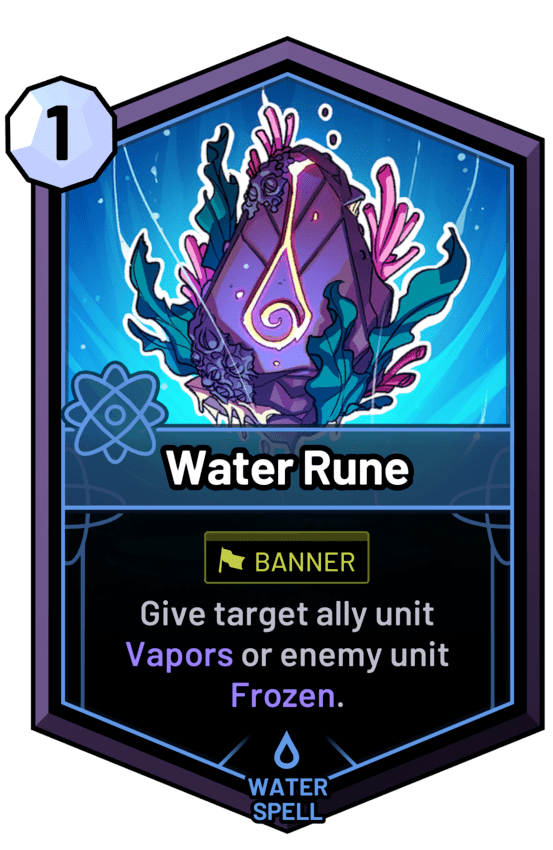

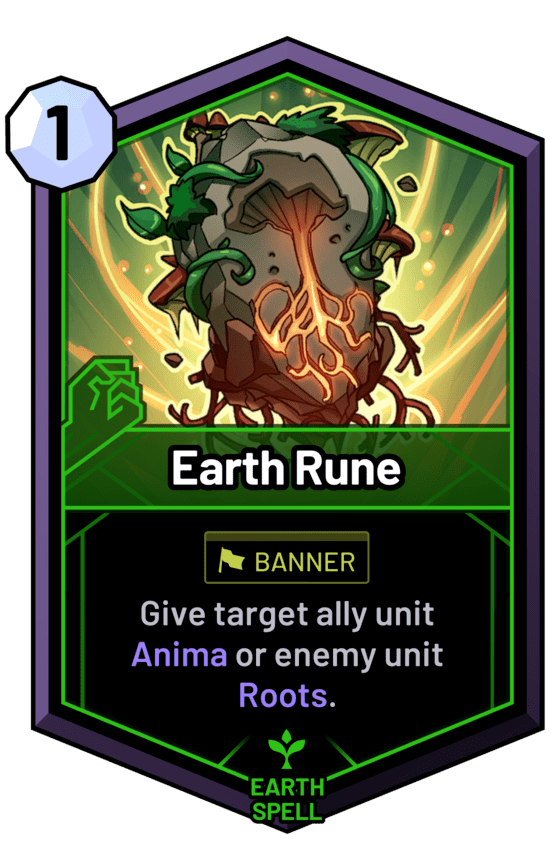
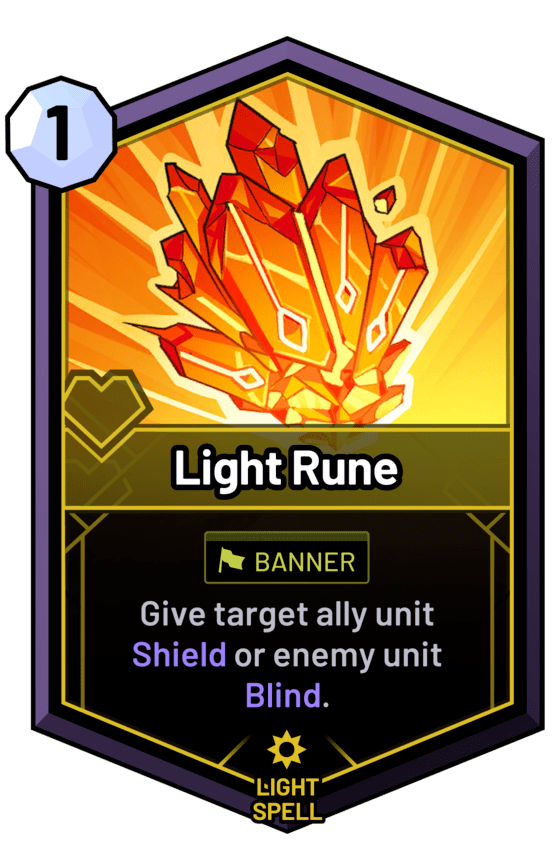
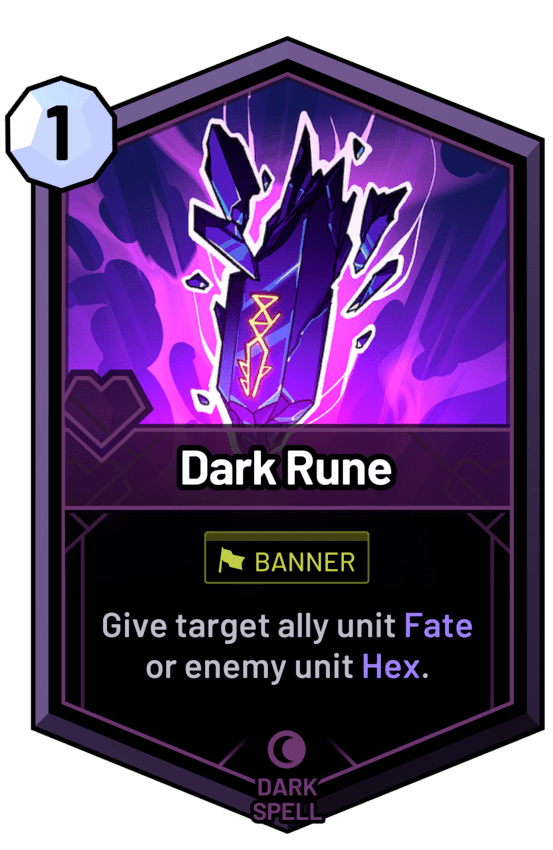
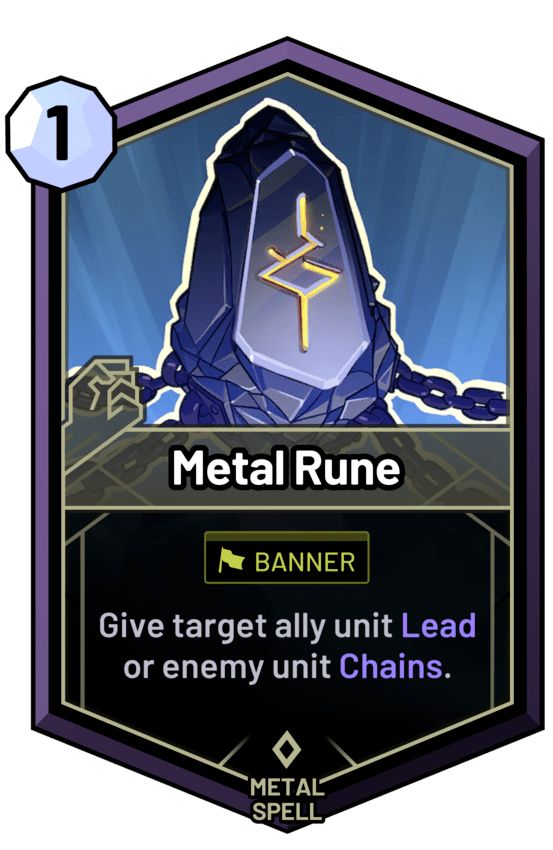
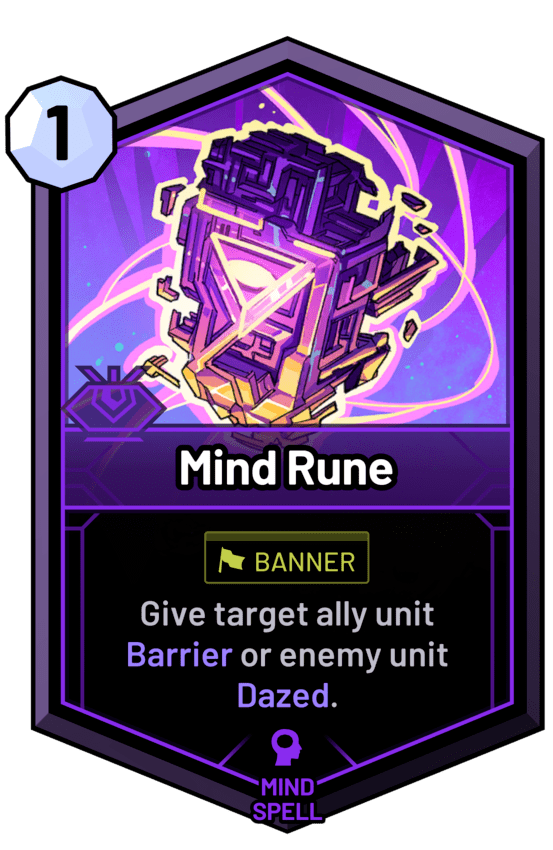
Guard & Stealth
Guard is the defensive keyword, taking on the role of Taunt and blocking by protecting your hero from attacks. Unlike Taunt, Guard only protects your hero, not your other units. I thought Taunt was too powerful, and created stale boards where a player has no good combat options. Guard focuses on the role of hero protection, which gives the enemy more options to fight units.
Stealth units can’t be attacked until your hero is damaged each turn. They kind of hide behind your hero, who is hiding behind your guards. Stealth is also a way to design units that are somewhat protected from the enemy hero’s attack. At first Stealth only broke on combat damage, but we opened it up to all damage because it made hero damage effects more interactive and strategic throughout the game.
I like the metaphor of guard in front, hero in the middle, and stealth behind, which we reflected in the order of the board. Guard units are placed to the right of the hero, and Stealth units to the left, putting the hero at the center. Non-guard non-stealth units go on the far left, creating vulnerable flanks. A player can tell at-a-glance if their hero is vulnerable to attack, and which enemies are in the way.
Players don’t choose where to place units, units are sorted by their keywords and the time they were summoned. Players can focus on the choice of which card to play, and not have to worry about where to play it. I find the where-to-play choice of Hearthstone to be unfun homework. I like the high-level readability, because you can tell what position the game is in by where the heroes are standing.
Armor
Armor reduces all damage dealt to a unit by one. It’s another way to design units that are protected from the enemy hero’s base attack. I like that it rewards diverse removal. Armor tends to be strong against AoE effects, which often rely on lethal damage over multiple spells. I also like that it creates clear high-priority targets, and a clear target for buffs. Armor is especially exciting to give to heroes, and I liked it as a way for control decks to turn the corner and protect themselves against reach.
It’s important that Armor is communicated clearly, because it’s very frustrating to miss. I like SkyWeaver’s loud animation around the health number. SkyWeaver has a good damage preview UI, so that players can inspect combat and act with confidence.
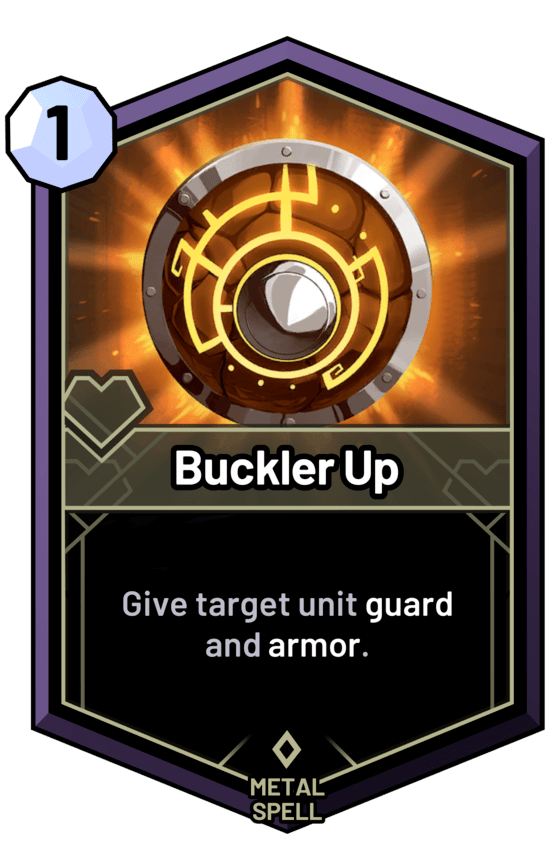
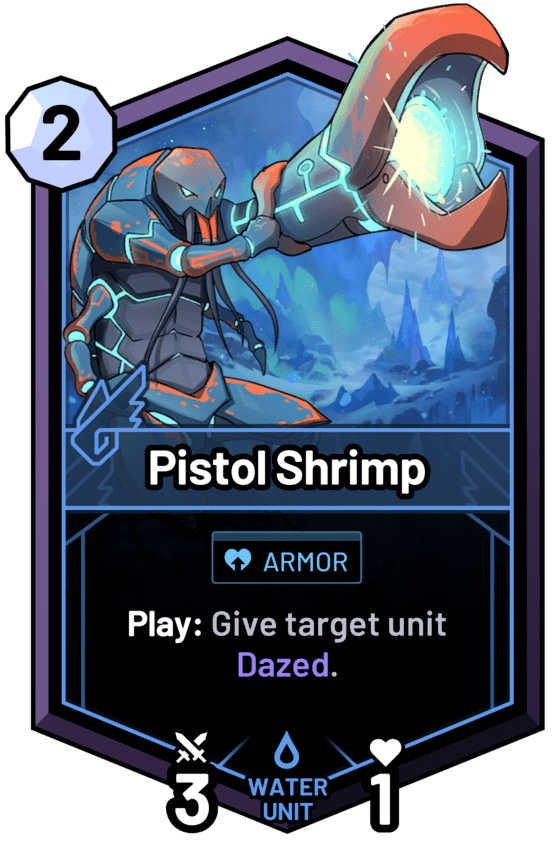
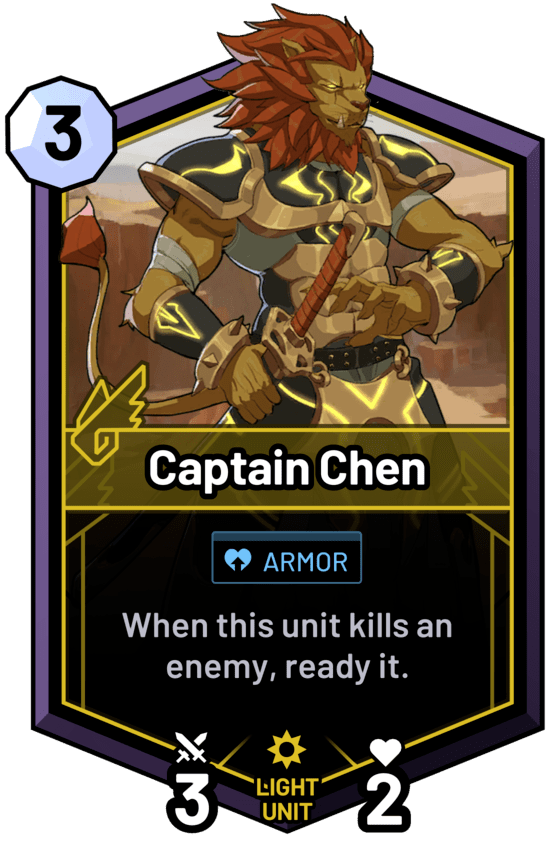
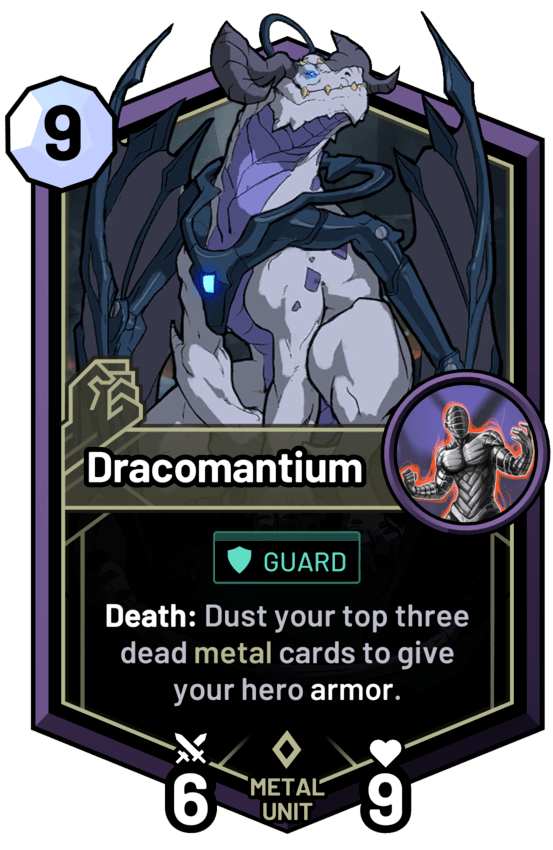
Banner
Banner gives the hero +1 attack while the unit is in play, putting more focus on the heroes. This serves a similar role to weapons in Hearthstone, but can be answered naturally with unit removal. Banner often serves as a foil to Armor.
A spell with banner gives the hero +1 attack that turn. This turned out to be a very convenient spell keyword for design, because it was an easy way to buff a narrow spell so that it could still have board impact - like the Runes. It’s great that the banner archetype had access to both units and spells.
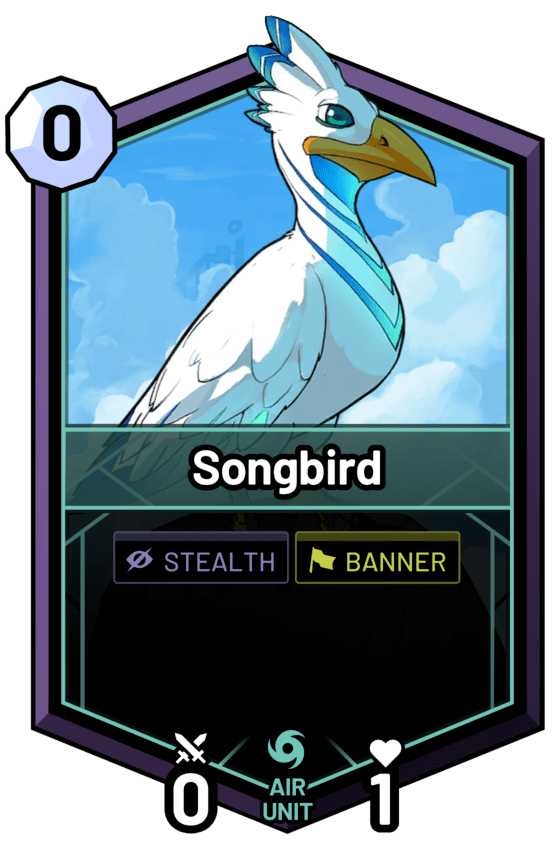
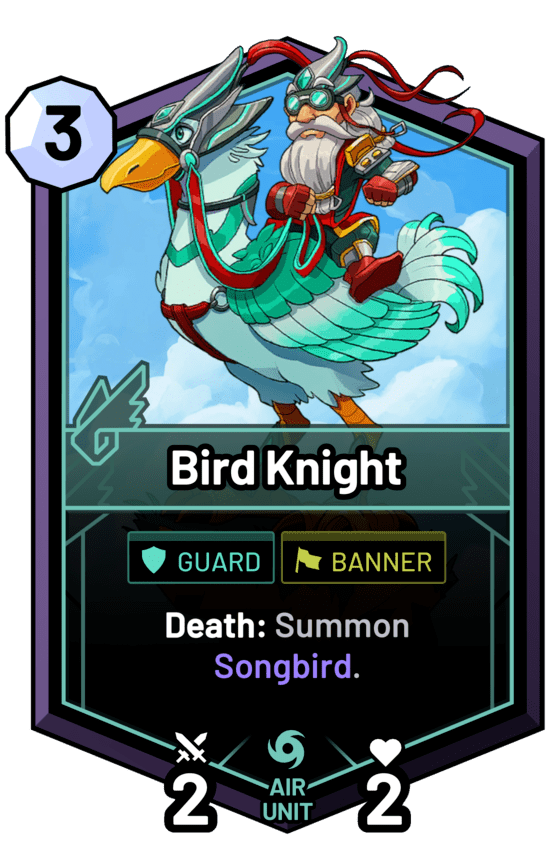
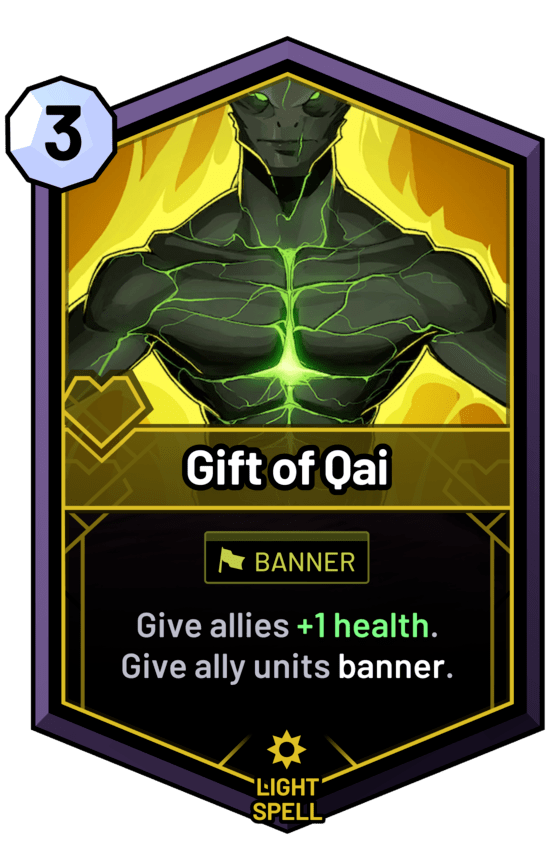
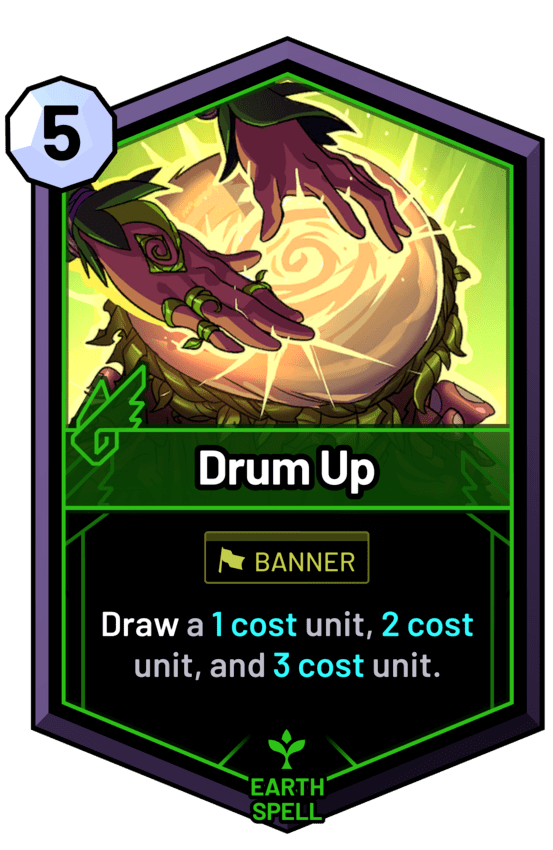
Lifesteal
When a card with lifesteal deals damage to an enemy hero, their hero gains that much life. Compared to lifelink and lifesteal, SkyWeaver’s only works against heroes, and doesn’t work on units. Since life is only being stolen from hero to hero, it keeps games from stalling out at two high life totals. Stealth is asking players to attack the enemy hero, so it’s nice to have a keyword that’s good against heroes.
Wither
When a card with wither damages a unit, that unit also loses that much attack. Lifesteal is like double damage to heroes, and Wither is like double damage to units. Poisonous and deathtouch are like infinite damage to units, but I like the weaker version’s design space better.
Players can attack with 0-attack units, unlike Hearthstone. So if Wither is creating 0-attack units, players have tools to create space on their board. We also made enough effects that buff units in play, so it was often worth killing off 0-attack enemies.
Triggers
It’s good to keyword the most common triggers, rather than write them out each time.
Play, Summon, and Death are core triggers - when this unit is played, when this unit enters the battlefield, and when this unit dies. Play effects can target, but summon effects have to be able to trigger at any time, and I found the distinction useful. Players love cheating units into play and getting triggers, which Hearthstone’s Battlecry doesn’t allow.
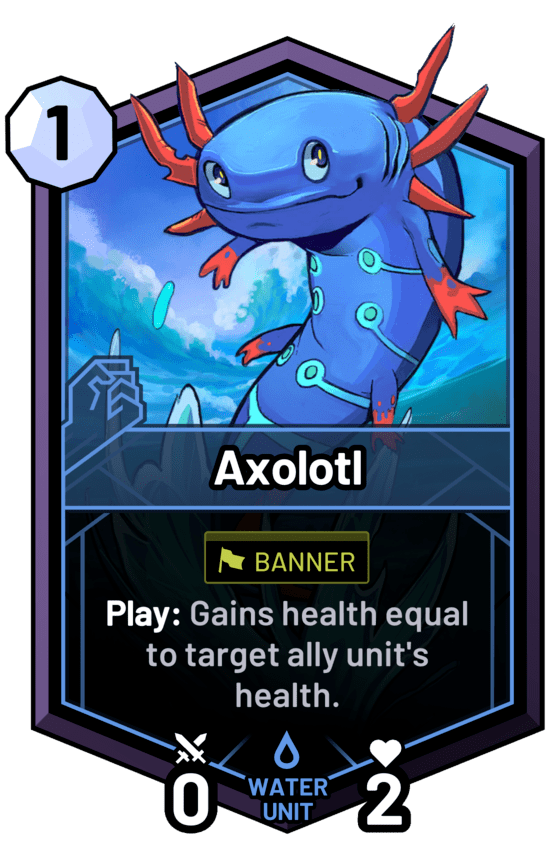
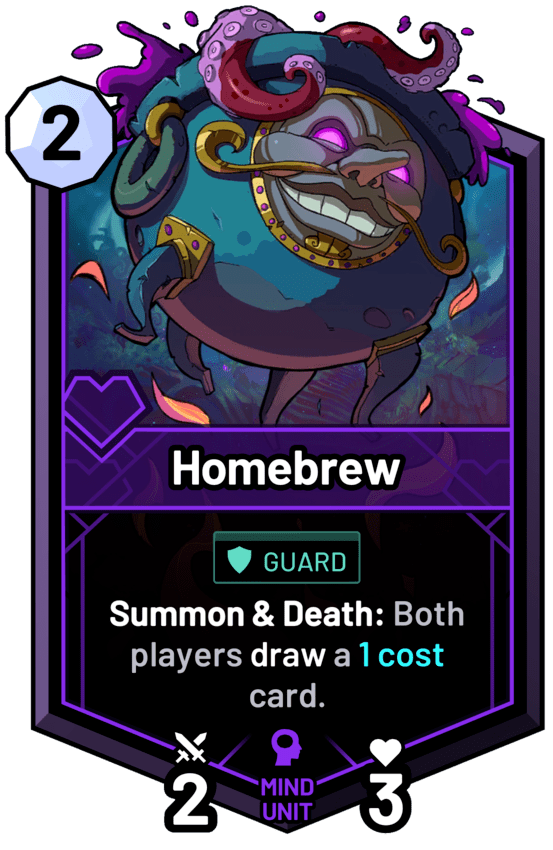
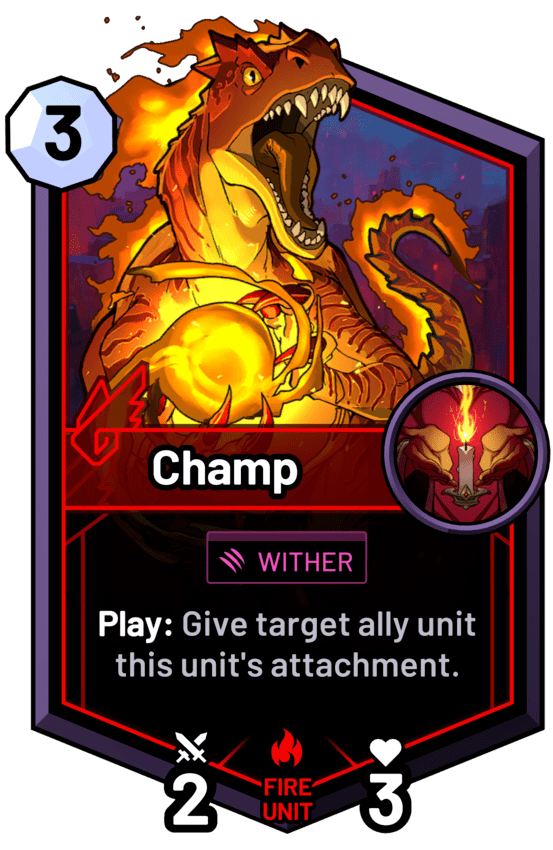
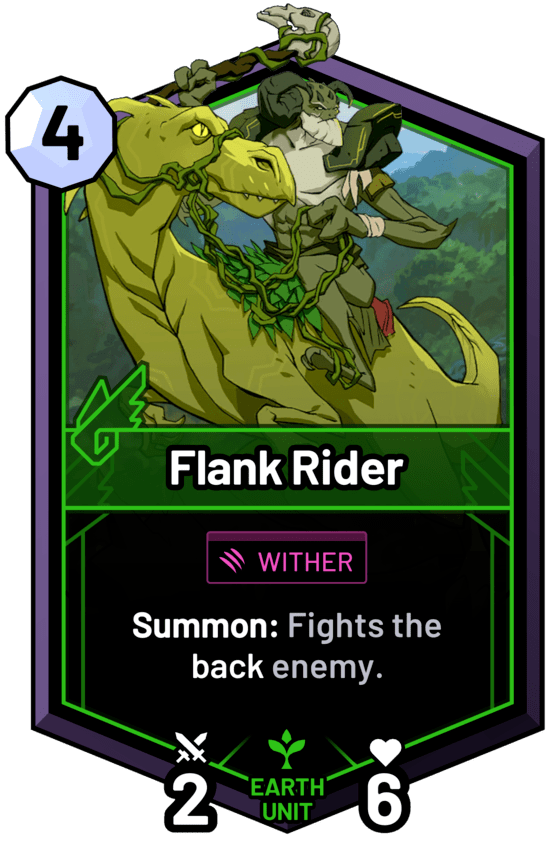
Glory
Glory triggers when a unit deals combat damage to a hero. Like lifesteal, it’s good to have an ability that rewards a player for attacking the enemy hero. It’s also good to give every deck a reason to run Guard units, instead of just powering through hero damage.
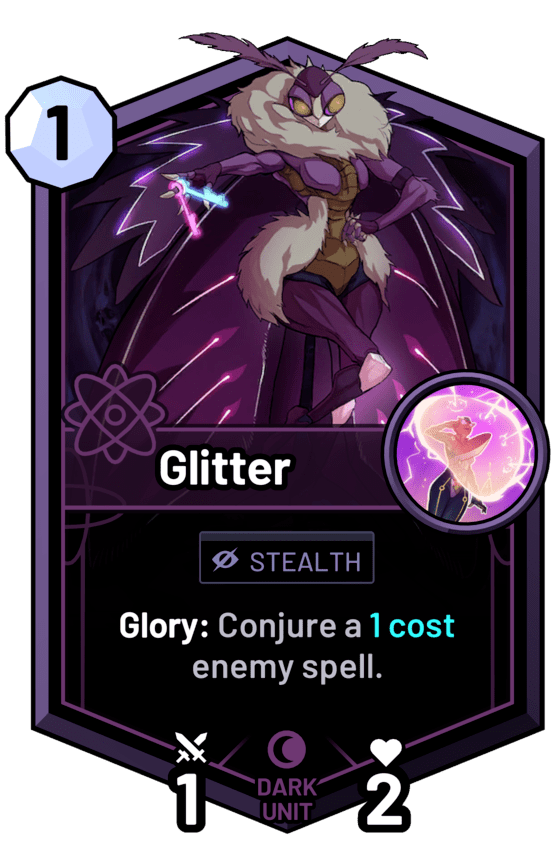
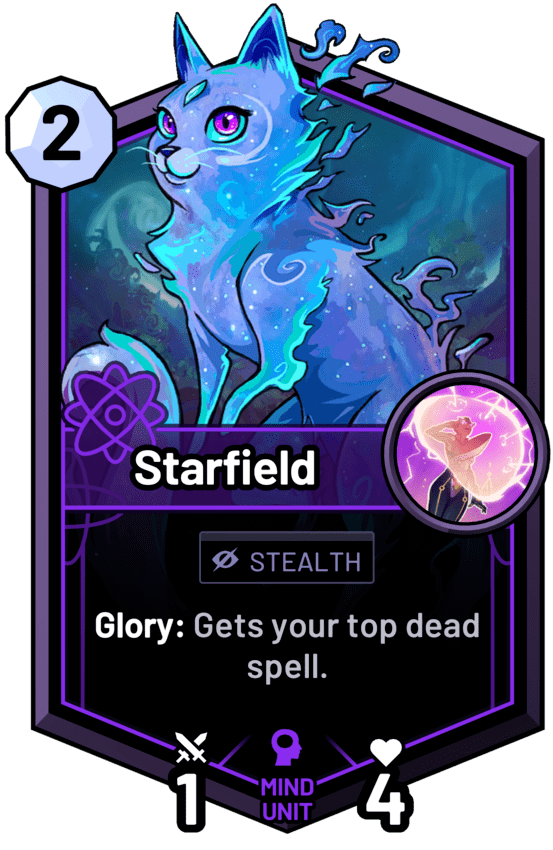
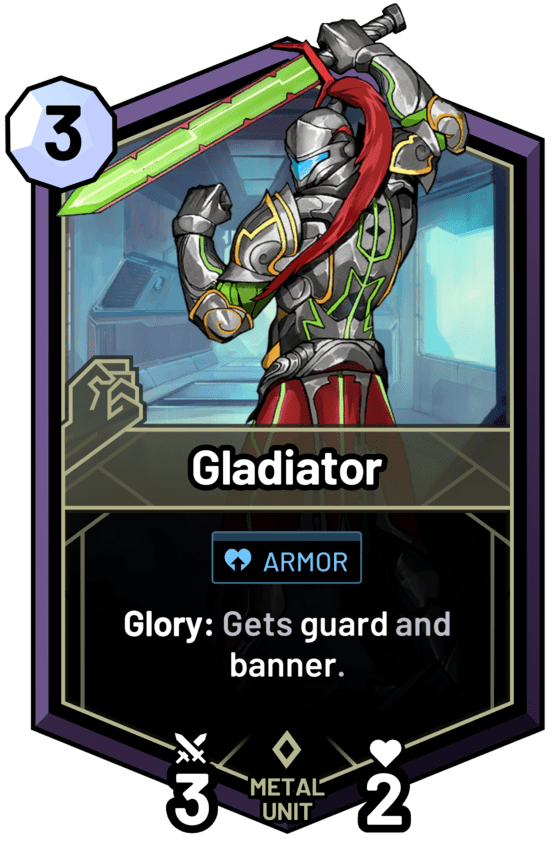
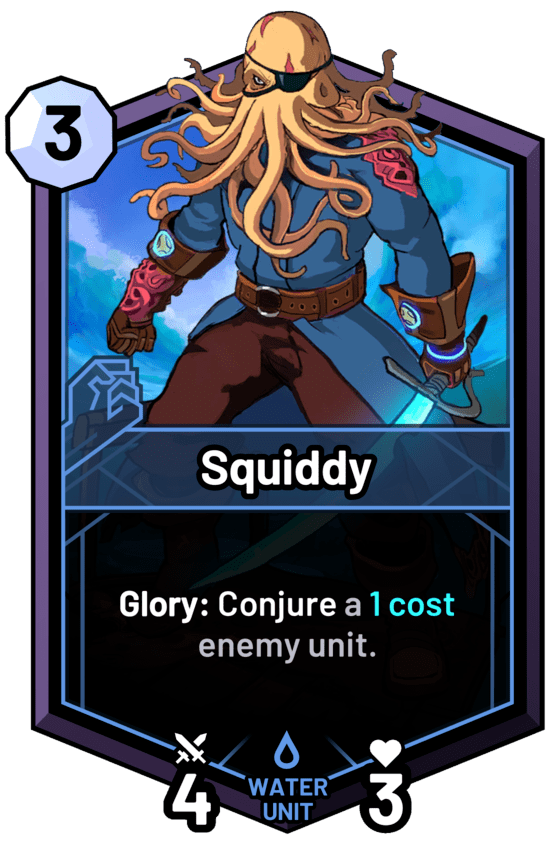
Inspire
An Inspire effect triggers when you play a card of the right type. Many inspire cards are build-arounds, since it’s obvious which deck to use them in. Elements were the most natural trigger type, but we could create all kinds of emergent archetypes with them.
Sunrise & Sunset
Sunrise and Sunset mean at the start of your turn and at the end of your turn. I like that they’re flavorful, which leads to more resonant cards and clearer text. The game is played on a floating island, with a sky background that cycles through day and night. I just asked the team to sync the sky to the timer, so it was day on my turn and night on the enemy turn. It’s usually difficult to communicate at-a-glance whose turn it is and how much time they have, and I love that we could do it with a total lighting change, thematically.
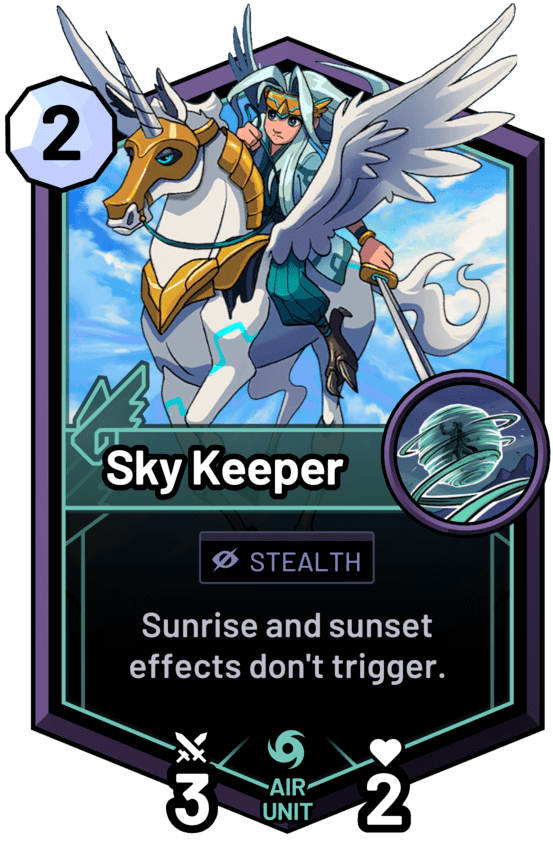
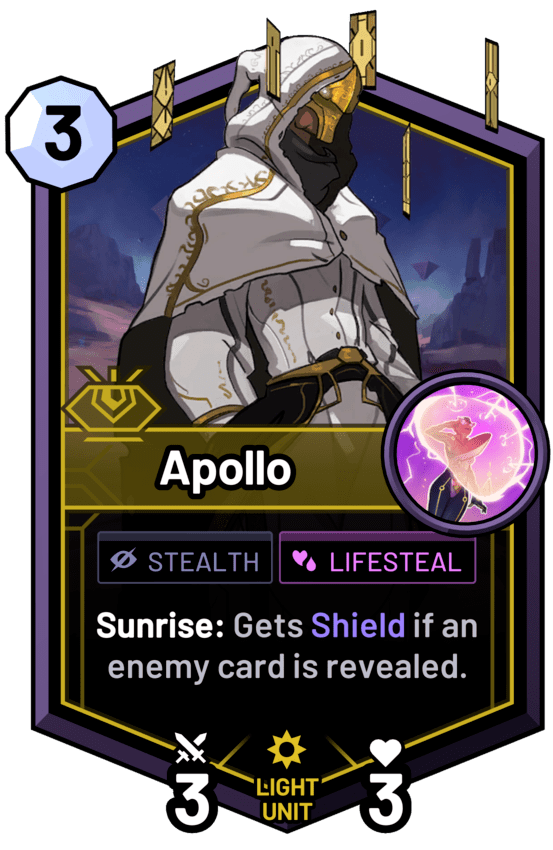
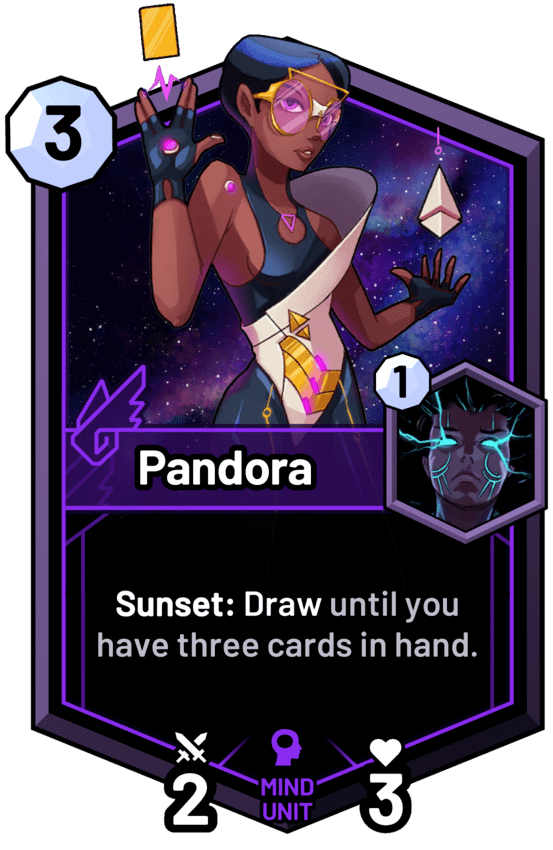
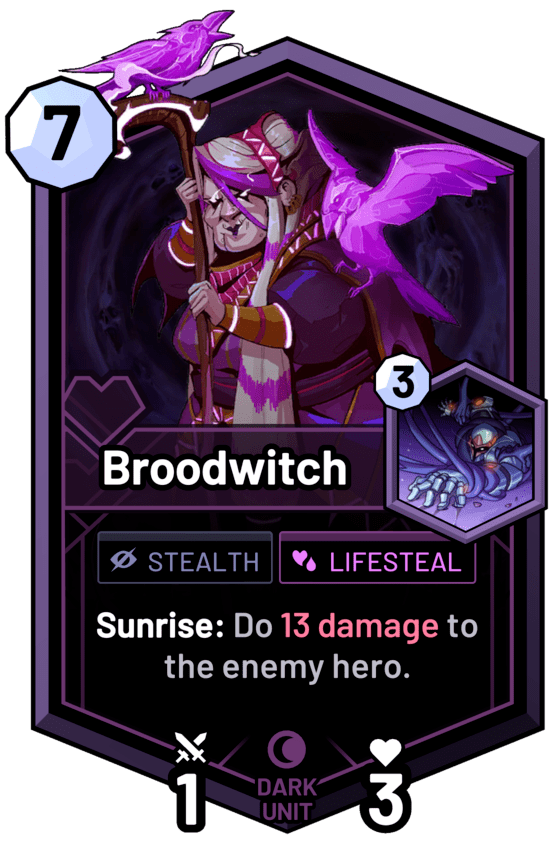
Prisms
SkyWeaver’s cards are separated into Prisms, like classes or colors, with five at launch. A deck can contain cards from one or two prisms, and players choose their prisms by picking one of the fifteen heroes: five 1-prism and ten 2-prism. I like that this gives each deck type a face and a name and a story, which is easier to build community around than an abstract idea. Deckbuilding is deep with the ability to mix prisms, and I like that any two cards can be in the same deck. (The shape to the left of the name shows a card’s prism.)
The way that 1-prism decks are compensated for their smaller card pool is through deck size: 1-prism decks are 25-cards, and 2-prism decks are 30-cards. This gives the 1-prism decks more consistency, which mirrors how decks with less colors in Magic are more consistent, and that feature definitely found its fans. (I like Horizon’s change from 20 to 25 for 1-prism.)
Strength
Strength is the tall unit prism, so it likes to make a few big units. It’s the first prism we designed, and the first unlocked for the player, since it’s the most straightforward and “Timmy” of the prisms.
Agility
Agility is the wide unit prisms, so it likes to make many small units. It’s unlocked second, to focus new players on combat. Agility is fast, with tools to get around summoning sickness. There’s no haste or rush keyword, we just spelled it out.
Wisdom
Wisdom is the tall spell prism, so it likes to play a smaller number of high-impact spells. Wisdom interacts with many systems outside combat, like mana and attachments and overdraw, so it’s unlocked later.
Heart
Heart is a support prism for units, with many graveyard effects. The support role works well with two-prism decks, players love grave mechanics, and recurring dead units is valuable in singleton.
Intellect
Intellect likes to play a lot of small spells and combo off, and has tools to duplicate cards. It’s the last prism unlocked, as it’s the most big brain and complex.
Elements
Every SkyWeaver card is one of eight elements. Elements were a natural fit for SkyWeaver and its colorful art style. I think Hearthstone doesn’t use types enough (still) and Magic is hurt by the lack of spell tribes.
The elements were my starting point when designing cards, I needed to understand element design before prism design. Usually artists make art long after the designs are finalized, with a big hand-off ritual. I think that process stifles the artists, spoils the designers, and builds resentment. We used elements as the connective thread between art and design. The artists had freedom to explore the elements far ahead of us, and I trusted the game mechanics to tell their stories. I used the art as constant inspiration. We spent less time revising art based on design changes, and less time debating design changes because of art. I asked for a variety of spells and units of different sizes and tones within each element, and they provided a robust library of art. I could iterate quickly, and always had art on hand for new cards.
Fire
Fire does damage, to units and players, or even itself. Fire is aggressive, and can strengthen units.
Water
Water often cares about mana. Water can cleanse and heal, or flood and freeze.
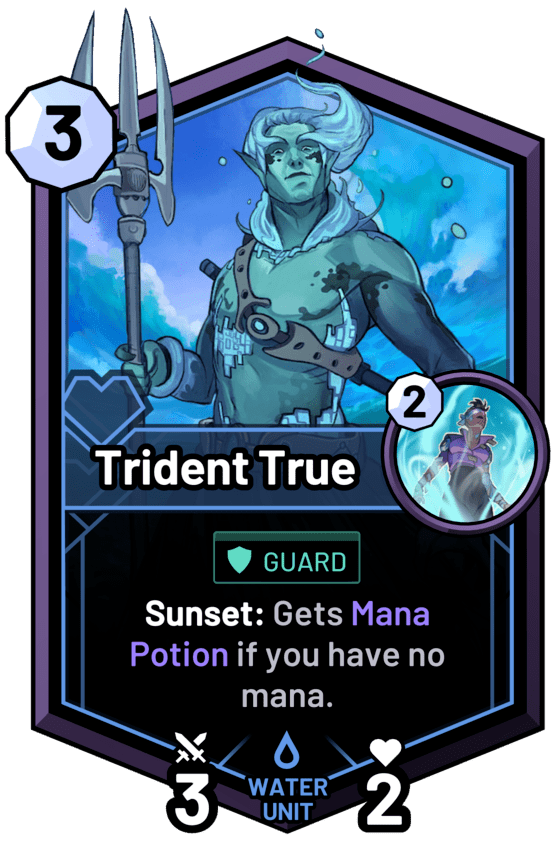
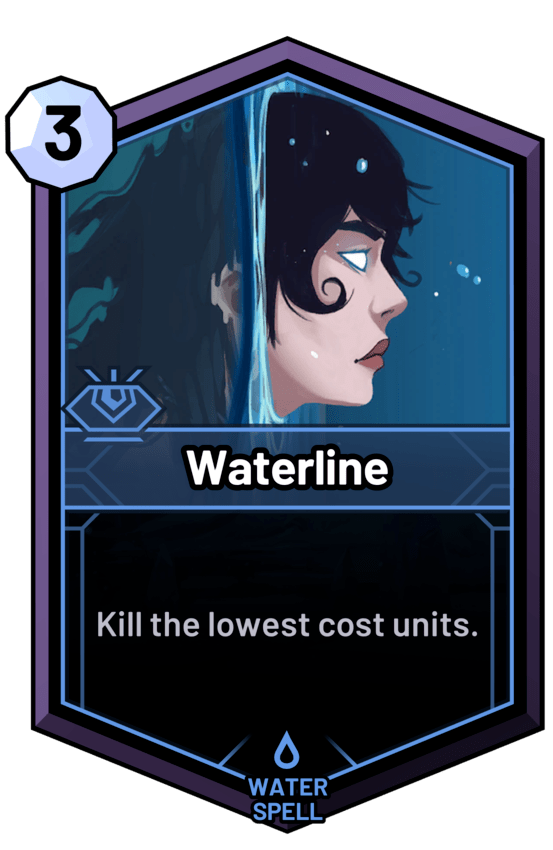
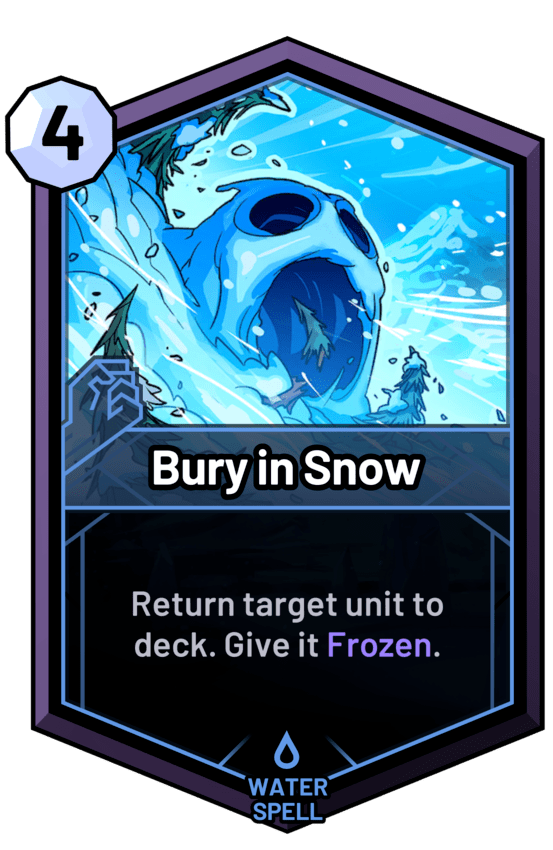
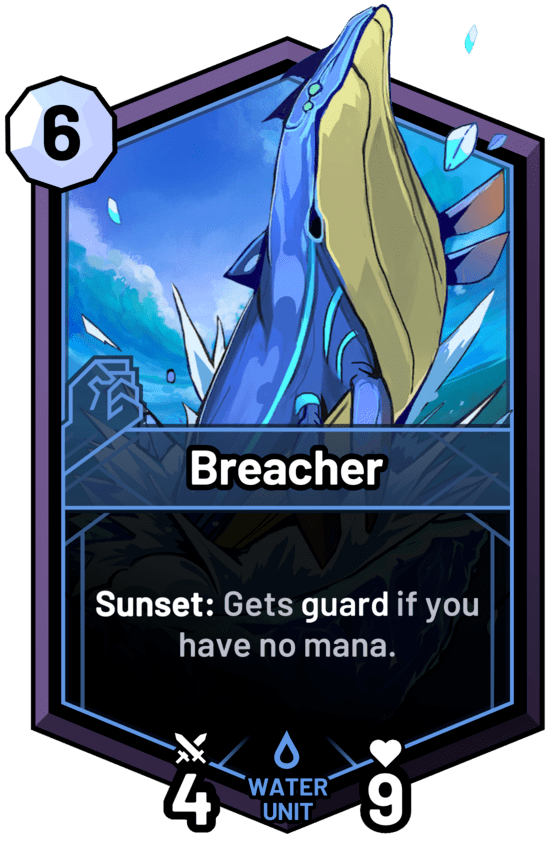
Air
Air is quick, light, nimble, and sharp. There’s a lot of card movement in Air.
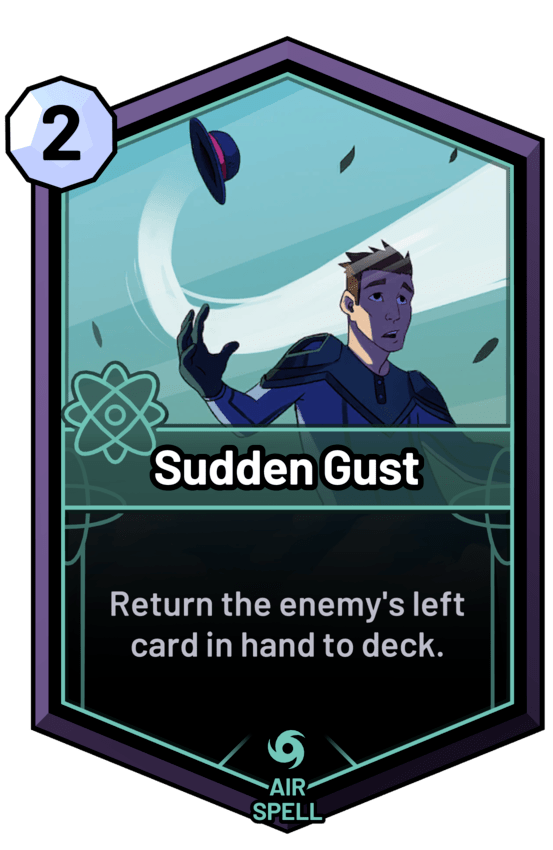
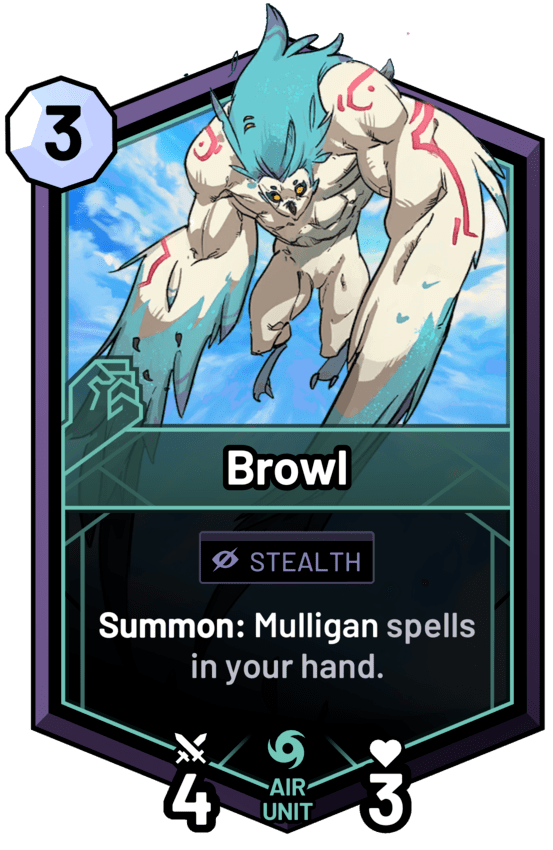
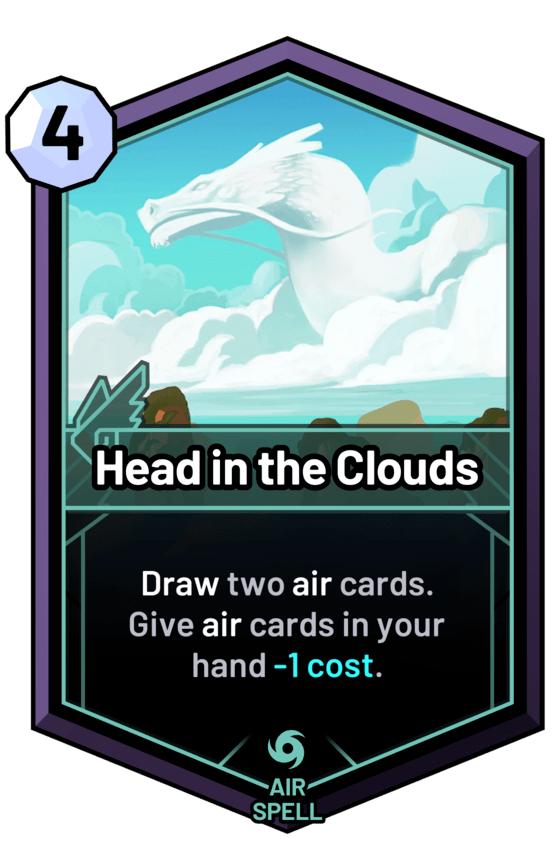
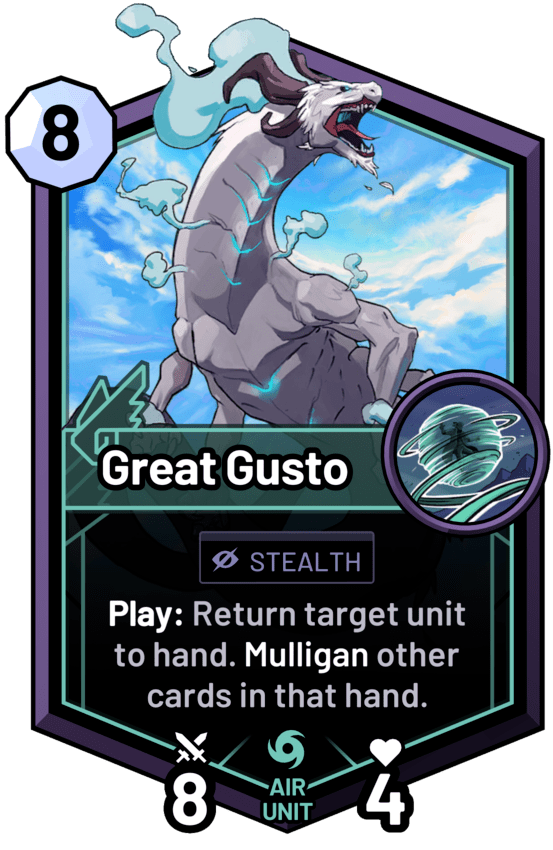
Earth
Earth is nature, ferocious and living. Earth can unlock mana and summon big units.
Light
Light is holy. Light can heal and prevent death. Light can reveal truth and dispense justice.
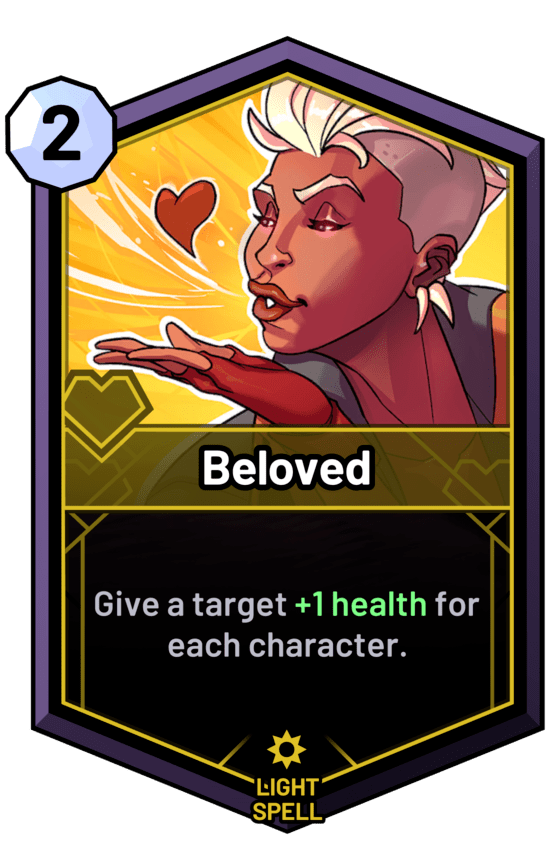
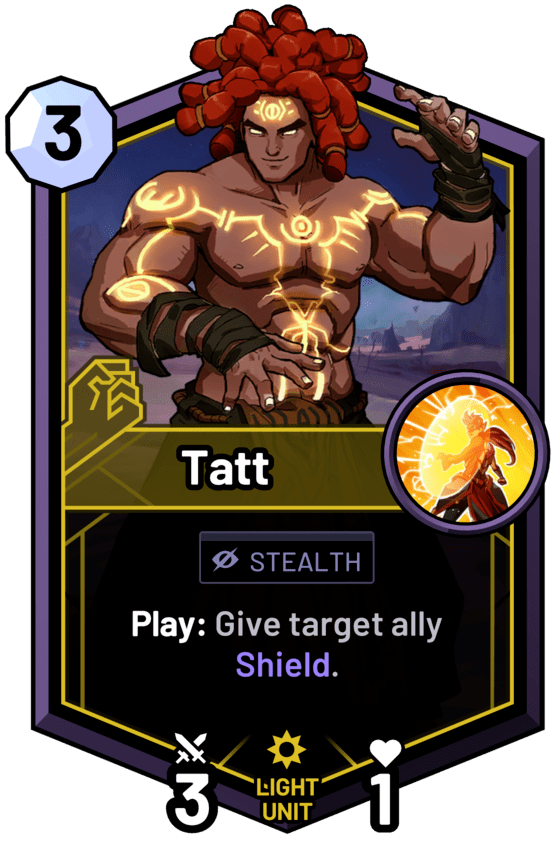
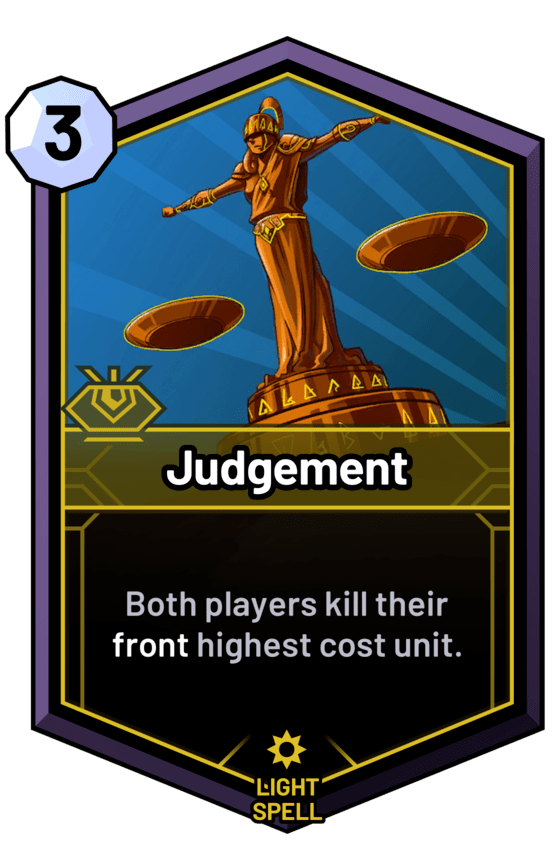
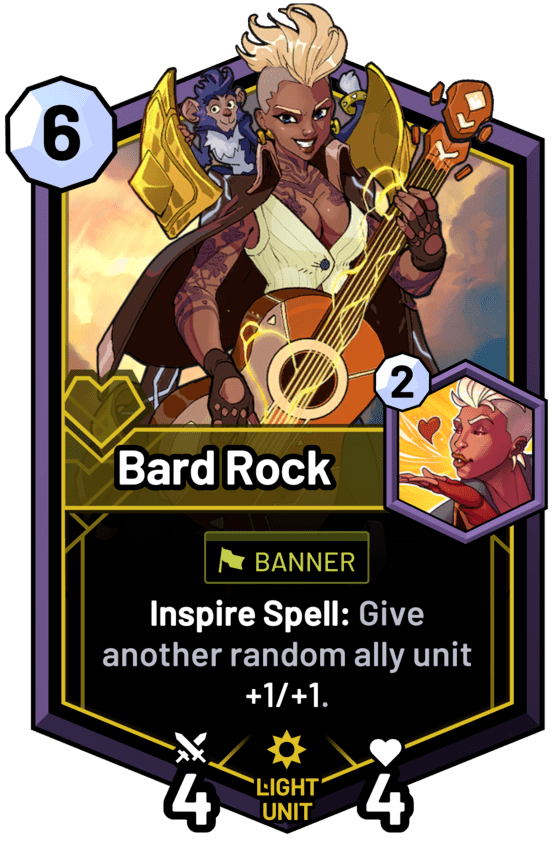
Dark
Dark is unholy. Dark can kill, and likes death. Dark is spooky, and plays with fear.
Metal
Metal includes swords and armor, and technology and robots. Metal is sharp and solid.
Mind
Mind is smart and complex and malleable. Mind is thoughtful, with big ideas and mad dreams.
Discovery Mode
In Discovery, a player chooses a hero, then gets a deck of random cards from that hero for the game.
Discovery performs many critical tasks. It serves as an introduction, and teaches the mechanics of the game and the card set. It immediately puts a player into a fair match, independent of their collection, at the press of a button, without having to worry about deckbuilding. Discovery is skill-testing and competitive, and rewards mastery of the card set and gameplay. For a limited mode, it’s also easy to implement.
The maintenance of Discovery was critical to the health of SkyWeaver. Card bugs were found quickly and consistently, because all cards were used. We were getting regular balance data on all cards, in a natural state, over a consistent meta. The needs of Discovery kept card design honest, because awkward designs couldn’t hide in the deckbuilder, and we’d get feedback on them regularly. The purely random deck generator also meant design had to make the set with inherently playable cost curves and effect distributions. With deck overdraw it’s important that a random card makes sense in an average game, so a good launch set supports the game for life.
I hate Horizon’s change to per-card rates in Discovery. A player shouldn’t need access to hundreds of lines of corporate spreadsheets to reason about strategy. Discovery deck rates should match overdraw rates, purely random, so playing Discovery will build an accurate sense for deck overdraw outcomes. Horizon’s design makes players learn two different RNG maps.
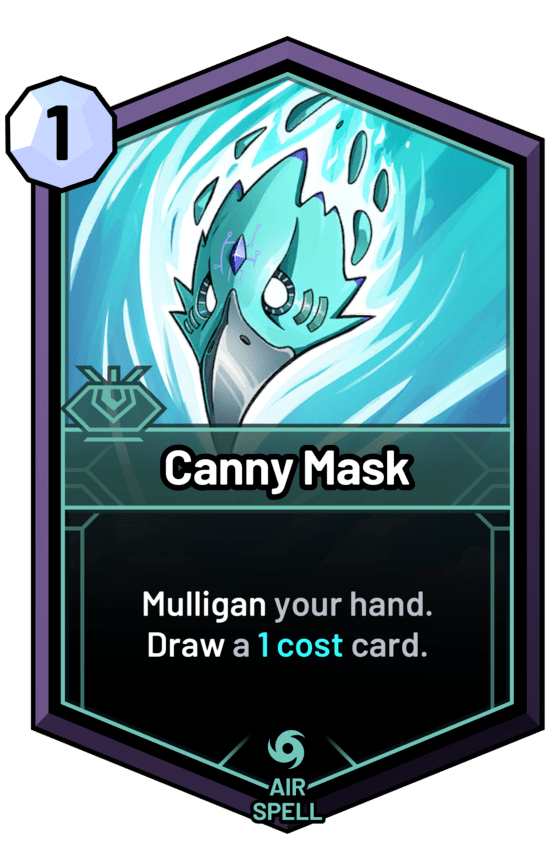
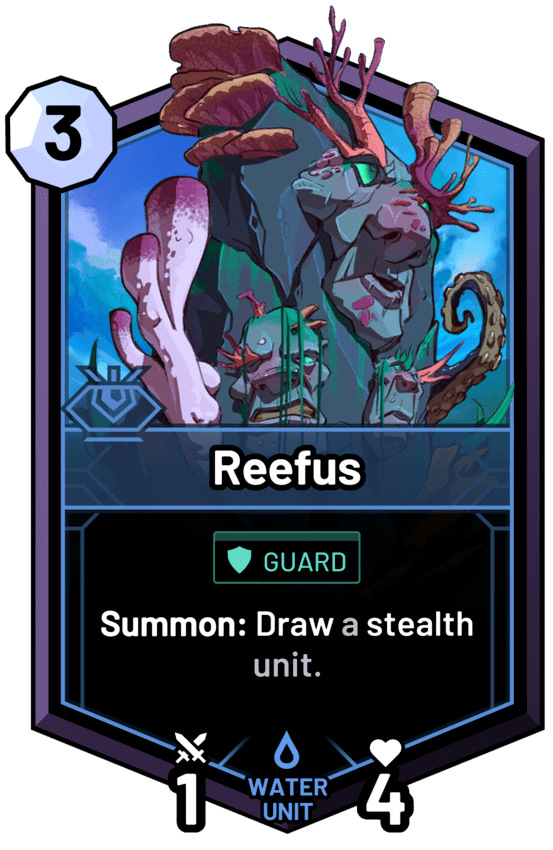
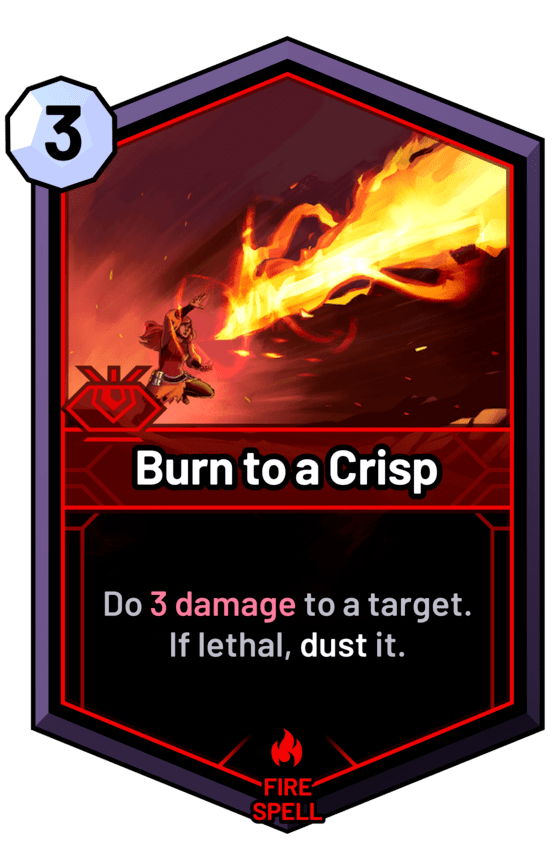
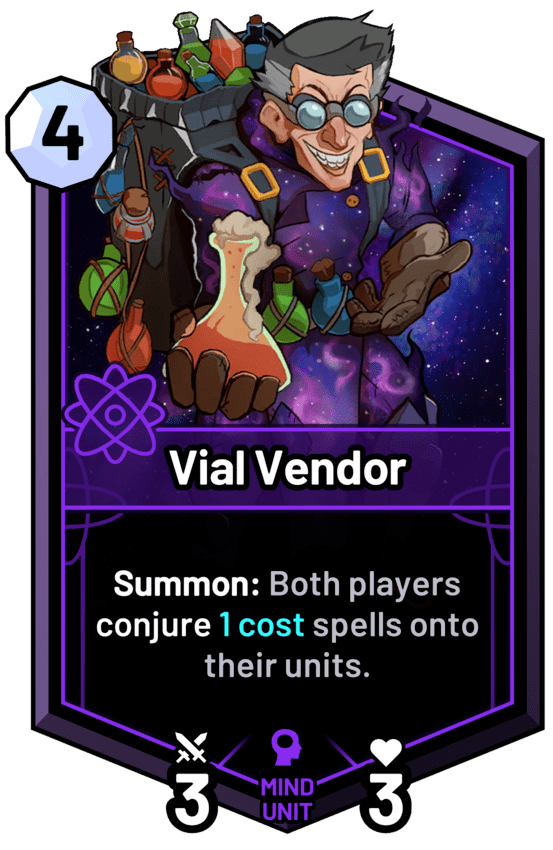
Constructed Mode
In Constructed, players build their own deck.
There is no format rotation, cards are meant to be evergreen. Format rotation is the easiest way to get a player to quit the game. To maintain a dynamic metagame, we used regular patching and steady card releases. A new prism is like a set release, and it’s a good time to shift cards between prisms as the new prism claims space. A new prism release has a big impact because of all the new deck types - SkyWeaver’s sixth prism will introduce six new decks. With deck overdraw, every card in the meta matters.
As a quality-of-life improvement, decks that are less than the max size are still valid, and the empty slots are filled with random cards at the start of each game, like Discovery. This lets players build decks and play constructed from their first unlock, and they can smoothly tune their decks as they collect.
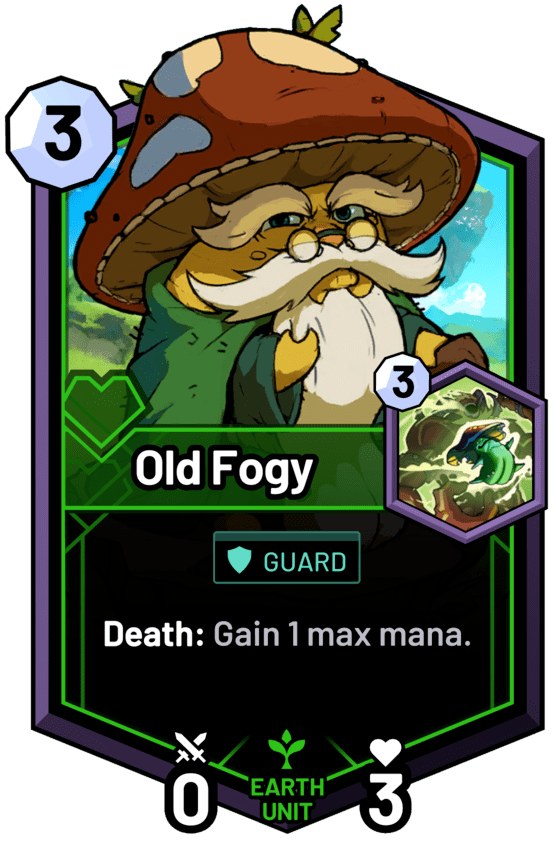
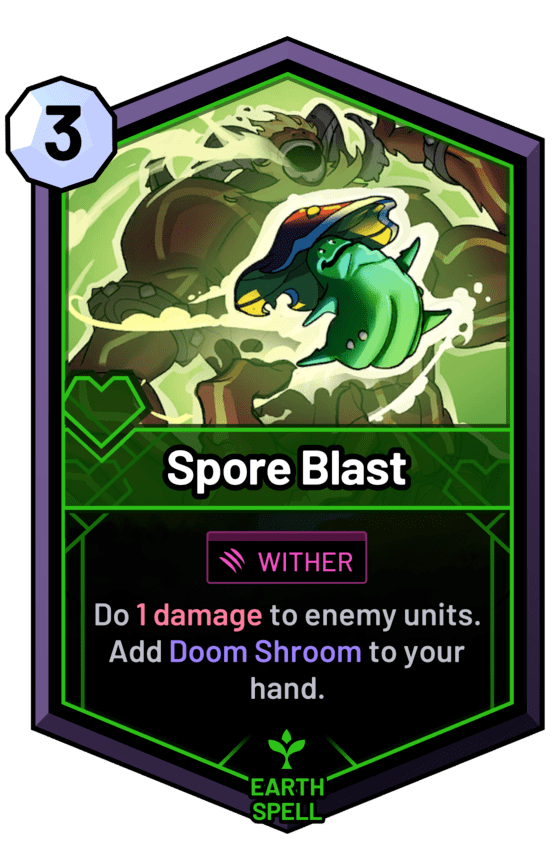
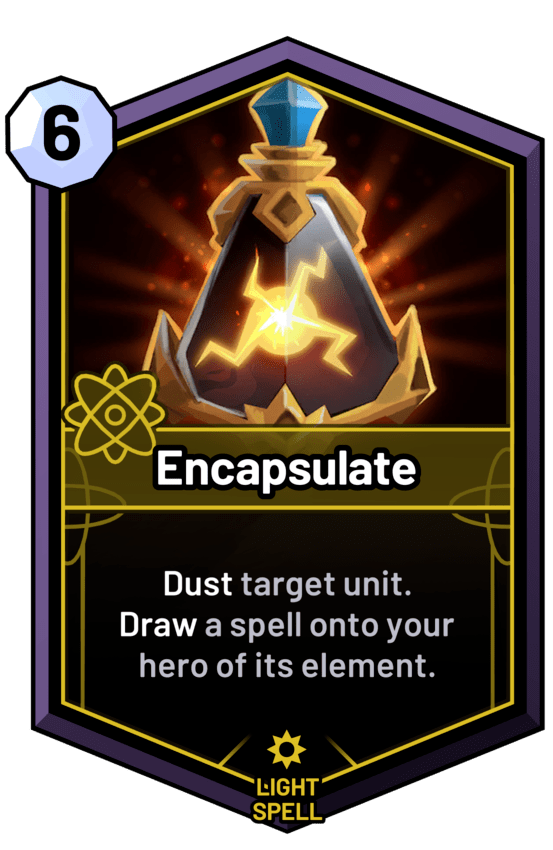
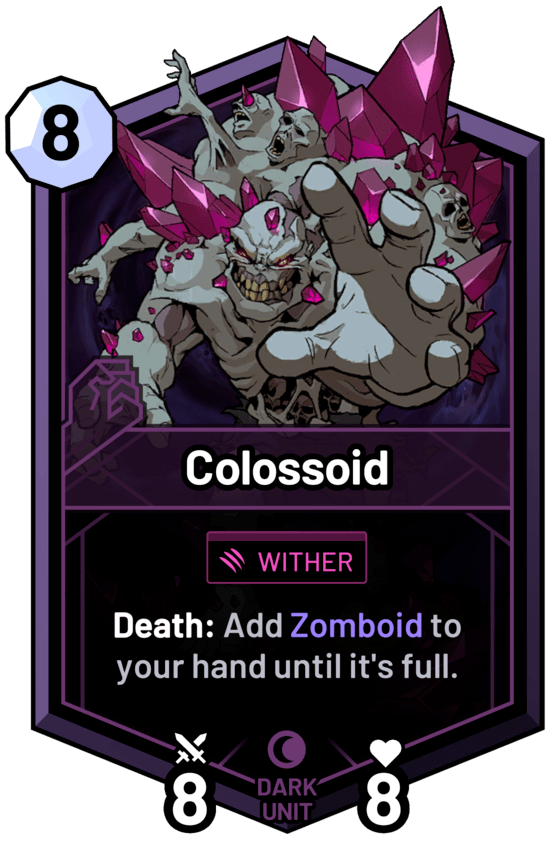
Queues & Leaderboards
If a player wants to practice, they can play against the AI, or play with a friend. These are the best tutorial modes, because they’re the easiest to maintain. Dynamic hints and clear UI are better than any prescriptive walkthrough, because they’ll serve players for life.
Players compete in the Ranked Queue for rating and clout on the leaderboards, and it’s the training ground for Conquest. The Leaderboards use an Elo rating, across each format, and can be filtered by hero. (There’s a seasonal point system overlay that I’m not into.)
The Conquest Queue is the core of the economy, and the height of competitive play. It’s the only way cards are minted (at least originally) which puts the profit of gameplay directly in the hands of players. It should have an Elo multiplier, to reflect the higher stakes of the games, and be the most competitive mode.
The deck leaderboard is one of the most important features in the game. It shows the top constructed decks, based on that deck’s personal Elo rating vs other decks. The most important button in the game is Buy Deck, which simplifies a hundred-click process from Magic and Hearthstone down to just a few, at an affordable price. The leaderboard also shows the best player of each deck, which creates celebrities in the community. It isn’t perfect, in that the best deck might have a bad Elo rating if bad players play it, or if it’s a difficult deck to play, but that gives the community room to do their own analysis. I don’t believe that leaderboards create stale metagames; stale metagames are accurately reflected in leaderboards, and it’s on designers to maintain a dynamic meta.
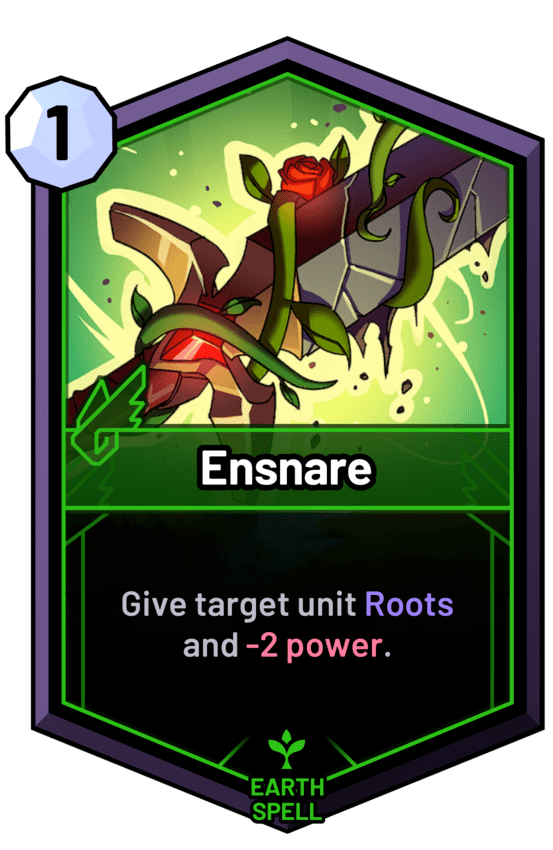
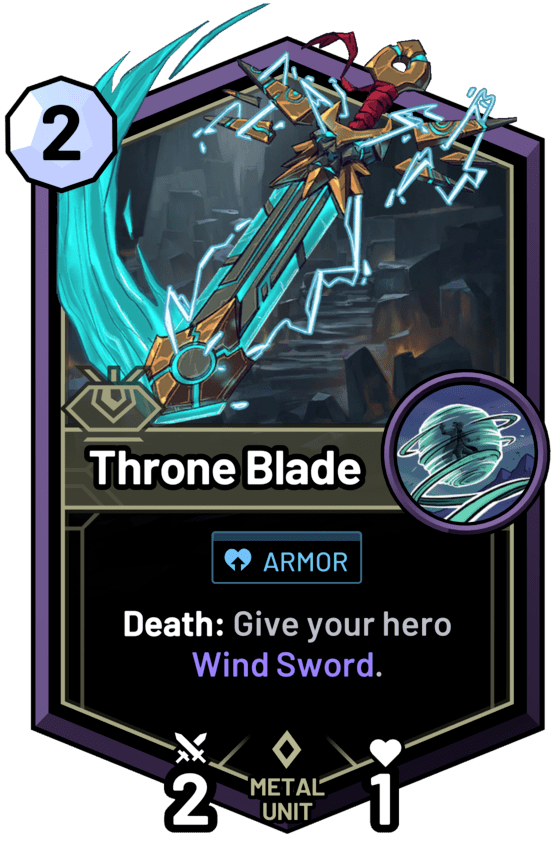
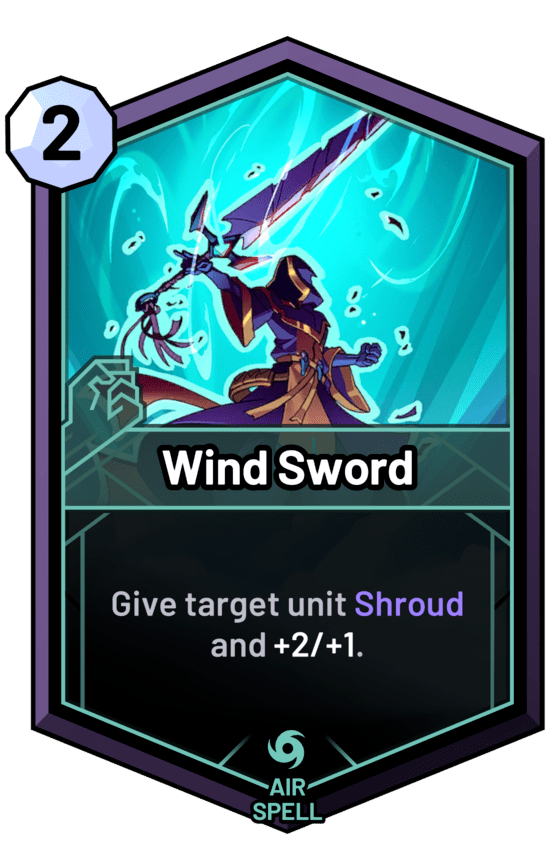
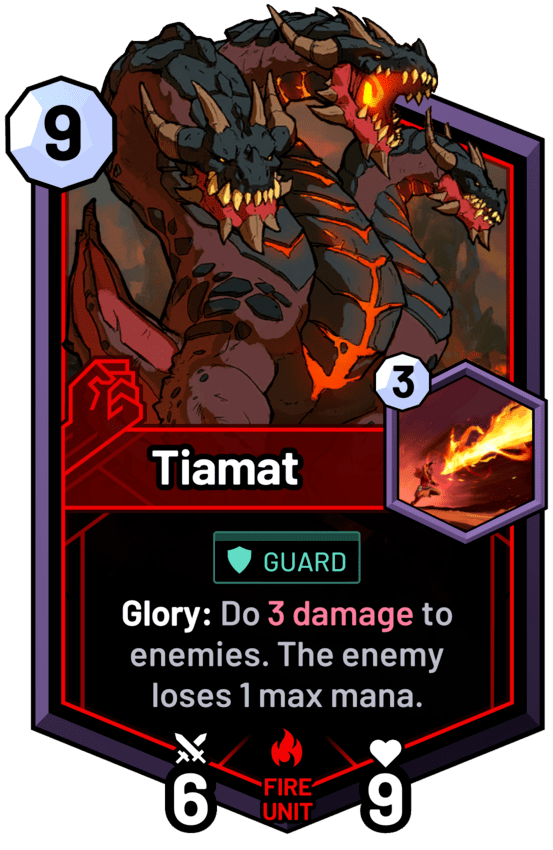
Community & Feedback
To play SkyWeaver before launch you needed a beta code, which was given out on the community discord. I thought Hoirzon made a good call because I had access to a talkative userbase of real players, filling our queues, providing feedback, and sharing decks. I read it all every day, and I couldn’t have built SkyWeaver without them. I tried to be an active and available community member, to play by their side and build their trust. I loved seeing a player graduate from netdecker to deckbuilder, from asking questions to answering them, from critic to proponent. It meant our systems were working.
Magic’s aversion to bans (other than set rotations) is a relic of physical printing, which has somehow lingered in digital card games. Modern card games should be consistently and rapidly patched. I was patching SkyWeaver to players weekly at first, then settled into every-other-week, and shipped about fifty patches. That’s how you build player trust. Players want to have hope that things can change, and intermittent and reluctant patching creates a toxic community. With predictable patches, they become community events, and a cause for celebration.
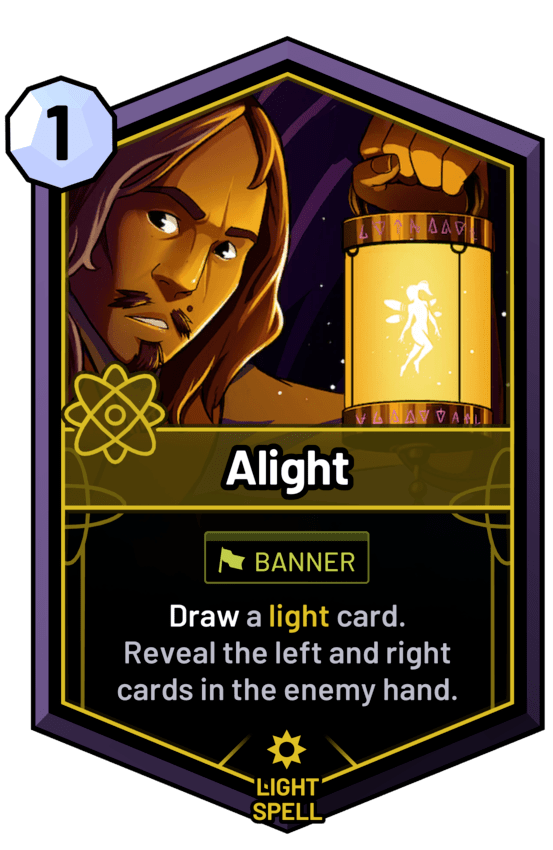
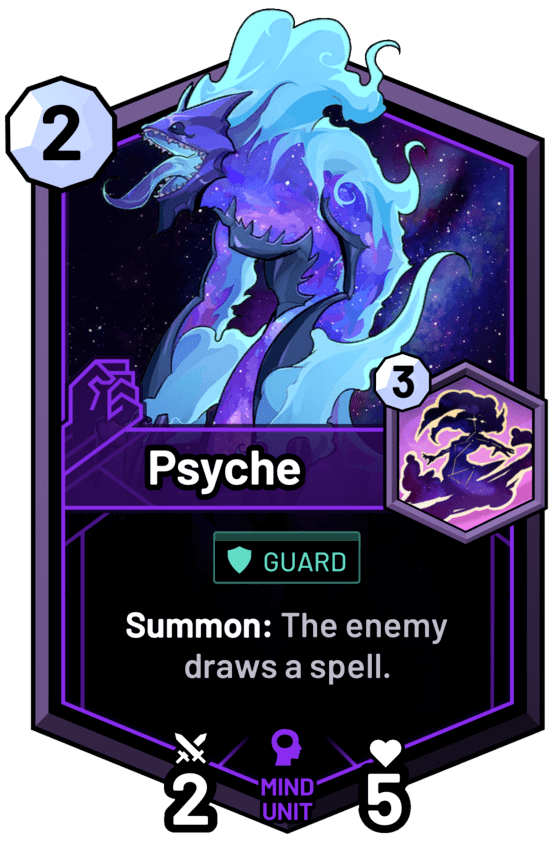
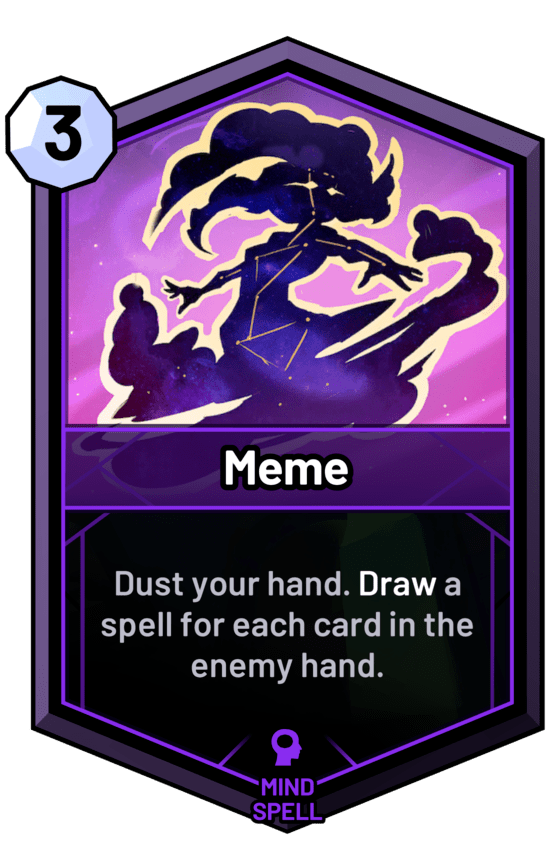
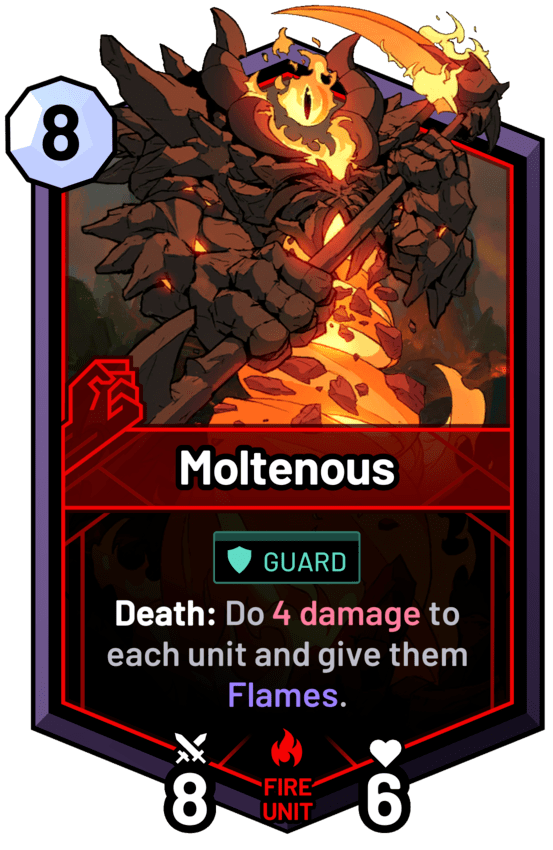
Design Process
I always said that the systems we designed made our jobs easy as card designers. There are natural threats and answers and autonomy built into the core gameplay. I tried to follow the game to the fun, and looked for mechanics that brought out the best in the engine. I enjoyed finding my voice in card balance and complexity and form. I want to design cards that play the way they look, since a glimpse of the art should be able to evoke the entire design.
My core process: I played the game, exploring areas I wanted to learn about, and tried to climb the leaderboard. I read all the feedback, and all the new card designs from the design team (now the design lead). I checked the metrics over a few dozen charts on card win rates and usage. With this information in mind, I’d open the deckbuilder and scroll through the set, thinking of ways it could be better. I’d make changes in the spreadsheet, and sometimes one change would cascade into a series of changes, like reorganizing the curve or wording a common mechanic differently. Patch week would generate diff notes, and I’d use that to write the patch notes, which was a consistent opportunity to openly review my work.
We designed our pipeline around a card scripting system rather than the typical design interface, which I’m a big proponent of. It was fast enough for an engineer to implement cards in a day or two each patch, so I was off the hook. I usually like implementing cards myself, but I couldn’t complain about the speed and consistency, and I had plenty to do.
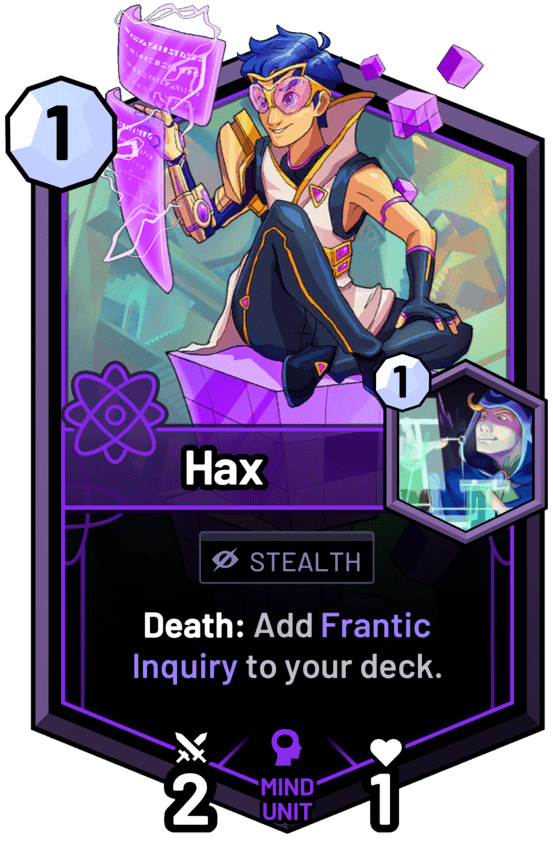
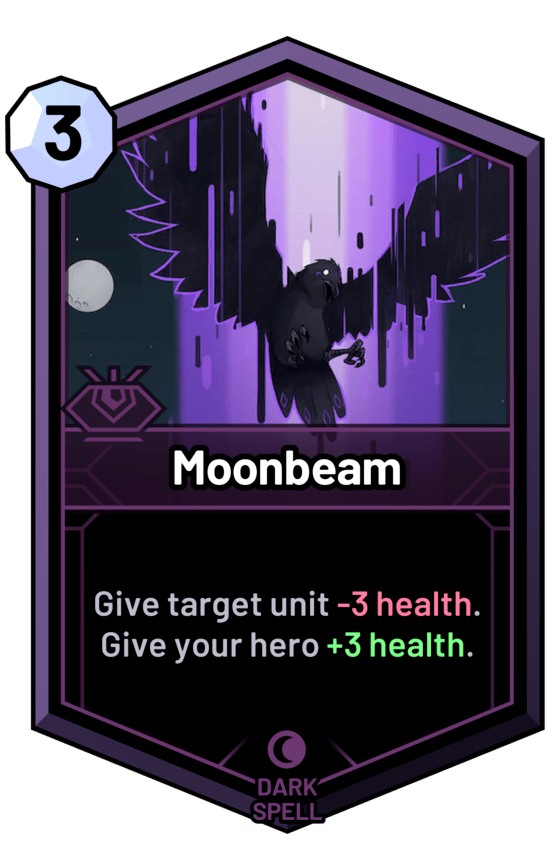
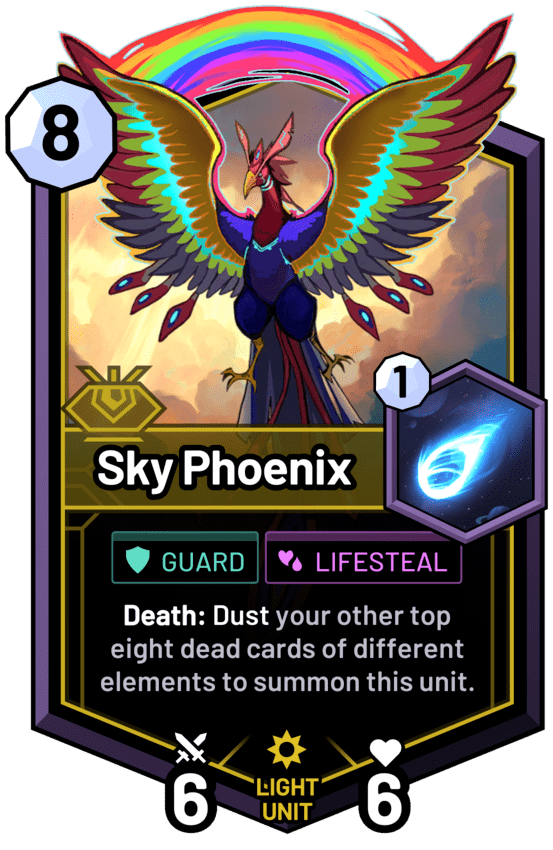
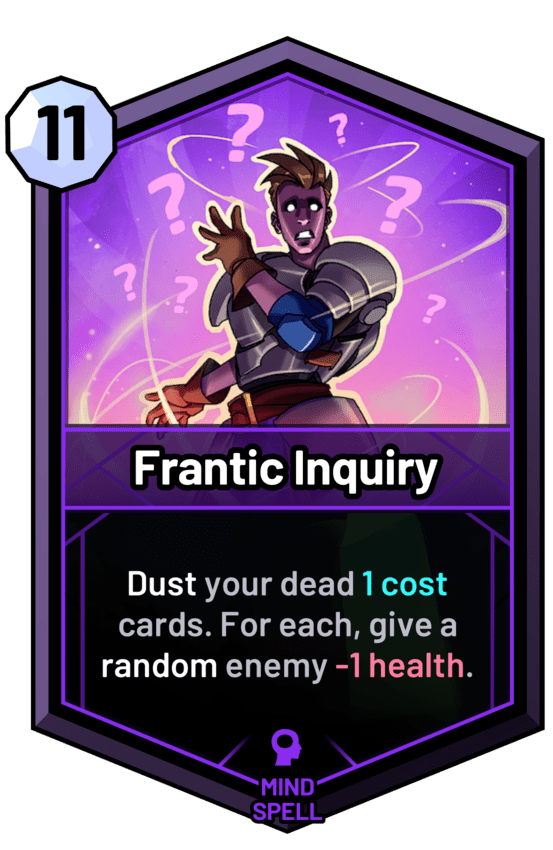
Economy
The economy is integral to the game, especially a blockchain game, so I started researching the space and designing economies. They mentioned hiring an economist, but they didn’t, so I did the work. Unfortunately, leadership bullied my economy designs, and blocked every attempt I made to test them. They shipped the economy as I designed it (with the major exception of Gold cards) only after I left.
There are no booster packs, and no card rarity. By playing SkyWeaver, a player levels up and unlocks new untradeable Base cards at random, across each prism, up to a complete collection. My philosophy is that the average player should unlock a complete constructed collection in at most a few months, which makes constructed accessible. It creates a toxic community when a big portion of the player base can only play budget decks. Booster packs are questionably manipulative, and a bad way to sell cards anyway. Deck types should be accessible like a MOBA champion, a complete package of satisfying and fair gameplay.
The tradable cards are Silver, randomly minted for players in Conquest. The original payout was one silver per win, up to three wins or one loss. The Conquest Queue costs one silver card to enter, acting as a resource sink. A player can also enter for $1 (now $1.50), which sets a long-term price of $1 for every Silver card, because cheap cards get used for entry, and expensive cards get hoarded, until the supply corrects either way. A self-correcting market supply is very powerful!
This makes speculation a short-term play, but long-term ownership has predictable value. The most expensive a deck would be in the long run was $30, much closer to the MOBA price point. Prices will go up when the player base grows, until supply catches up to the new demand. That growing price will raise the value of Conquest, creating a positive feedback loop that amplifies marketing. With a stable long-term price, the design team can patch aggressively without fear of disrupting scarce legacy products.
The card marketplace was designed by a blockchain engineer, and it’s great. It acts as a fair mediator, like a two-way vending machine that adjusts the prices based on supply. Players can still trade at their own prices on external markets, but our market supports the deck leaderboard and gave us a more accessible product than our off-chain competitors, which I was keen to show blockchain critics was possible.
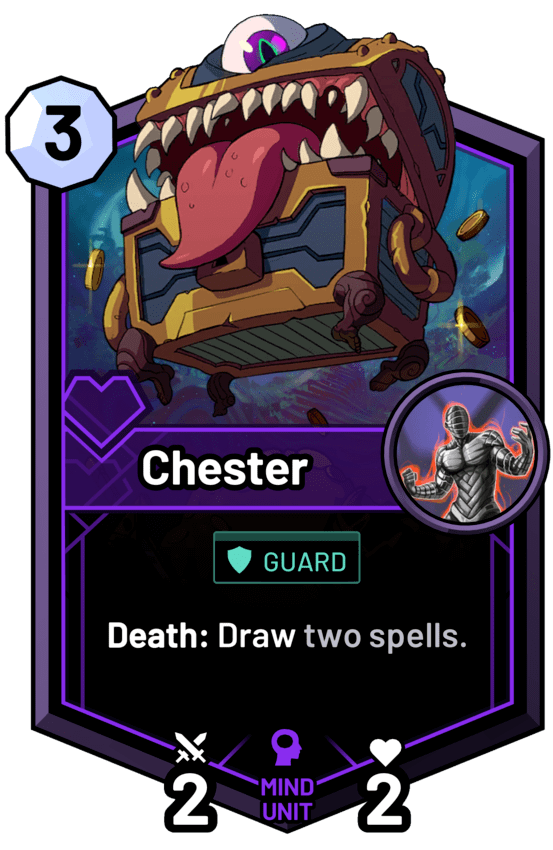
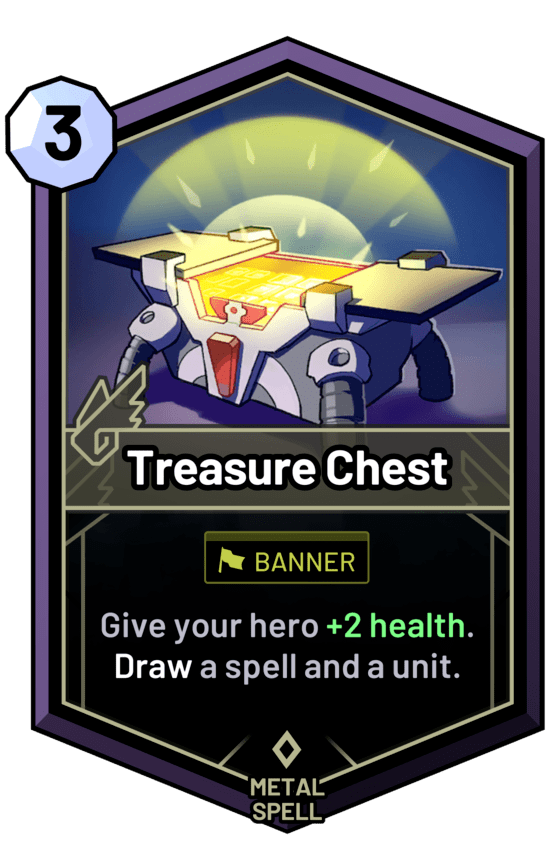
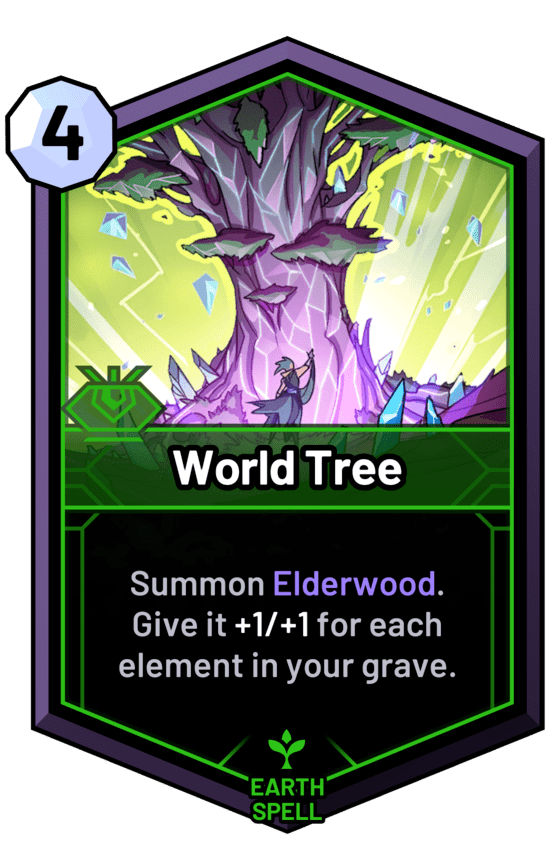
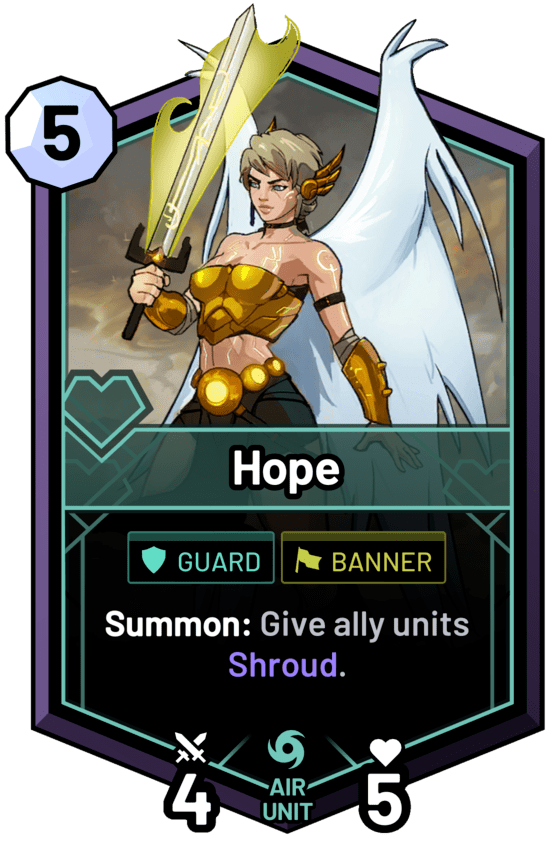
Gold
Gold cards were added after I left. Each Conquest winner gets a Gold card in place of a Silver, but only from a limited-time selection of cards, with a promise to never print those cards again, like a day one reserved list promise. The Silver card economy runs itself, but this Gold economy comes with the burden of creating limited-time content forever, and they’re set to run out of content in just a few years. Patch quality will degrade because they’re handling high-priced assets on a volatile market.
These limited-time Gold cards create a speculation bubble over the SkyWeaver market. The bulk of the profit to be made is through long-term speculation of scarce assets, not by players. Speculators buy up the market while the audience is growing and assets are appreciating, which stifles player growth. The speculators buy from players that can’t afford to hold their assets, and most players need to sell winnings to play Conquest, which is a natural and profitable way to use the Silver economy. With limited-supply Gold cards, what matters most is the privilege of being able to hoard. When the player base plateaus, and assets stop appreciating, the speculators will sell off, which will drop prices. The falling value of Conquest will drive players away, which further drops prices - a popping bubble. The remaining players, the true fans, will be left holding assets thet were overpriced, and the company will want to move on to other projects.
That is annoying, but they lose my moral support because the Gold cards are an aggressive gambling feature. Players are paying $1.50 to enter an event to win speculative assets worth $80 or $400 or back down to $80 again. And these assets are as good as cash, as a core value of the platform. This is aggressive gambling in an unregulated space. Furthermore, SkyWeaver is otherwise designed to be appropriate for and appealing to children. It’s cartoony and PG, and accessible and simple, and we showed the game to kids at conventions. I think this speculation economy is wholly inappropriate in that space.
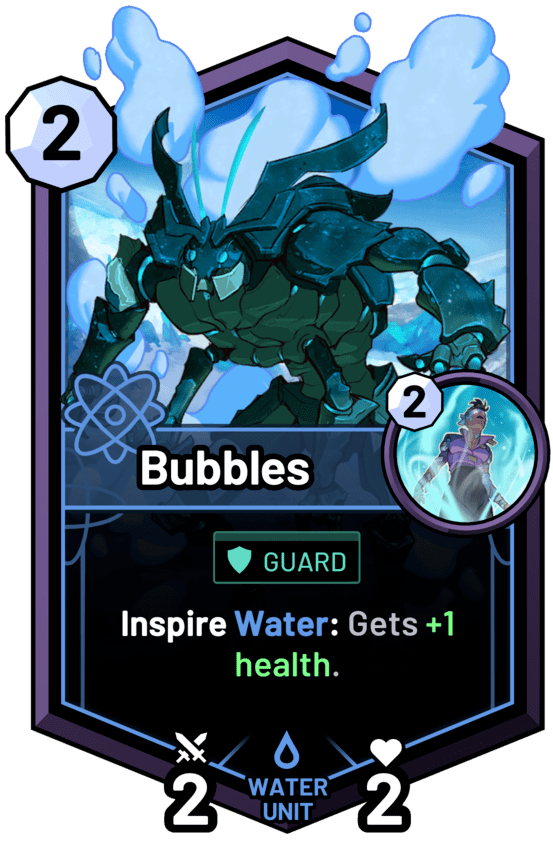
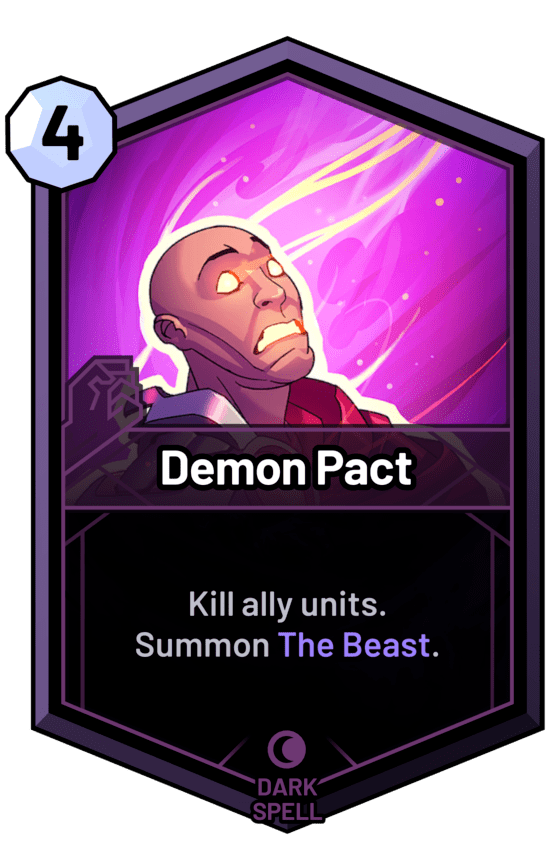
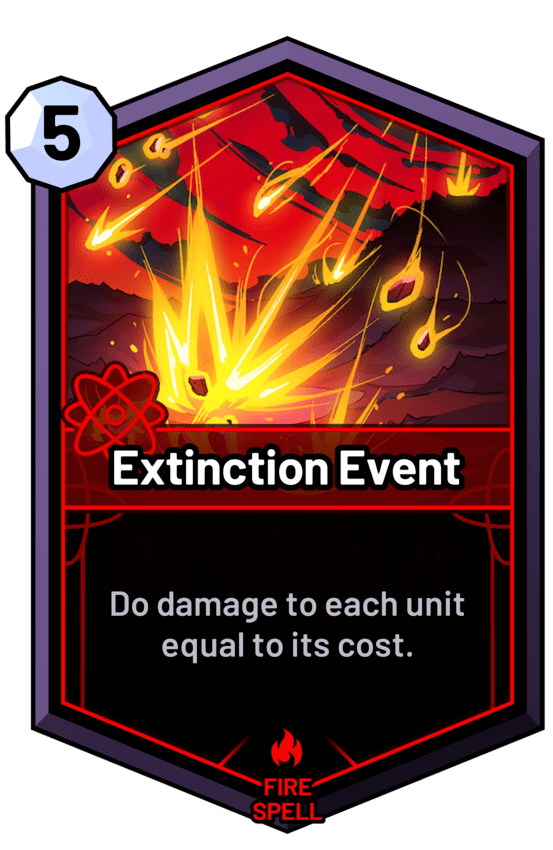
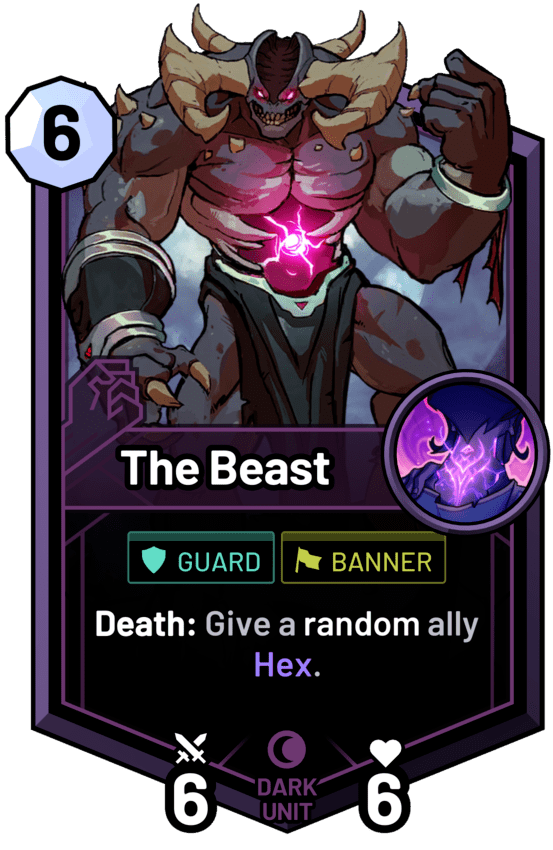
Conclusion
Unfortunately, when my contract expired, they declined to renew it. Despite the outcome, I’m proud of my work on SkyWeaver. I set out to shift the narrative in card games, gameplay, economics, deckbuilding, and accessibility. I’m happy with the statement I made, through my design.
